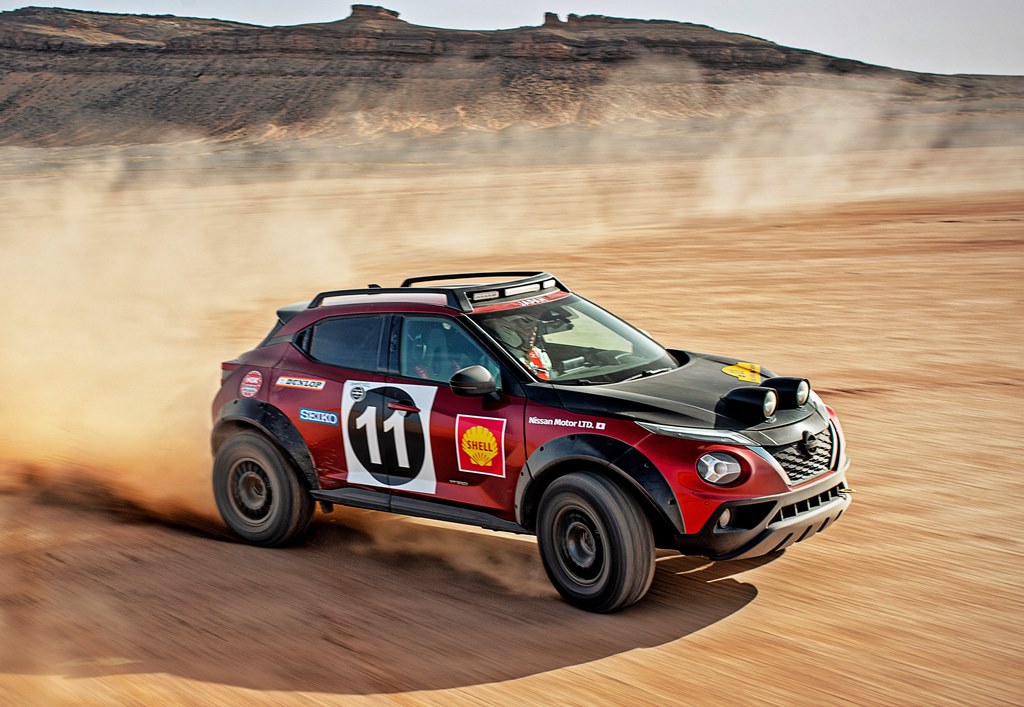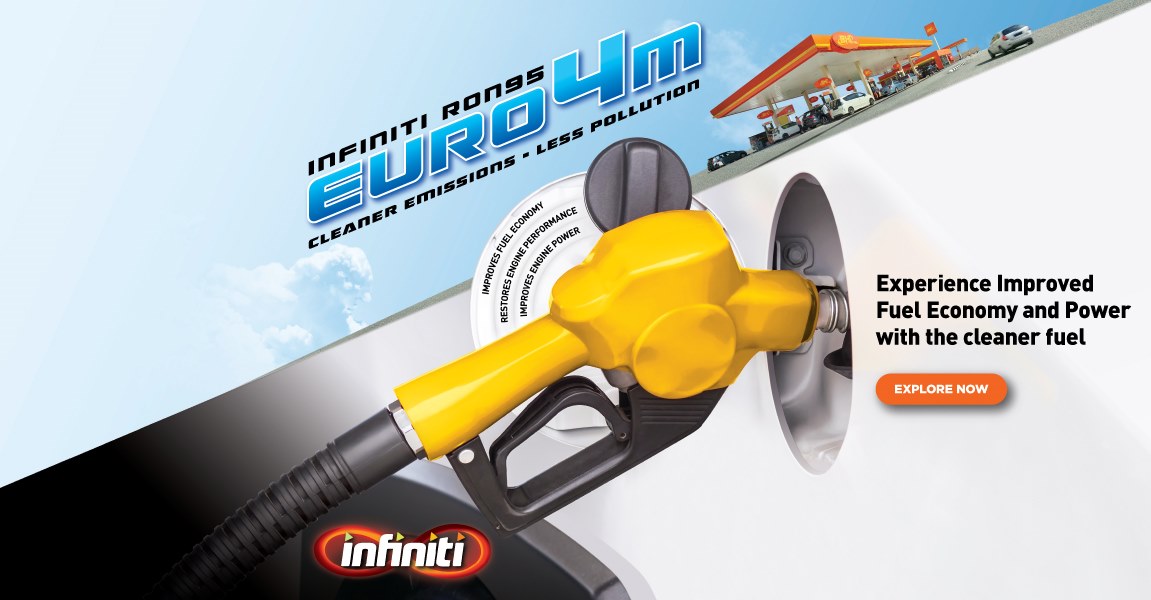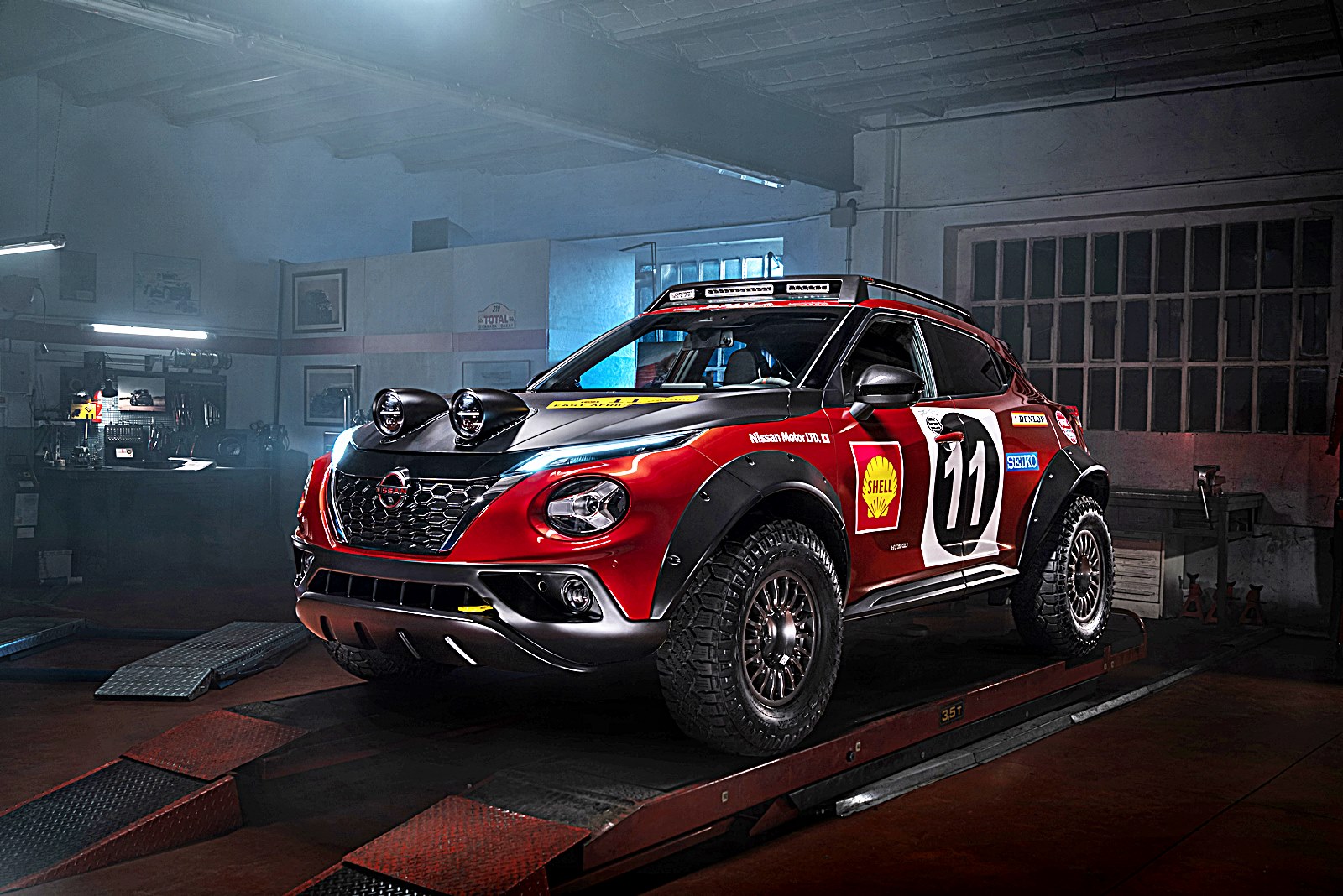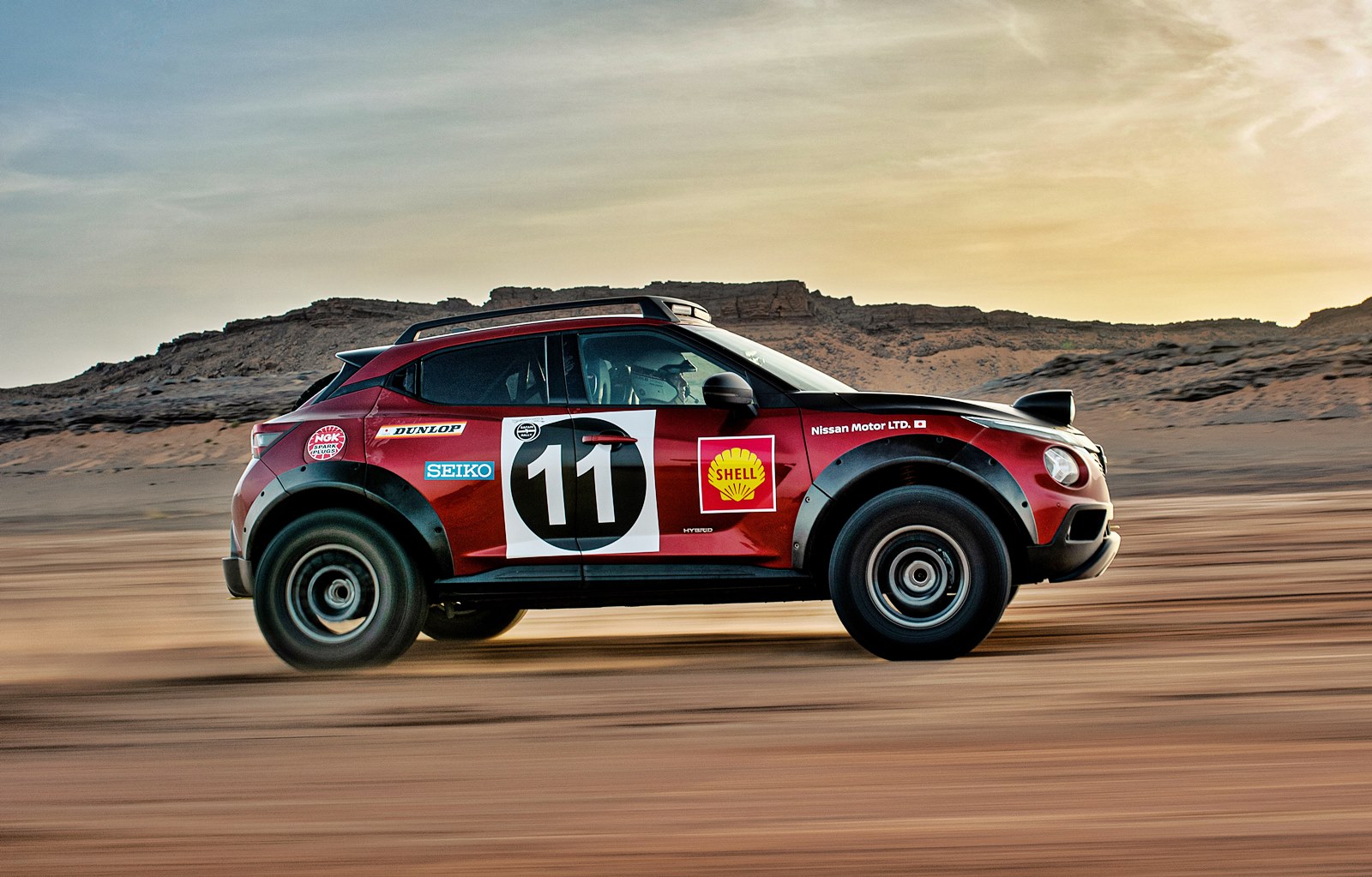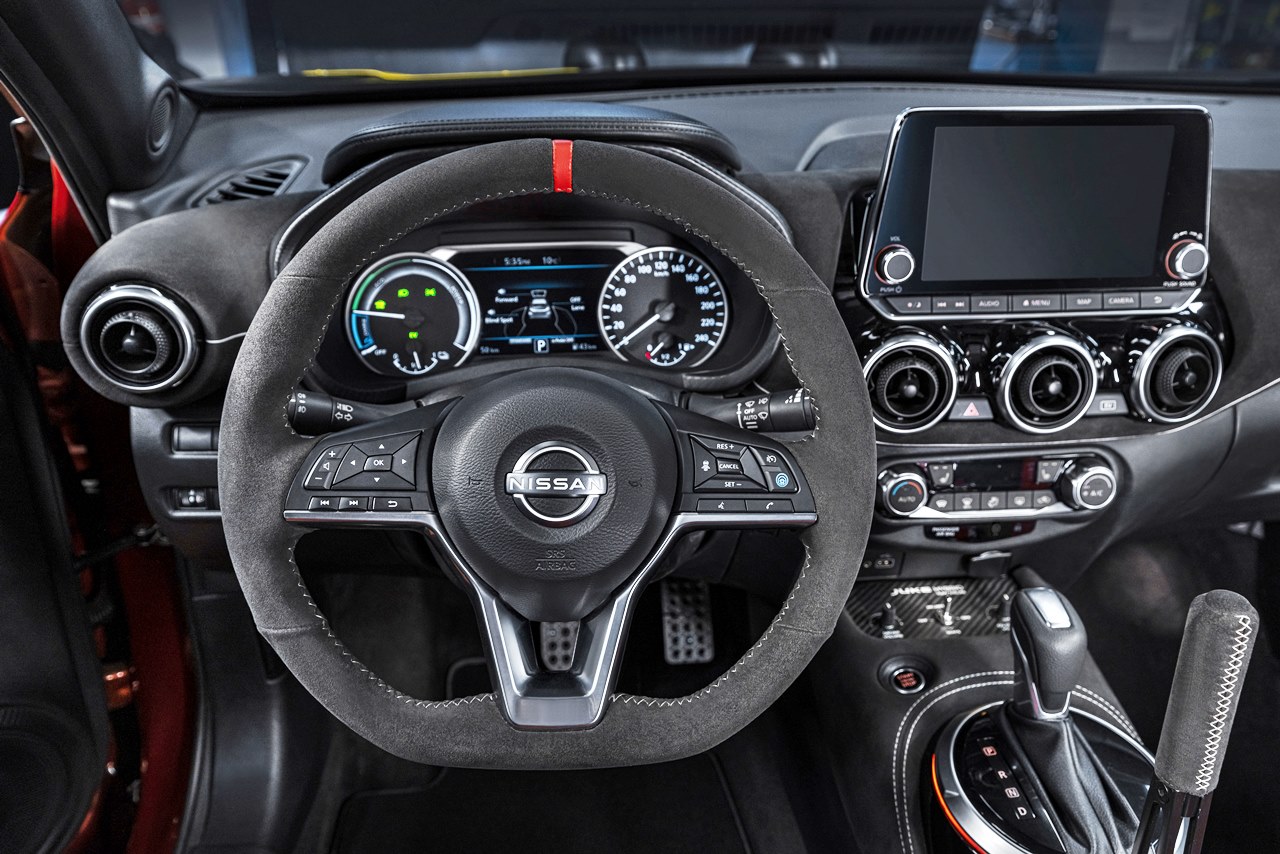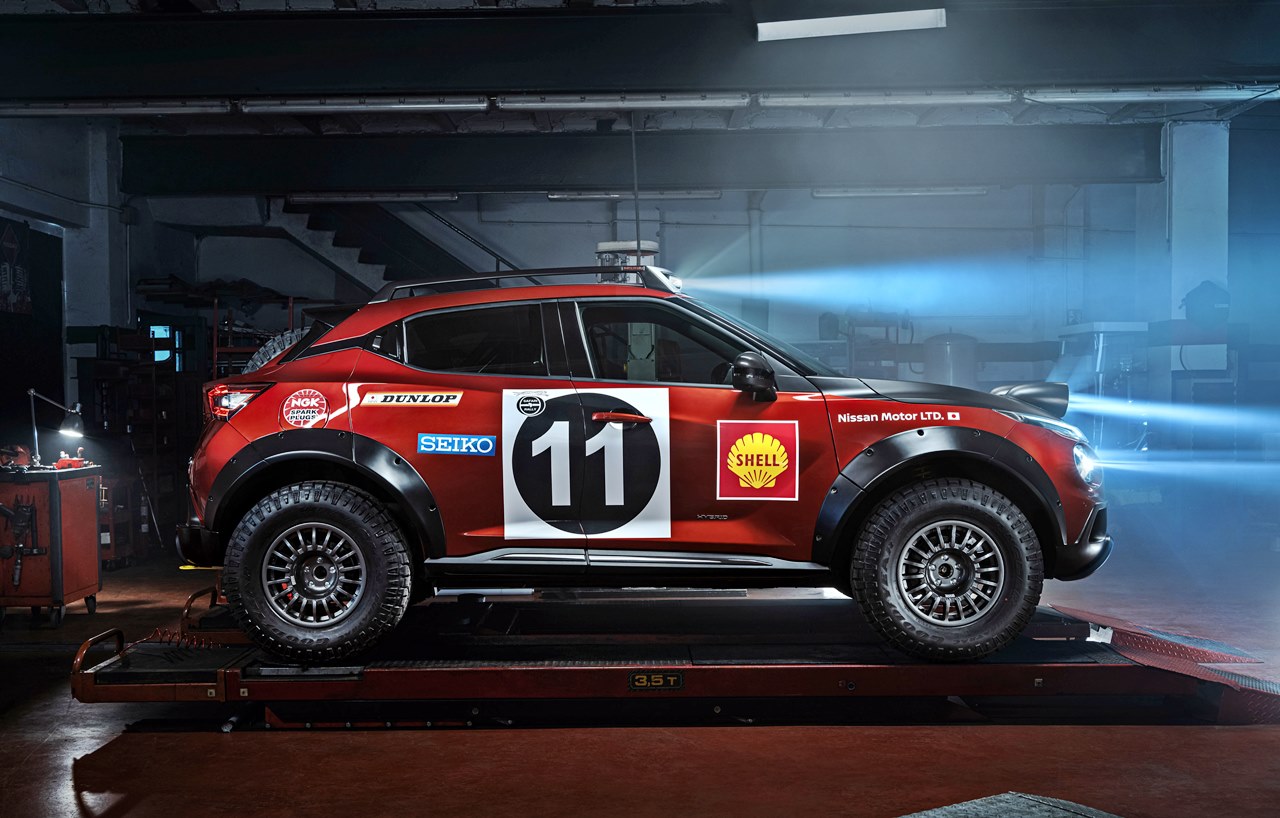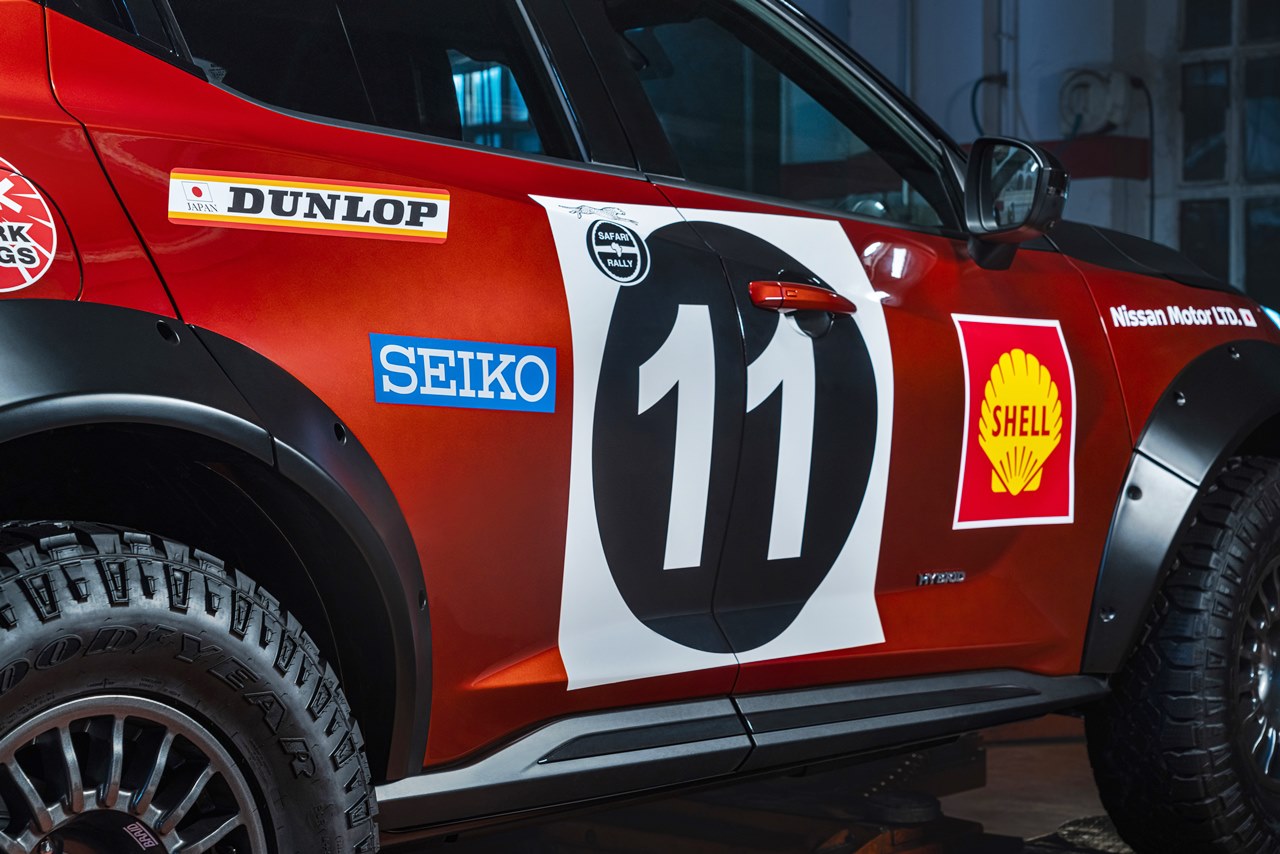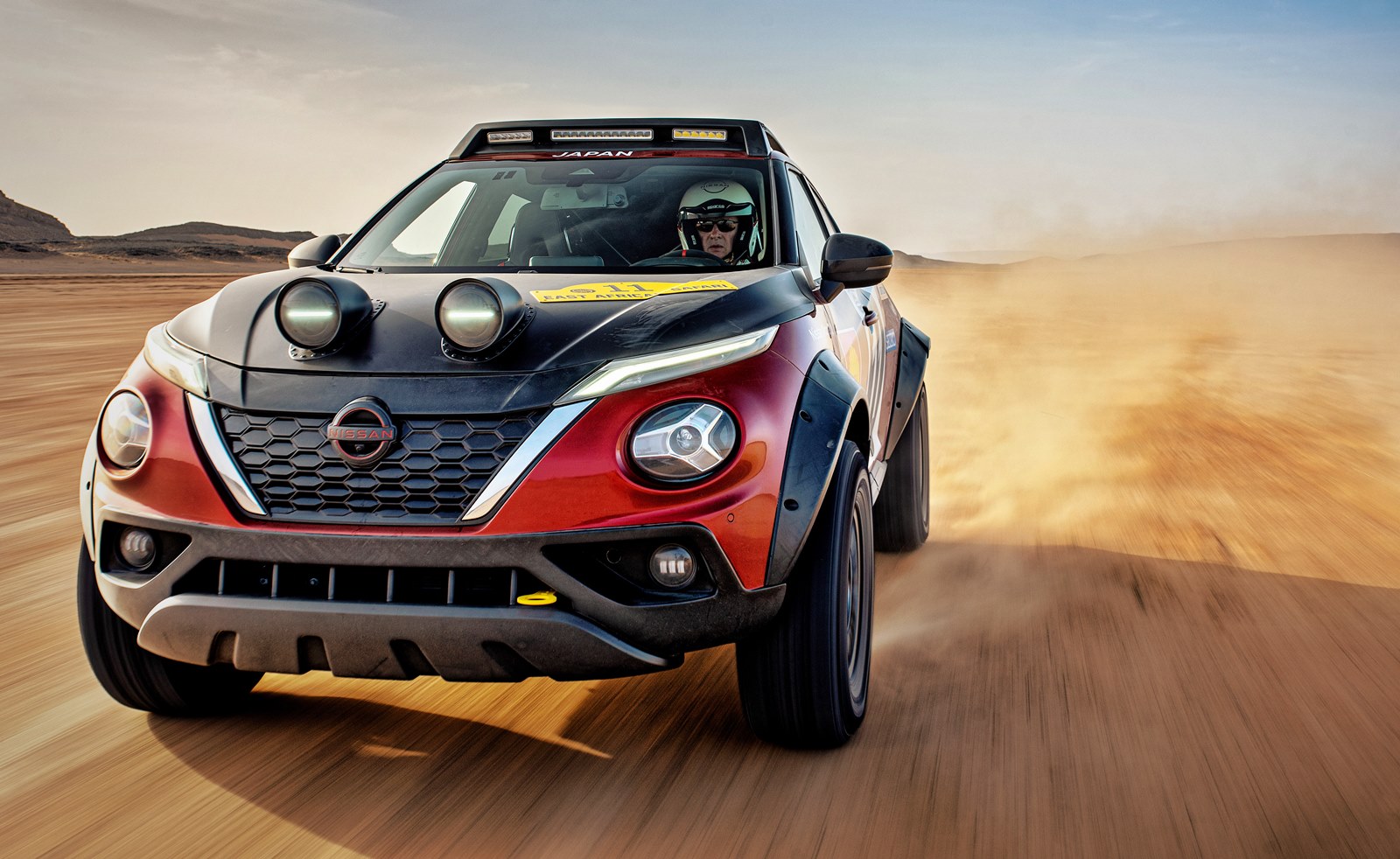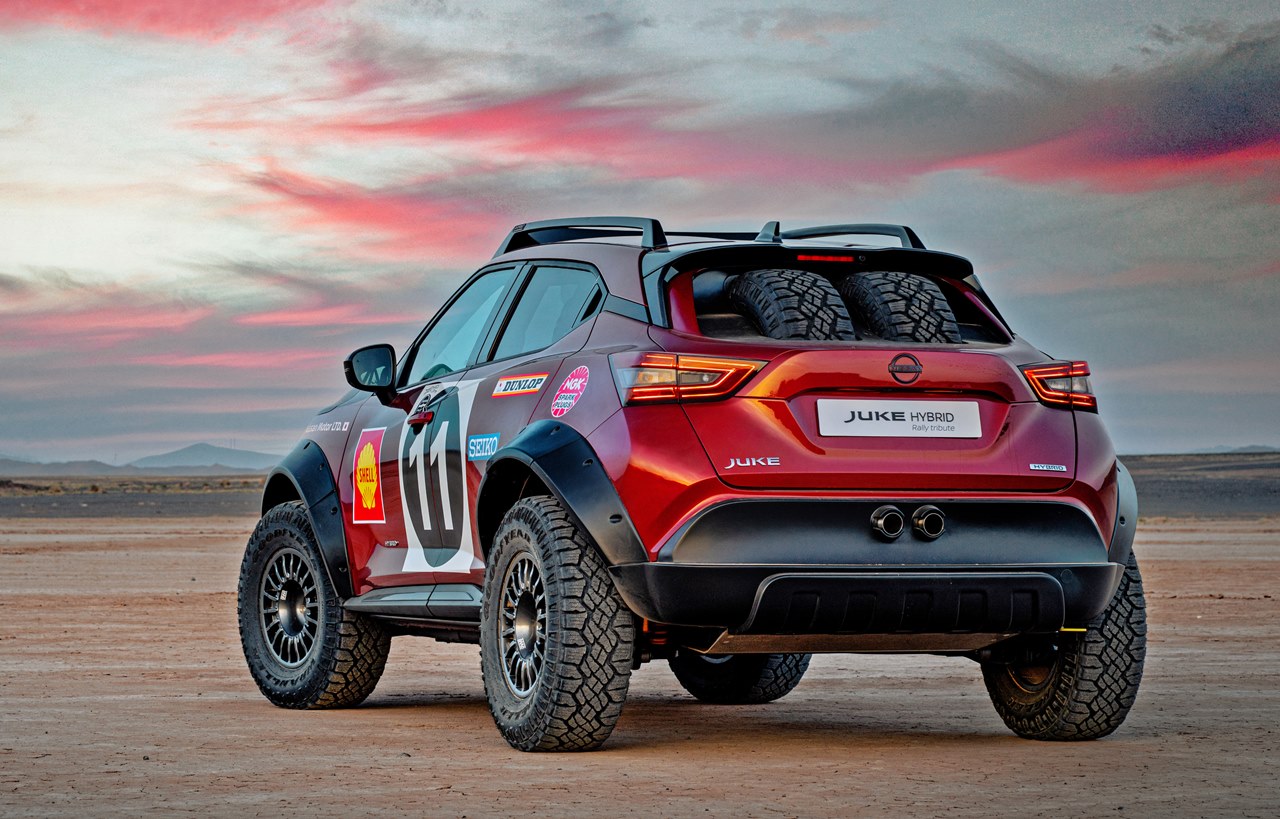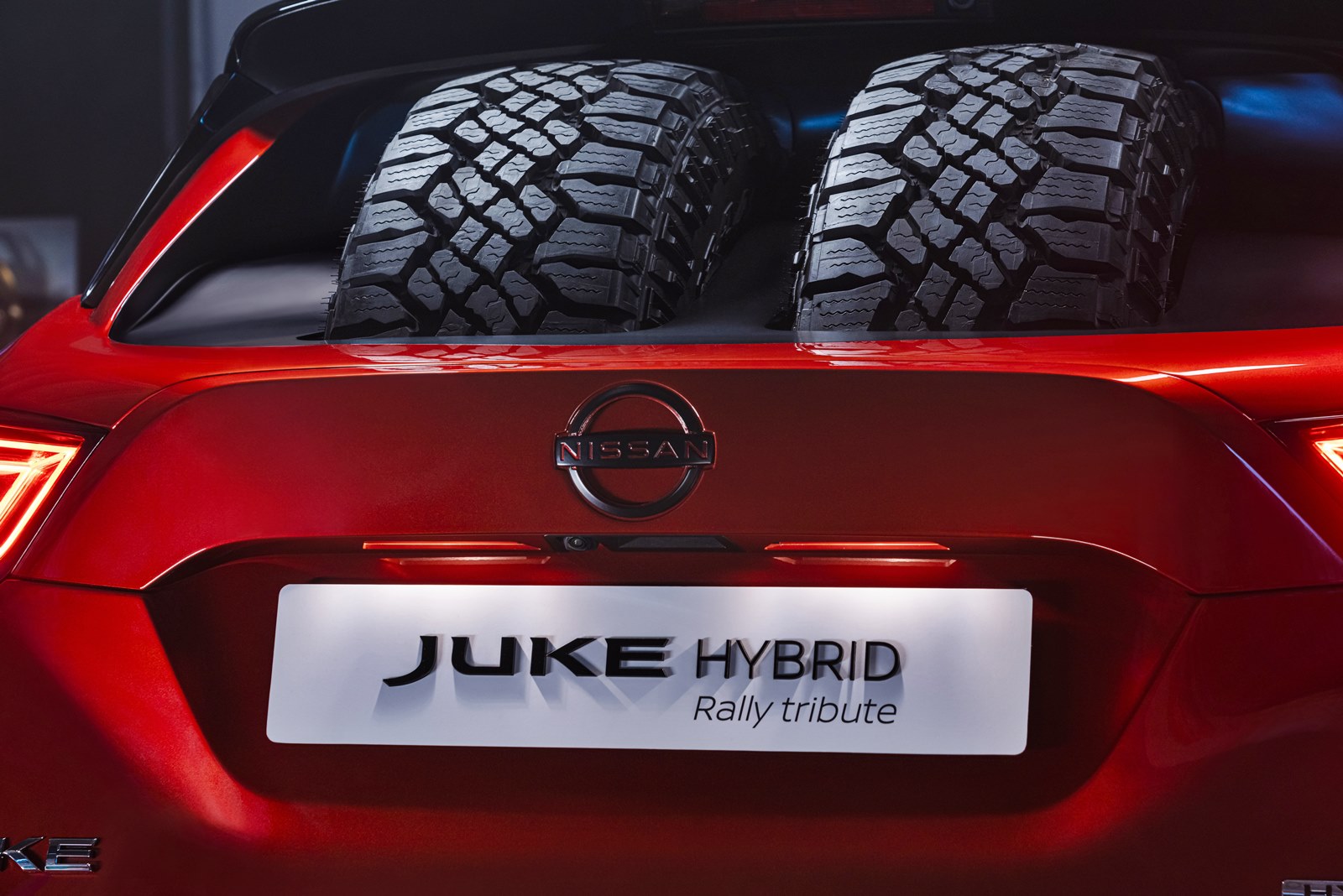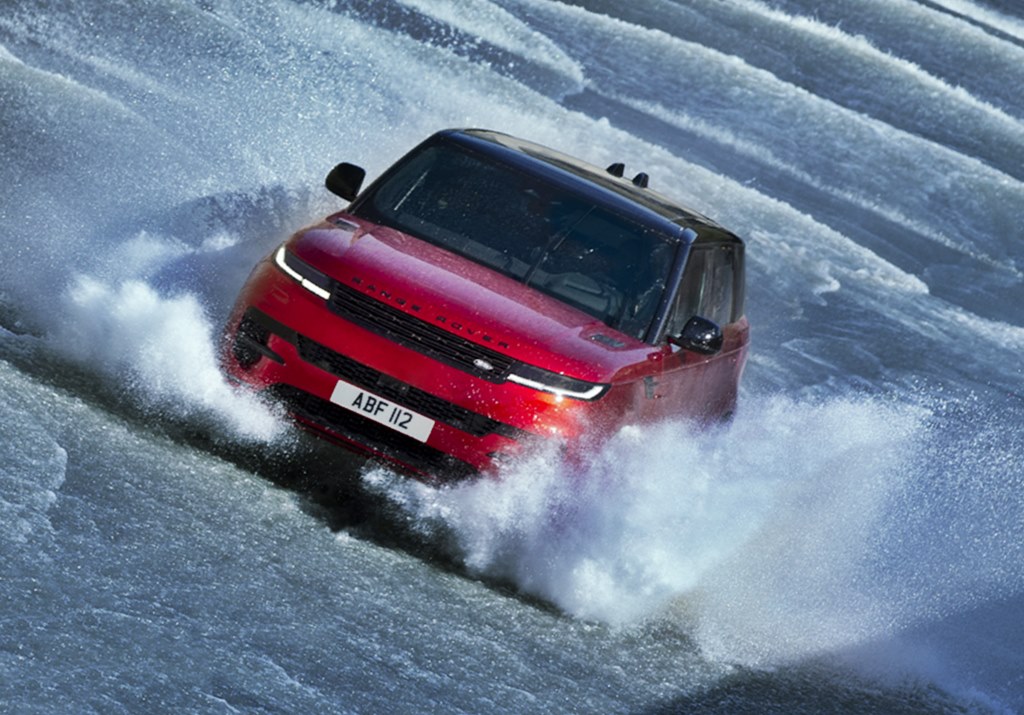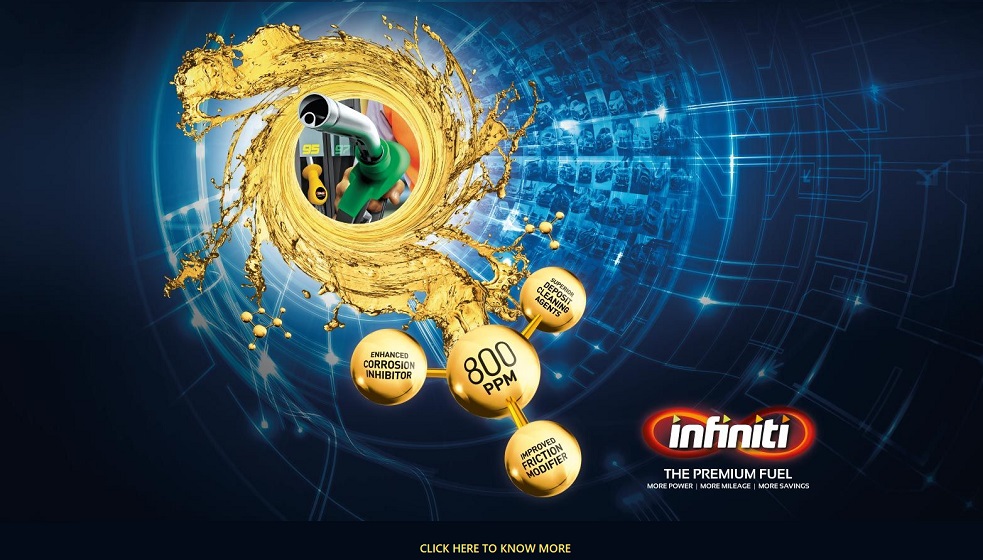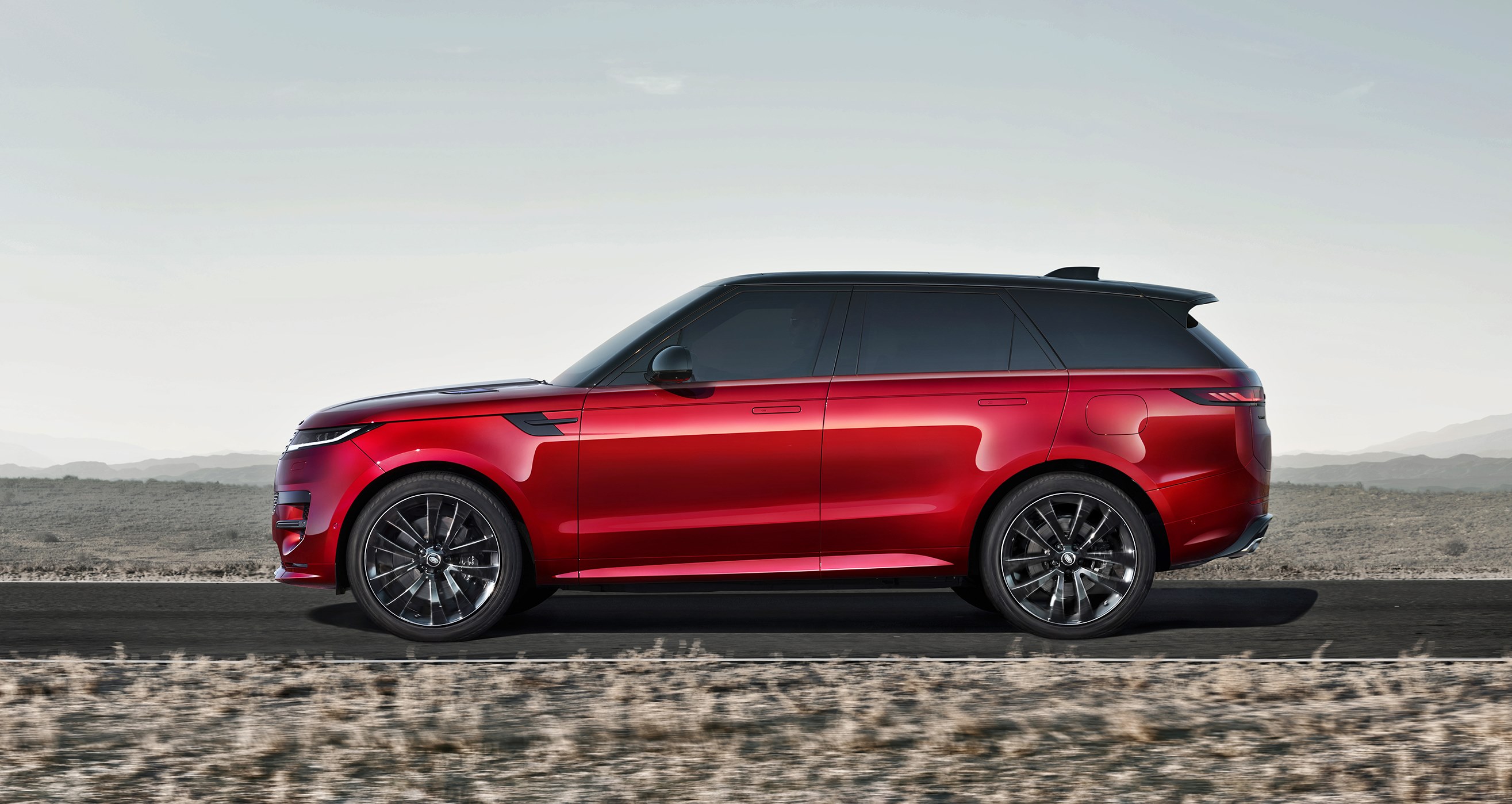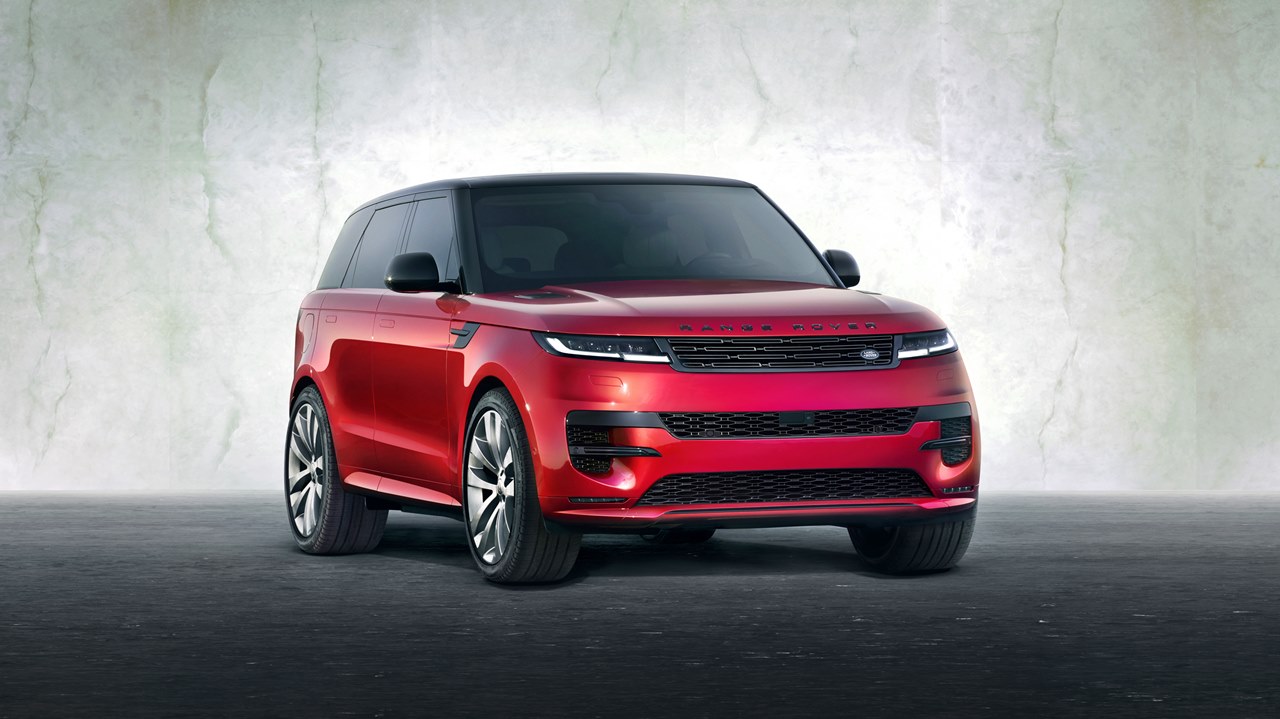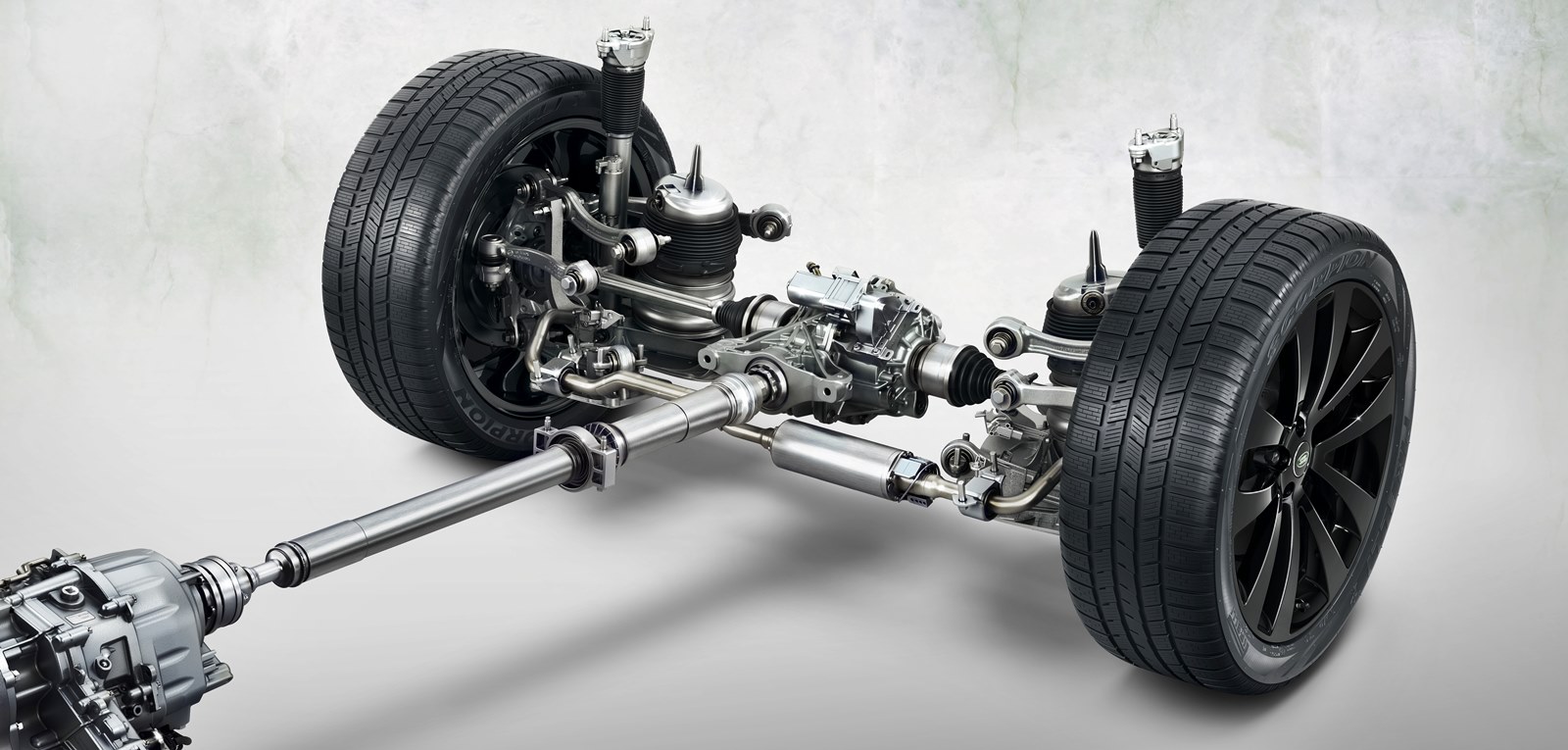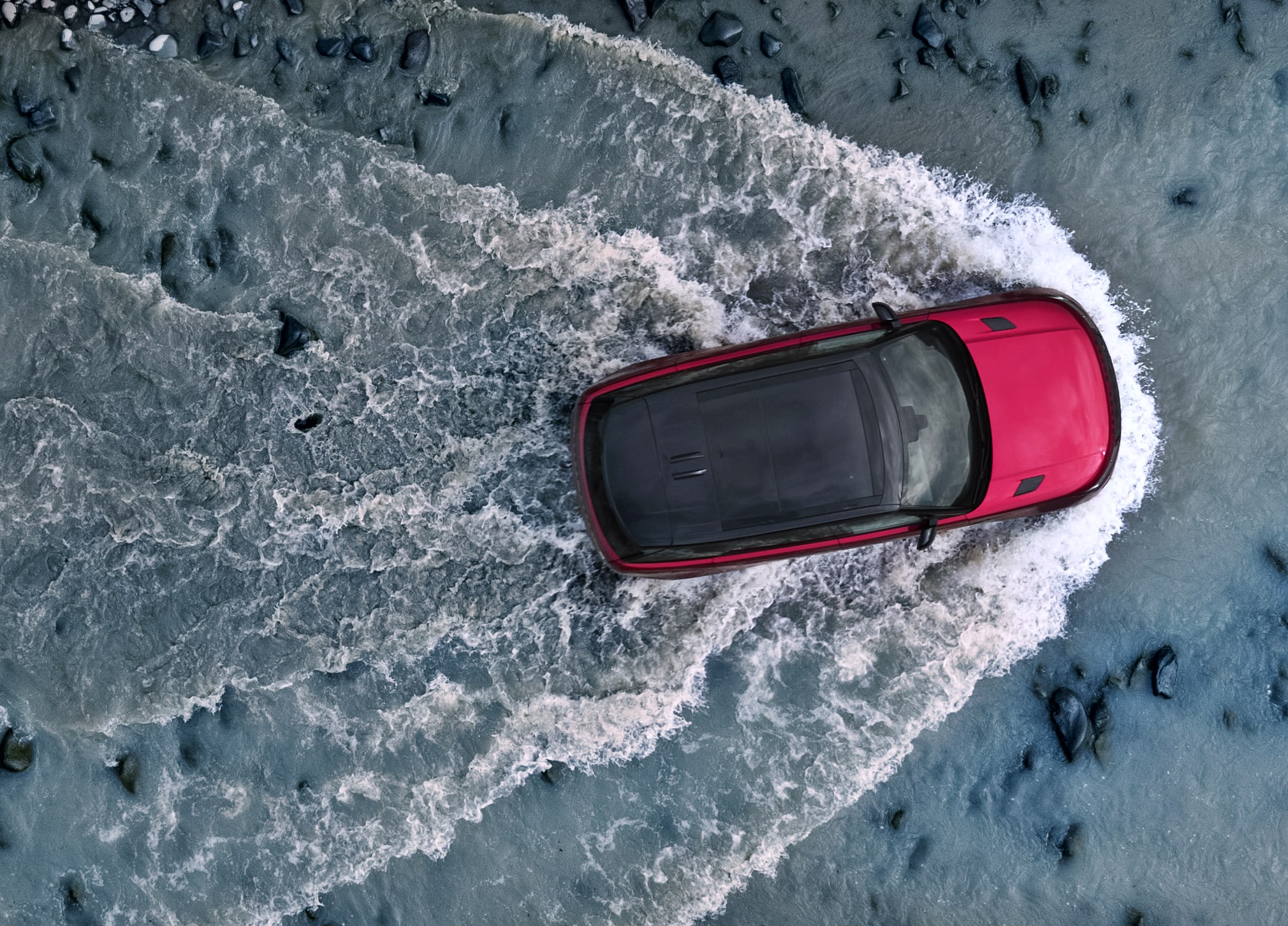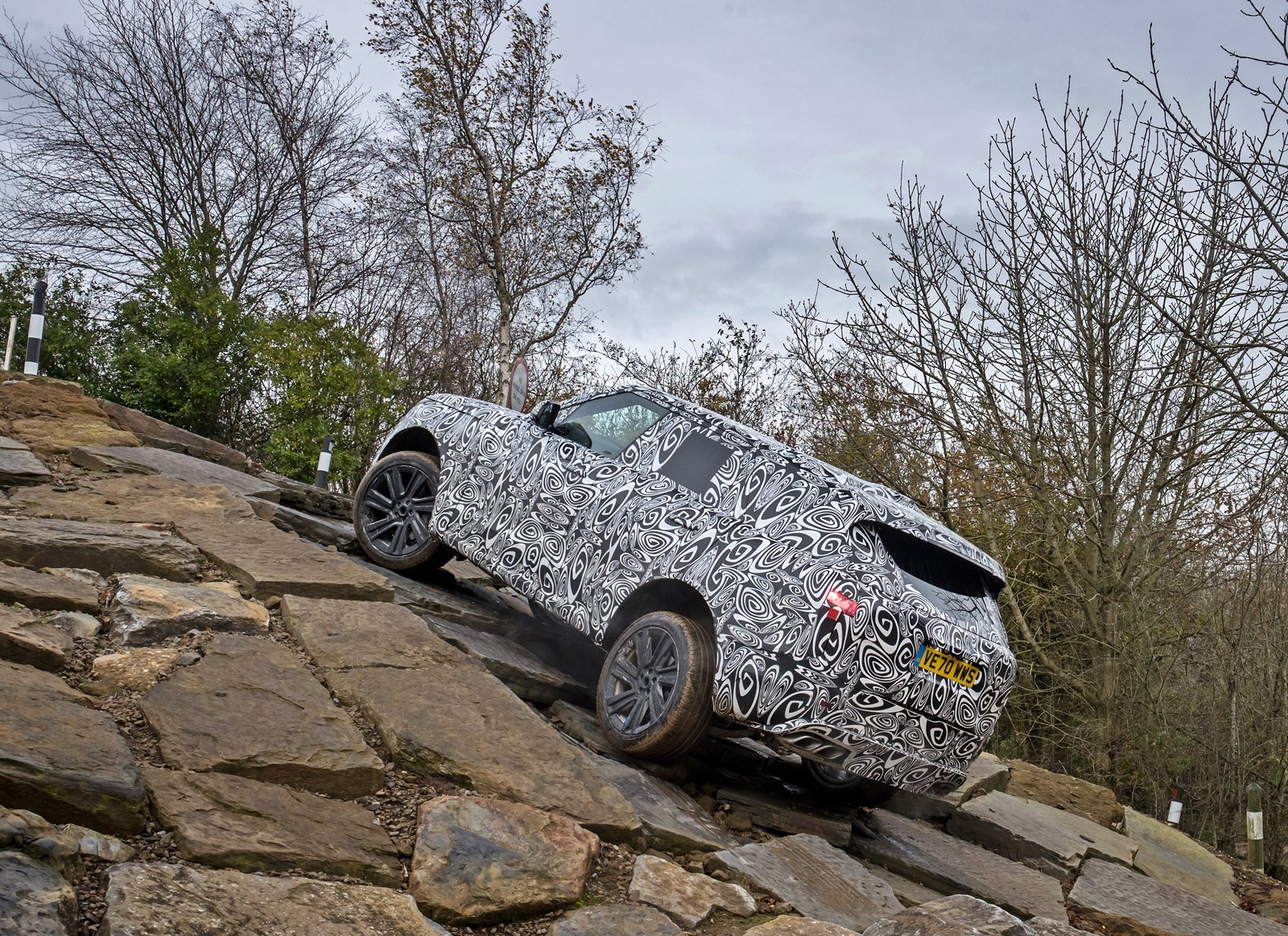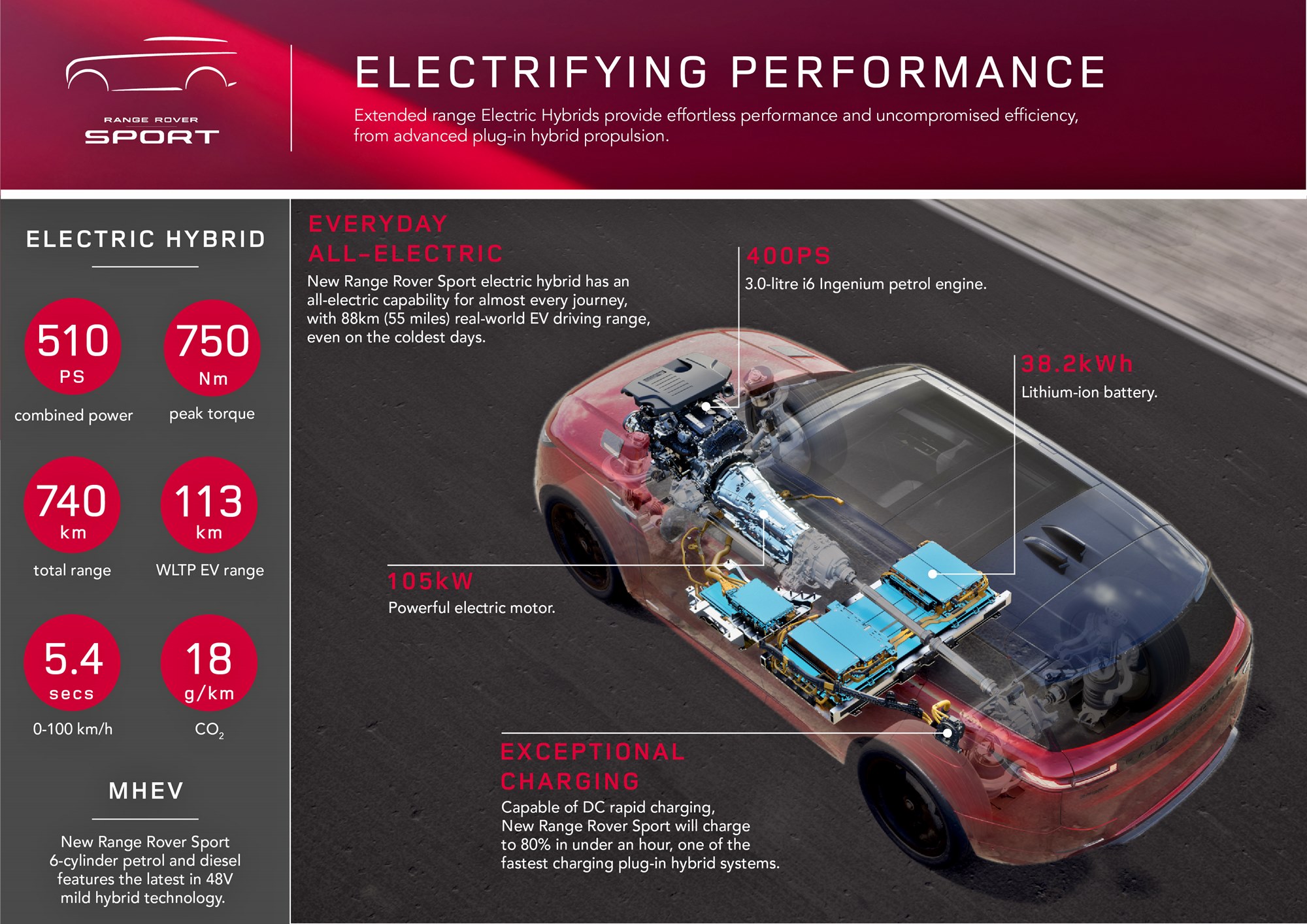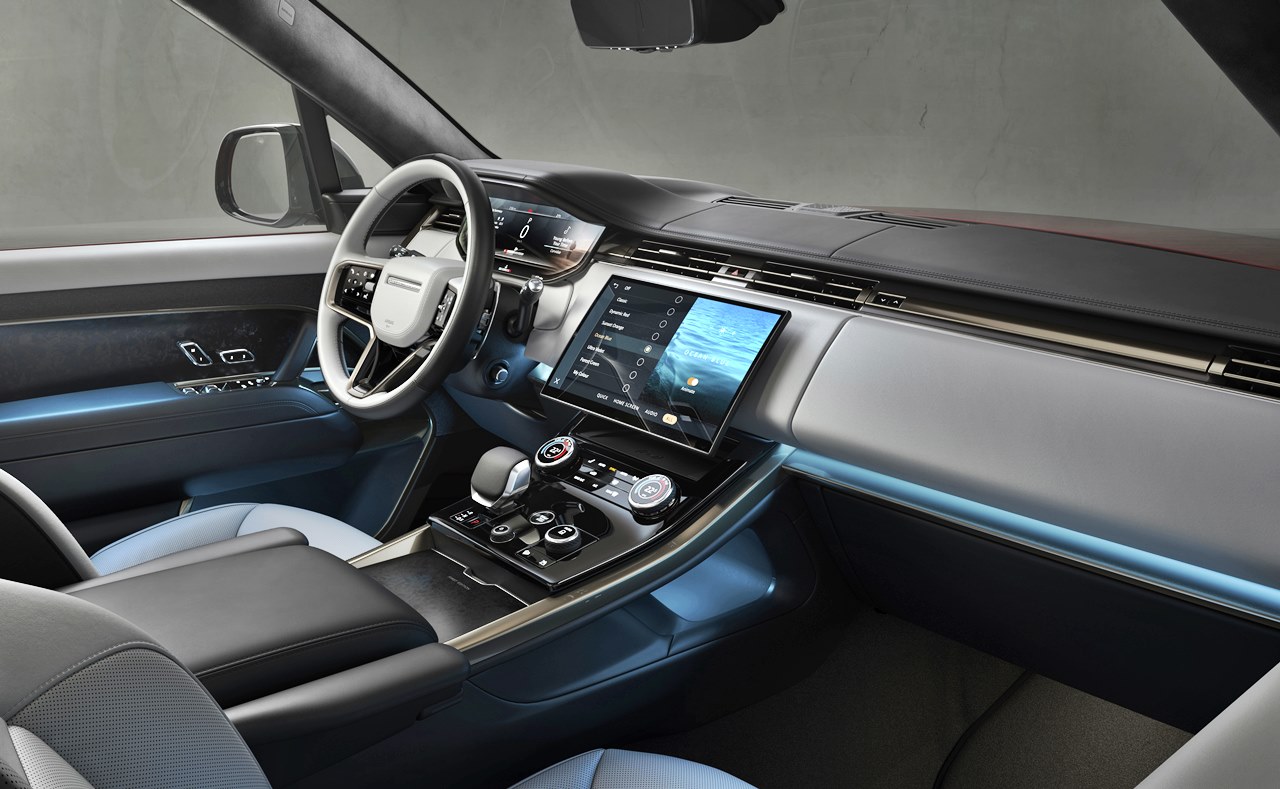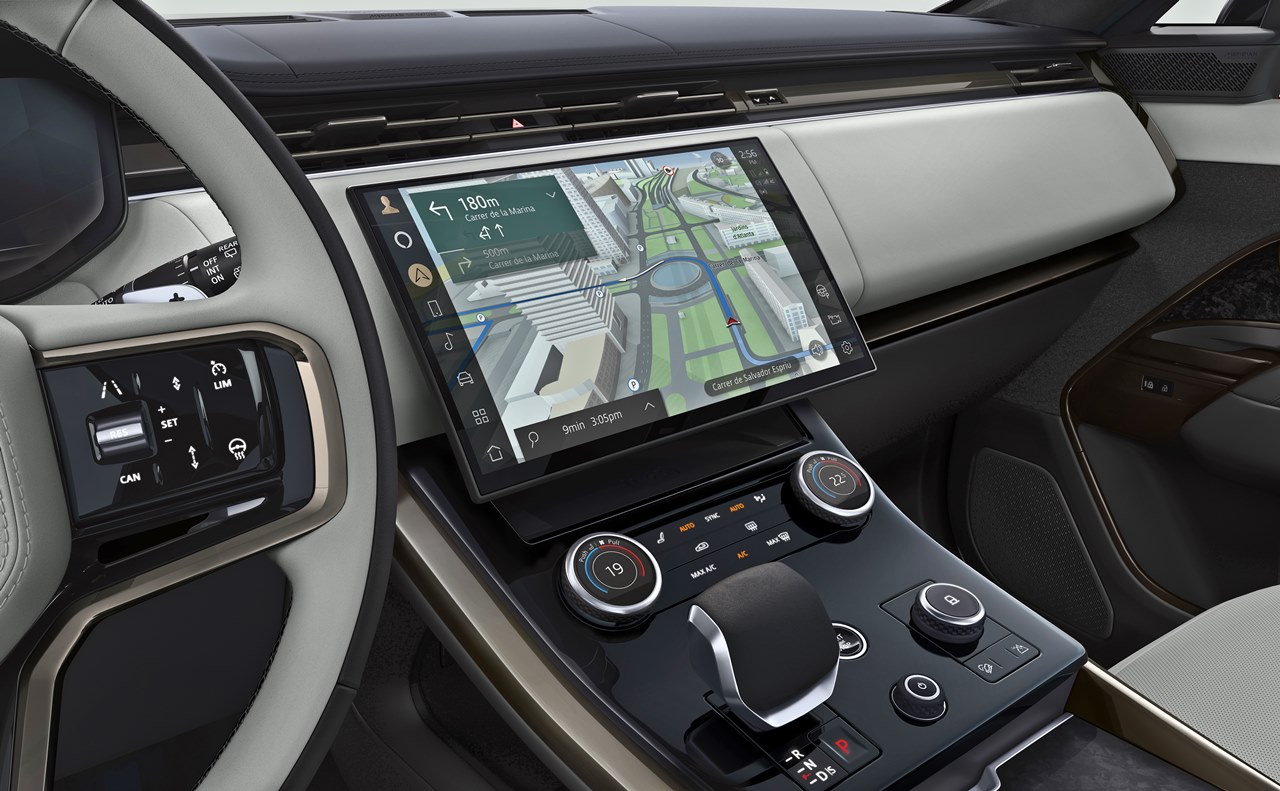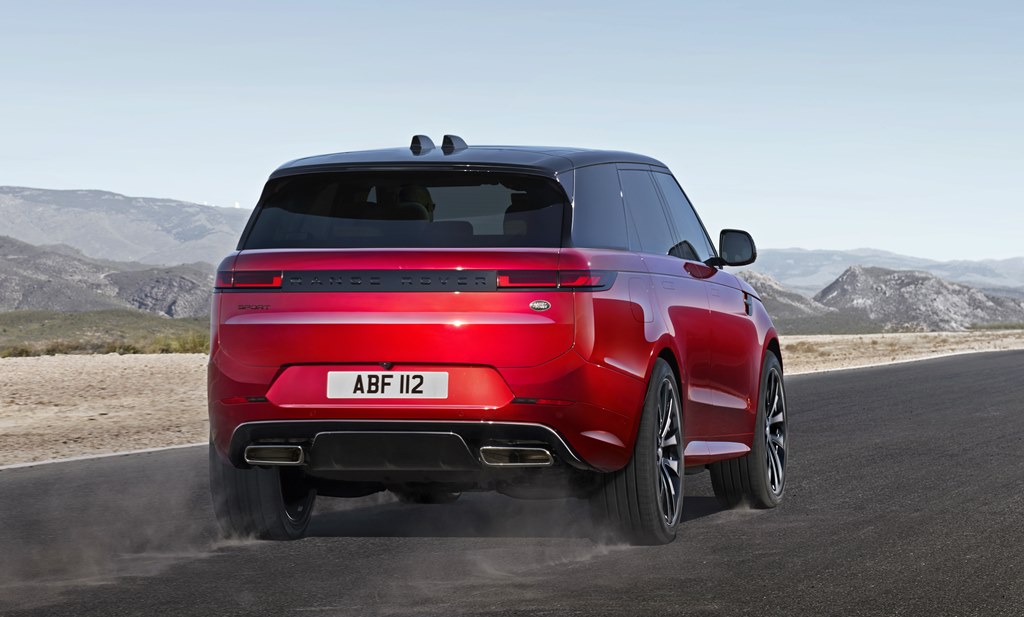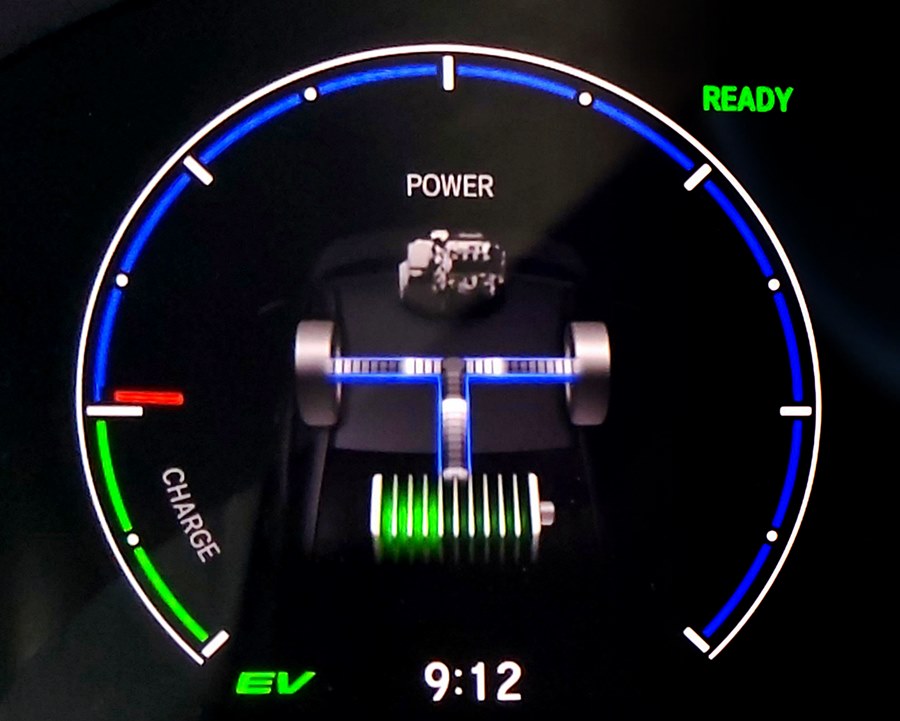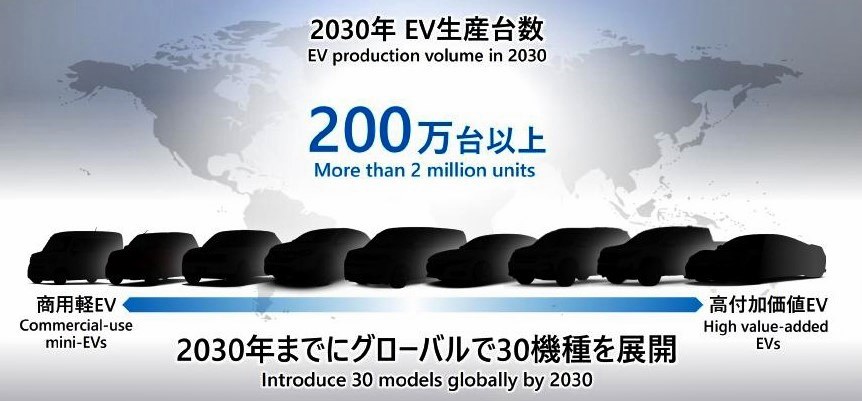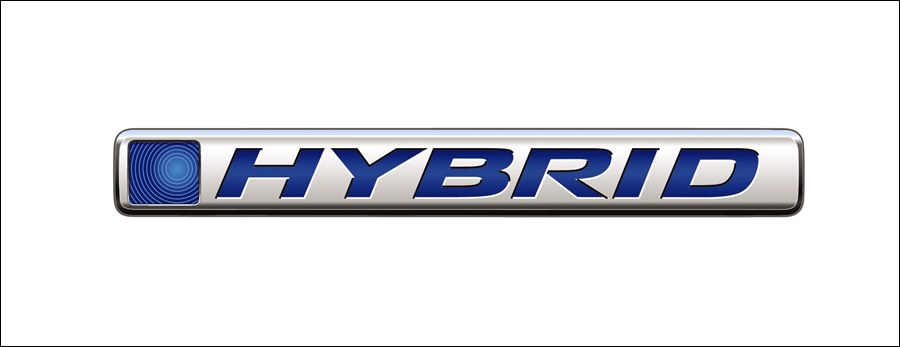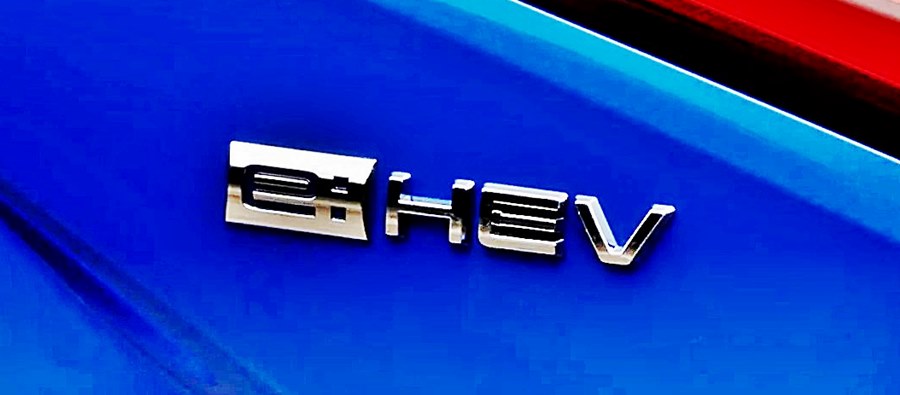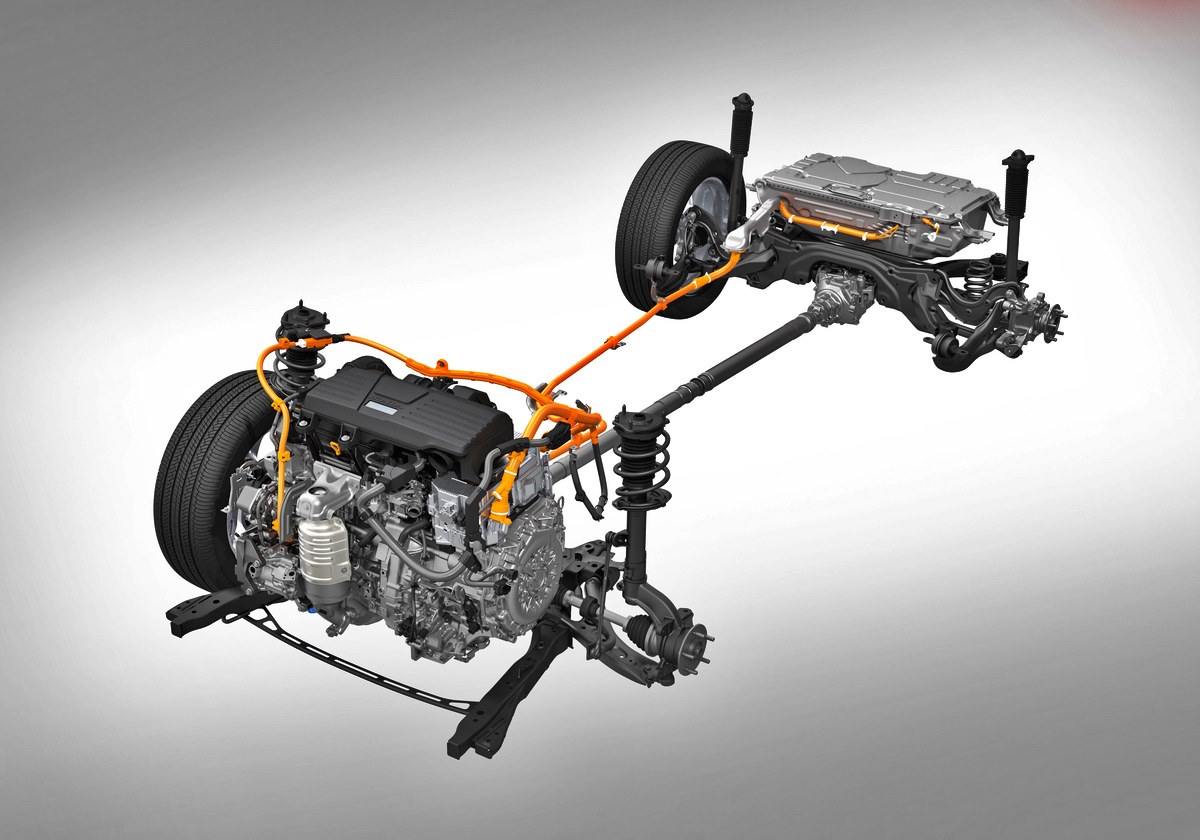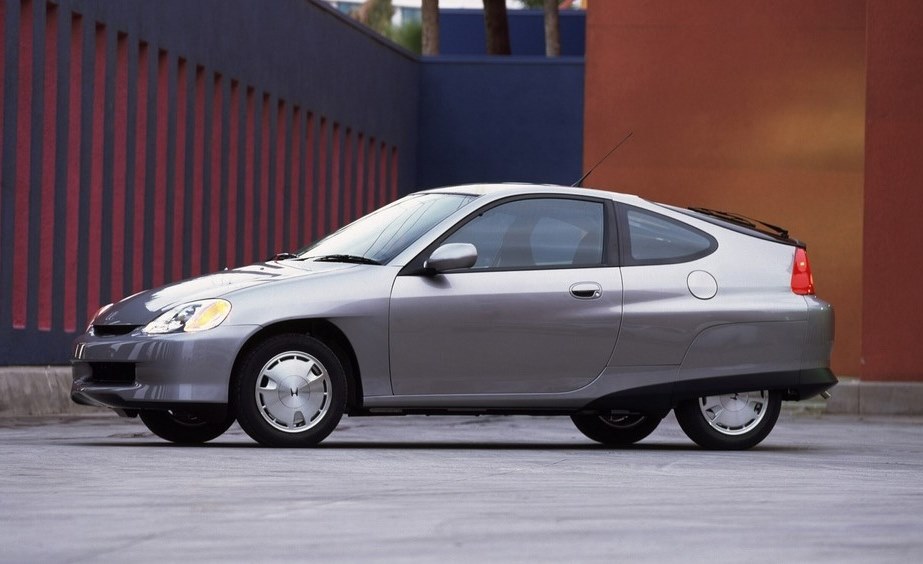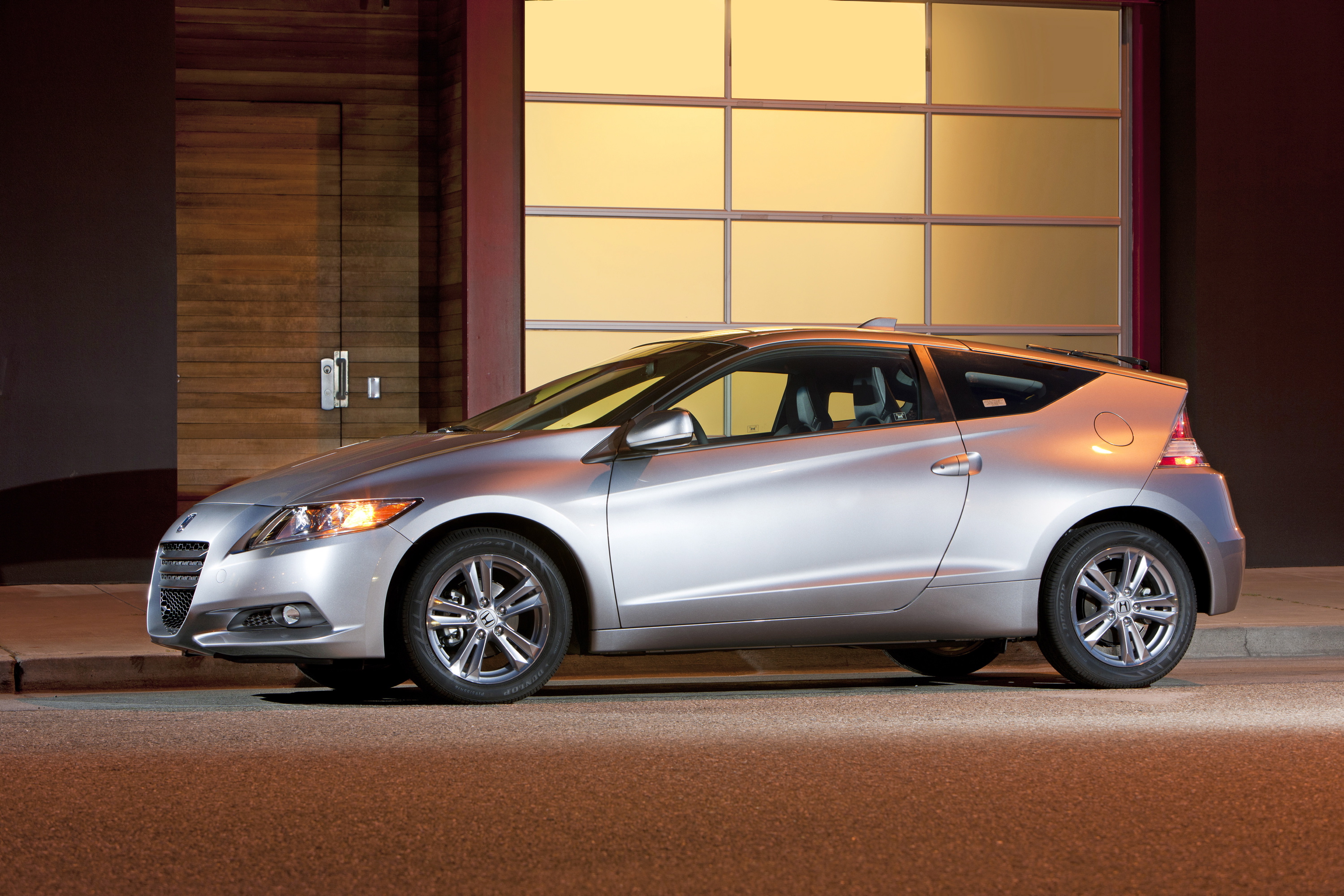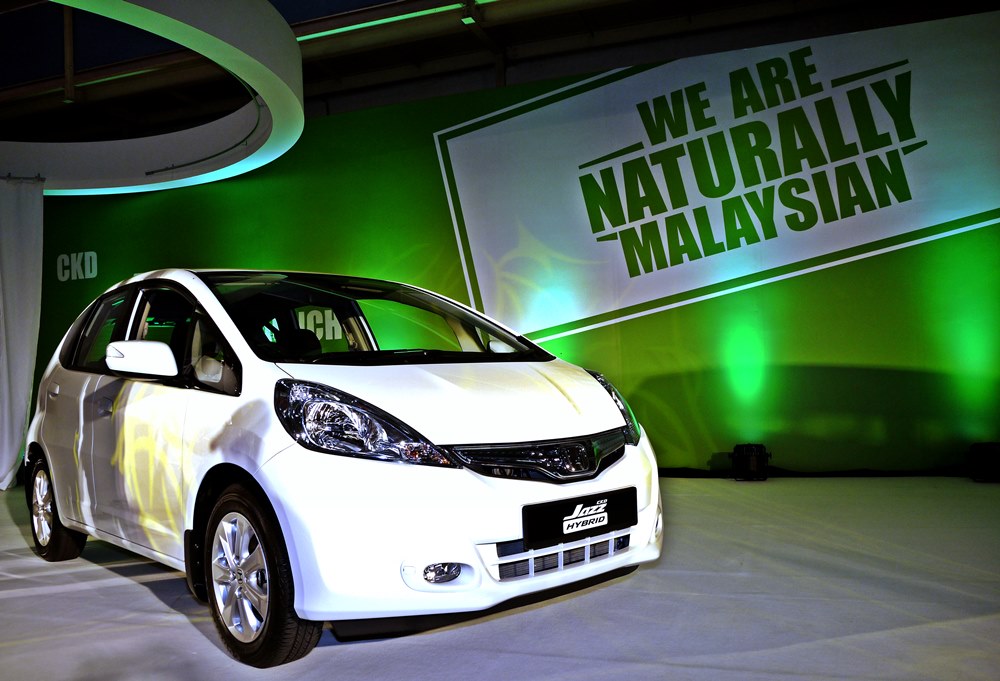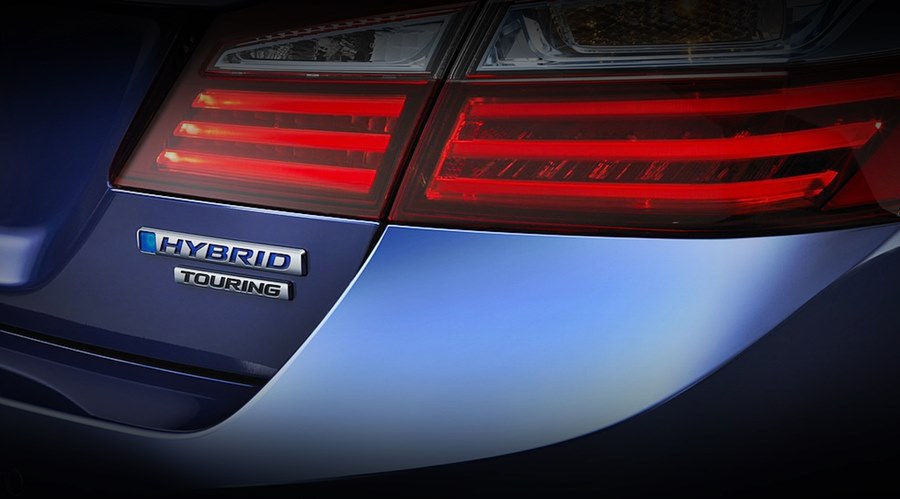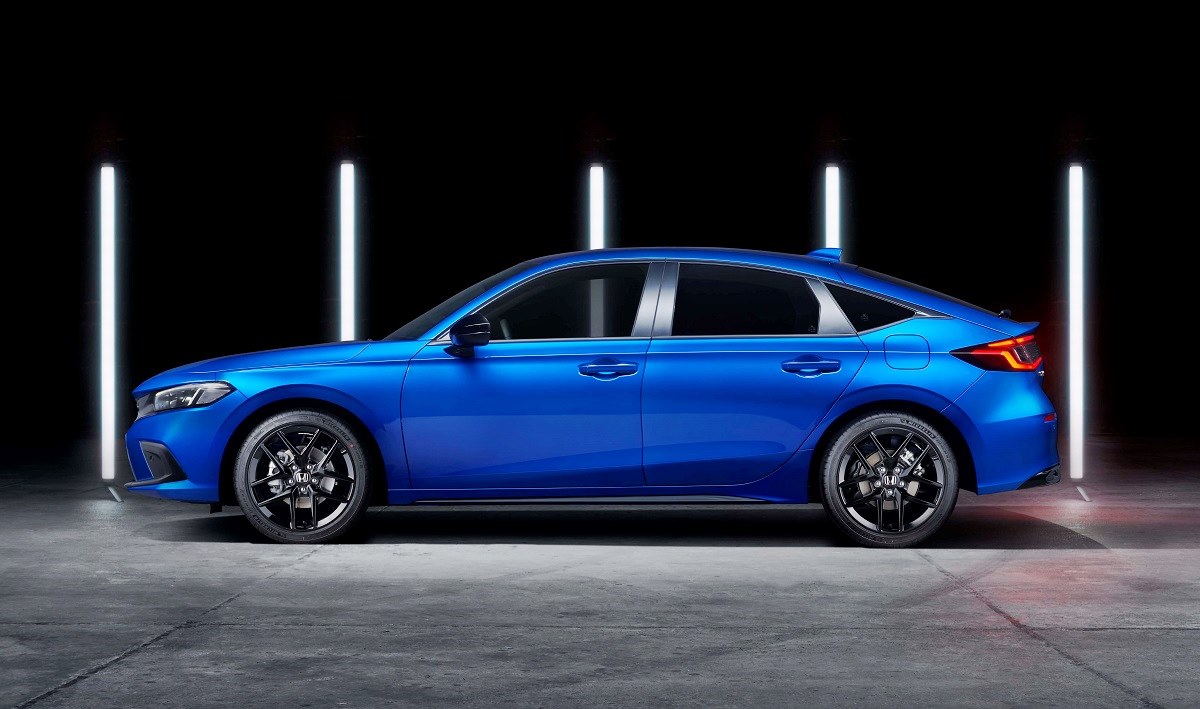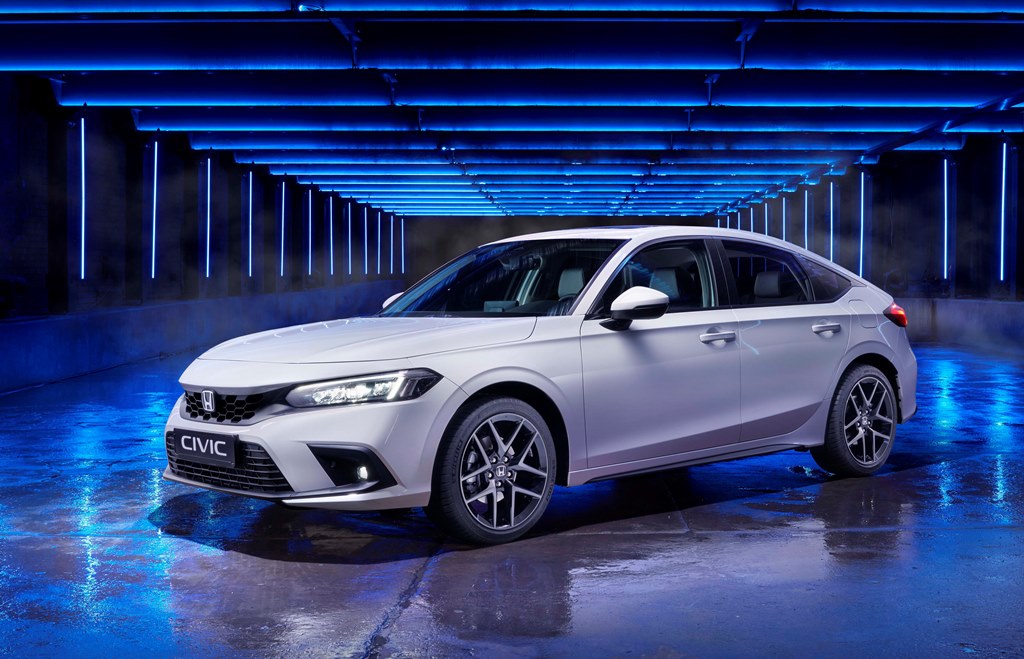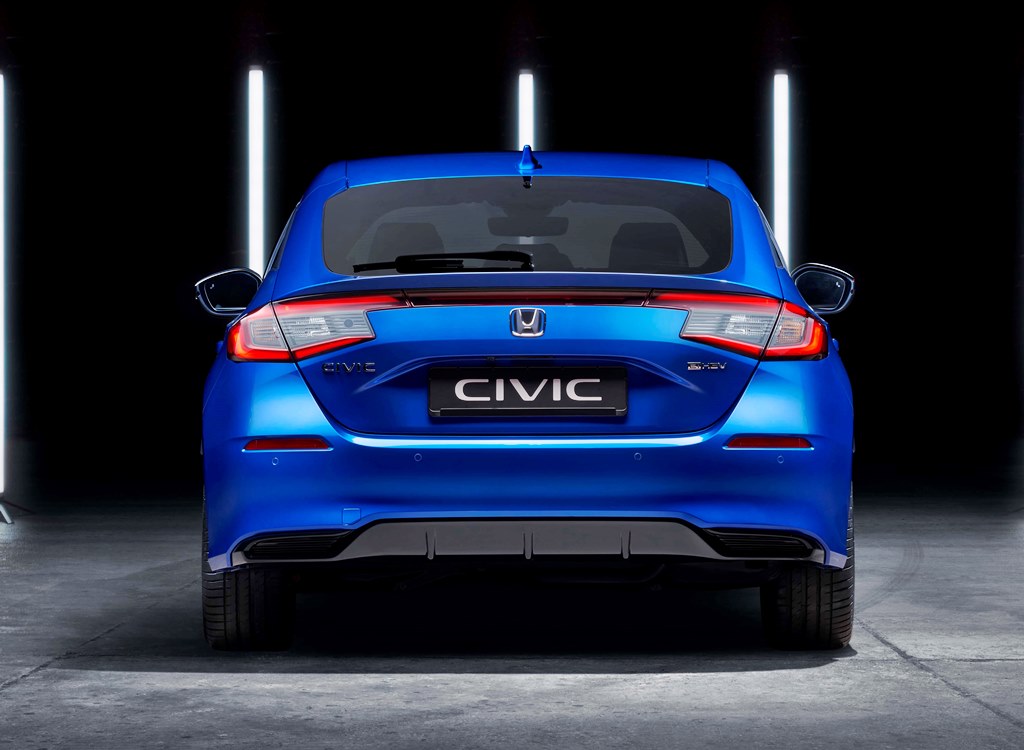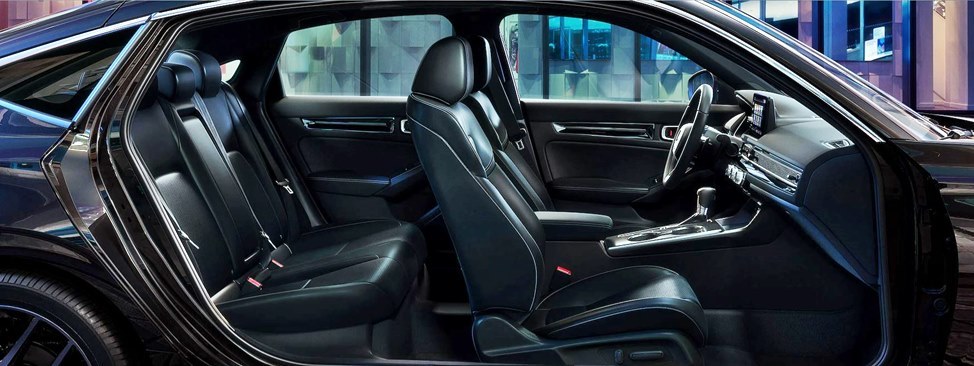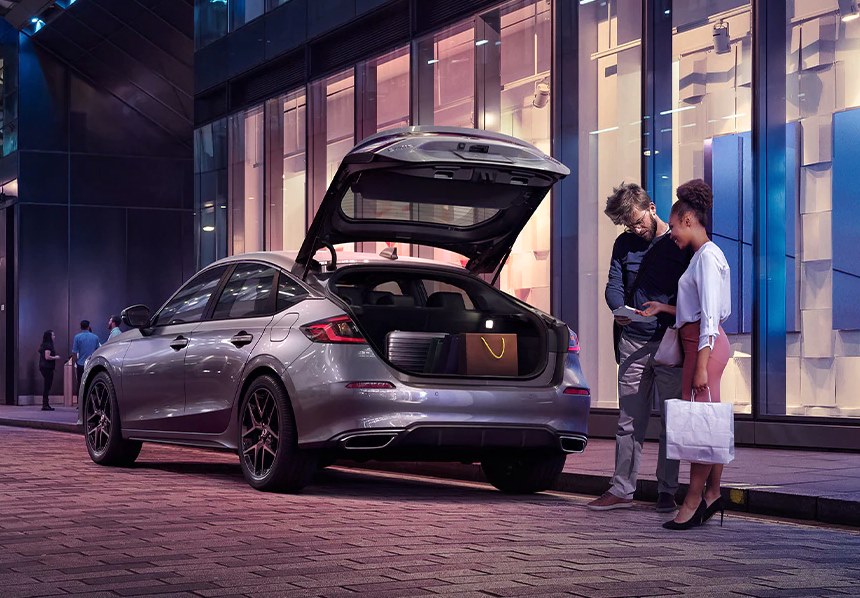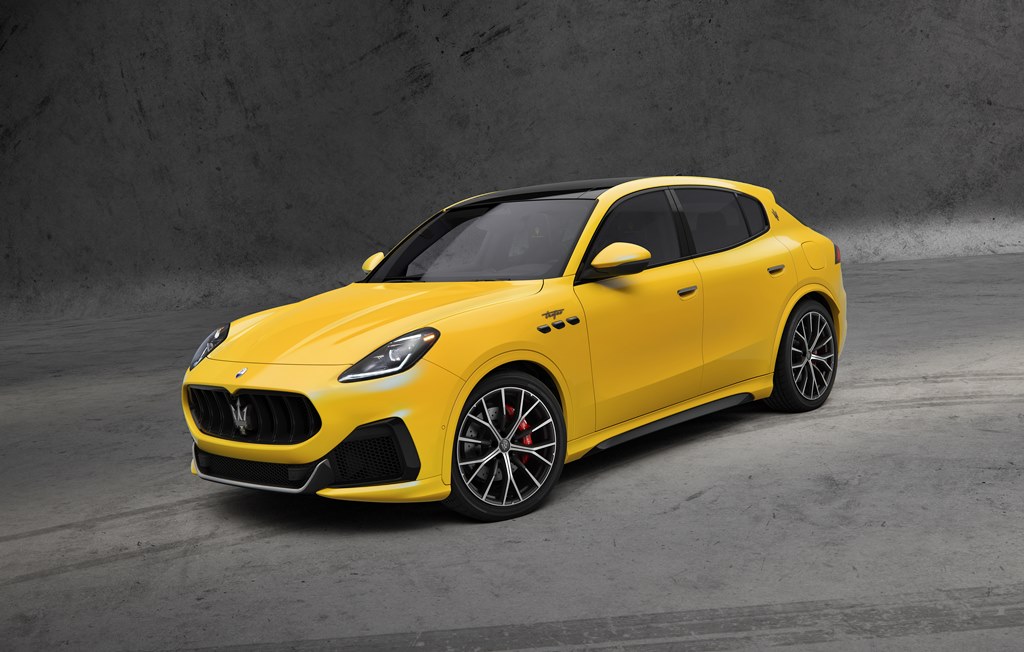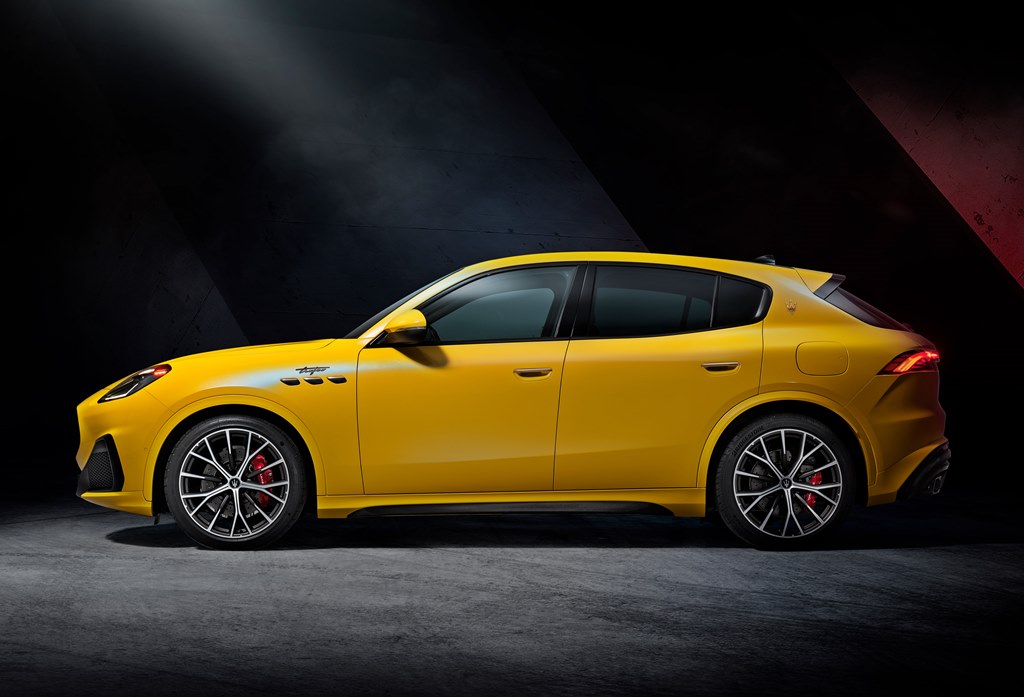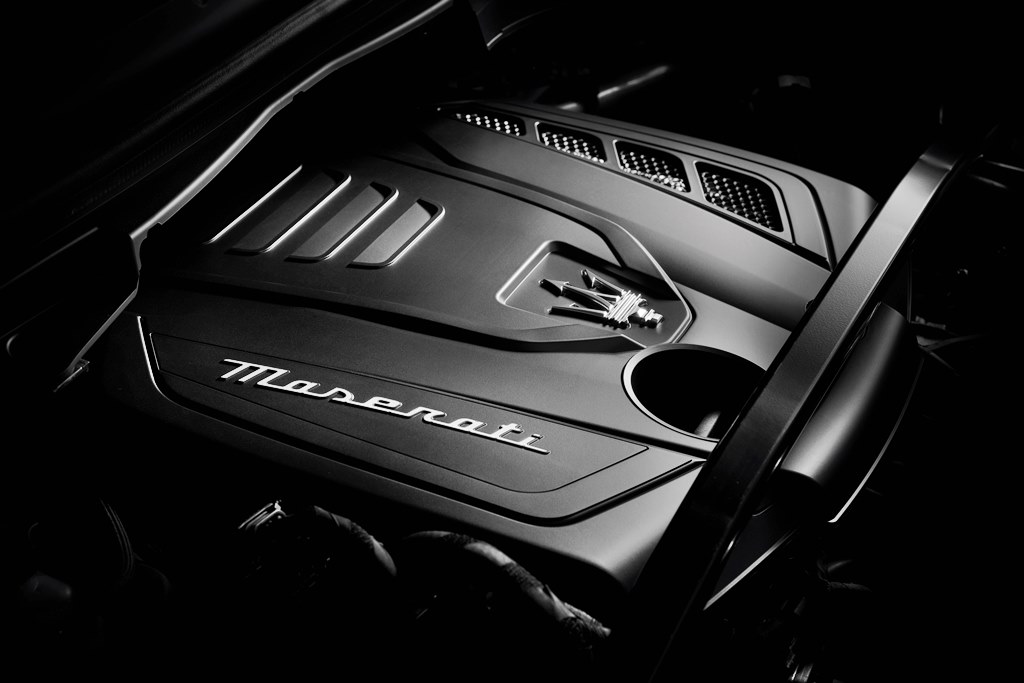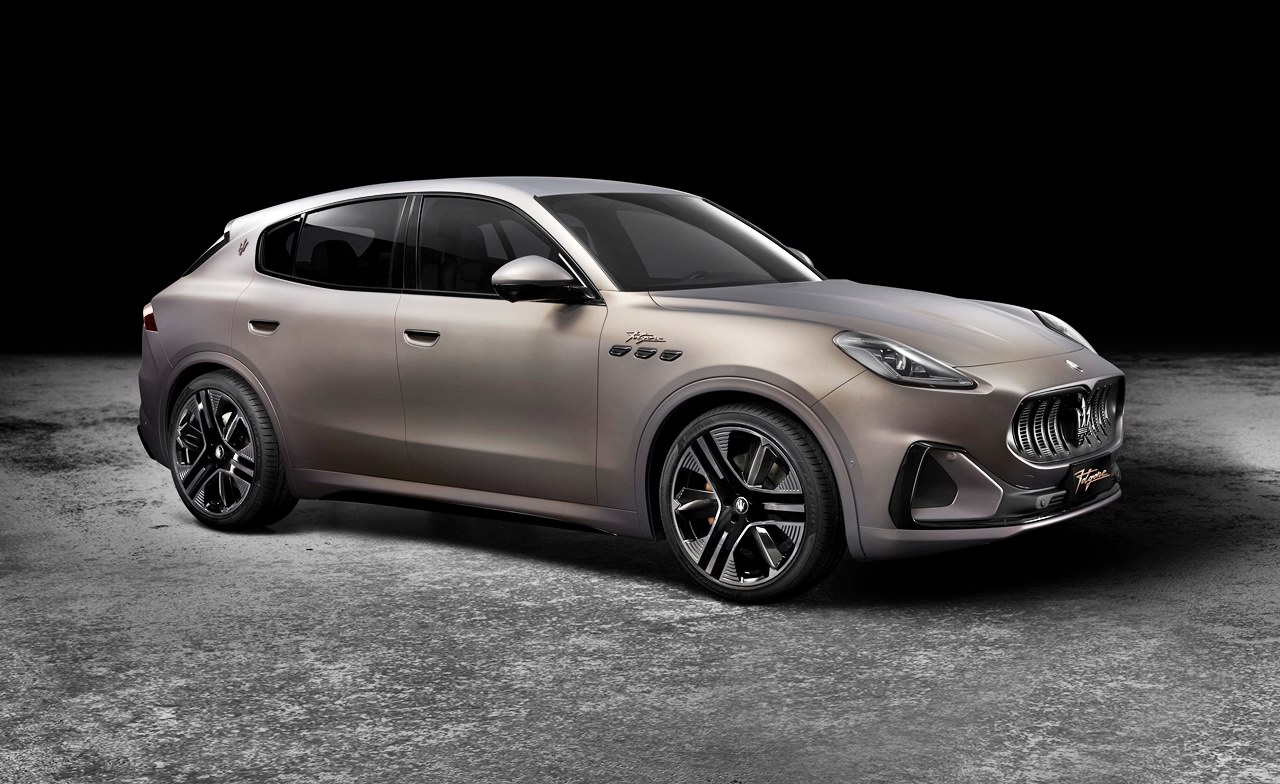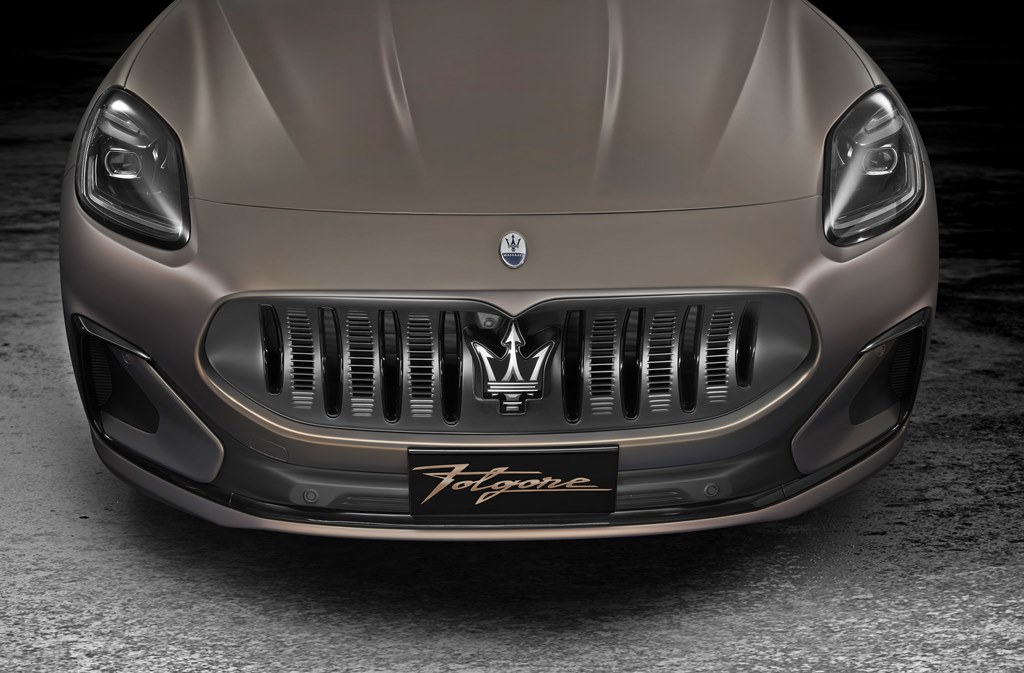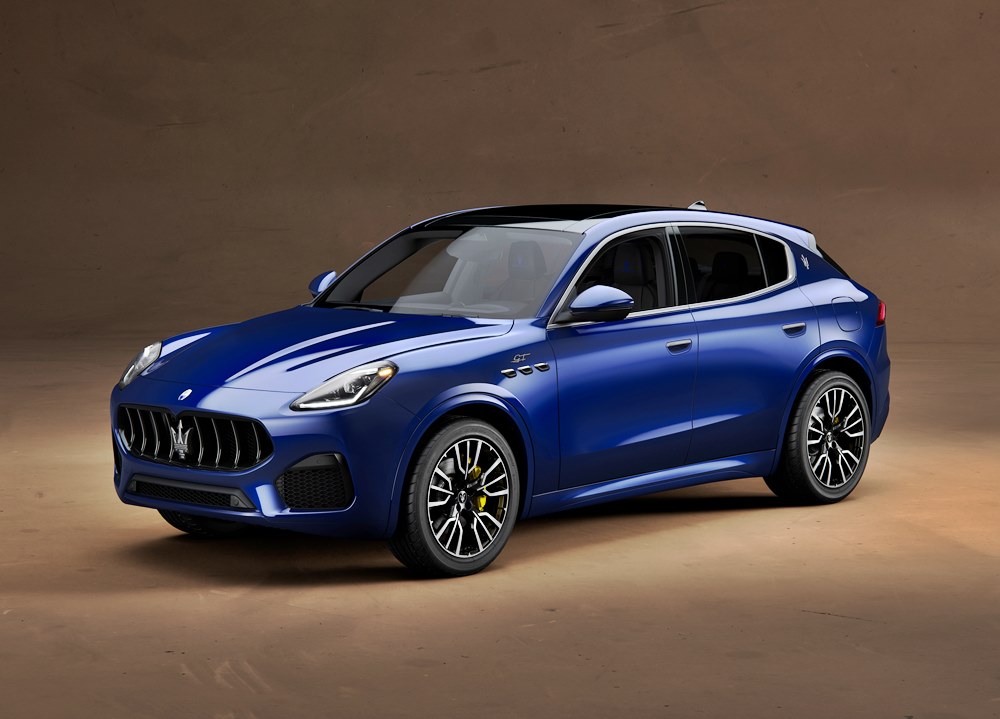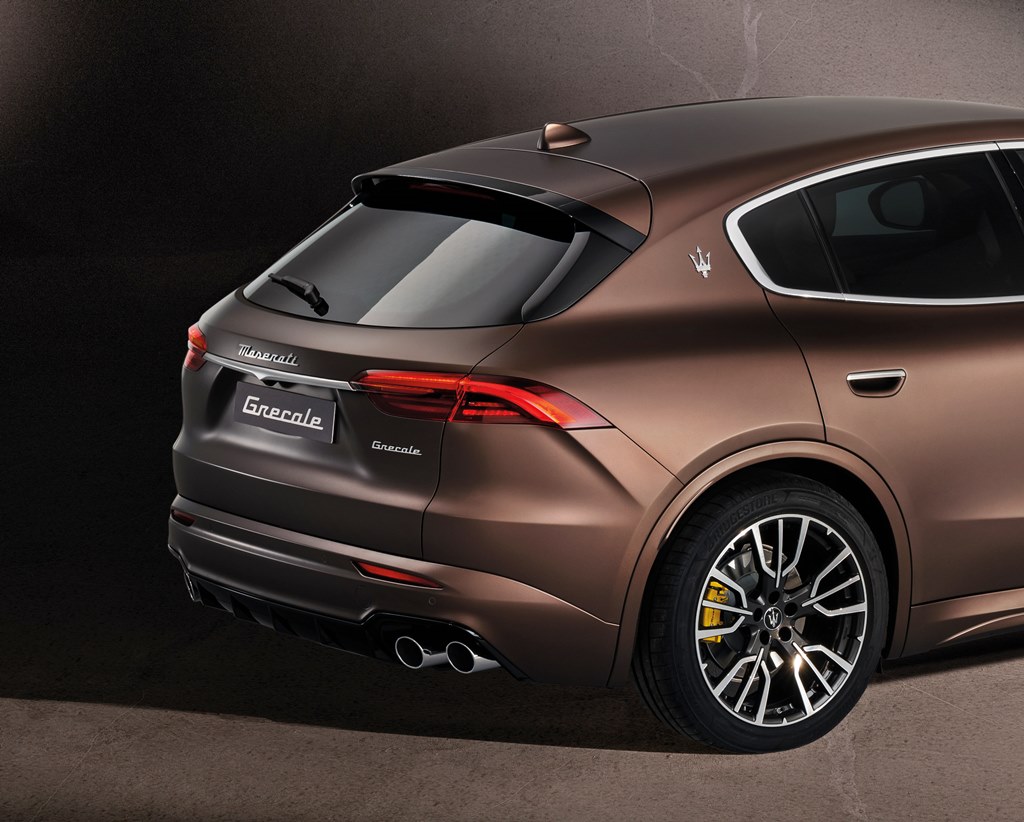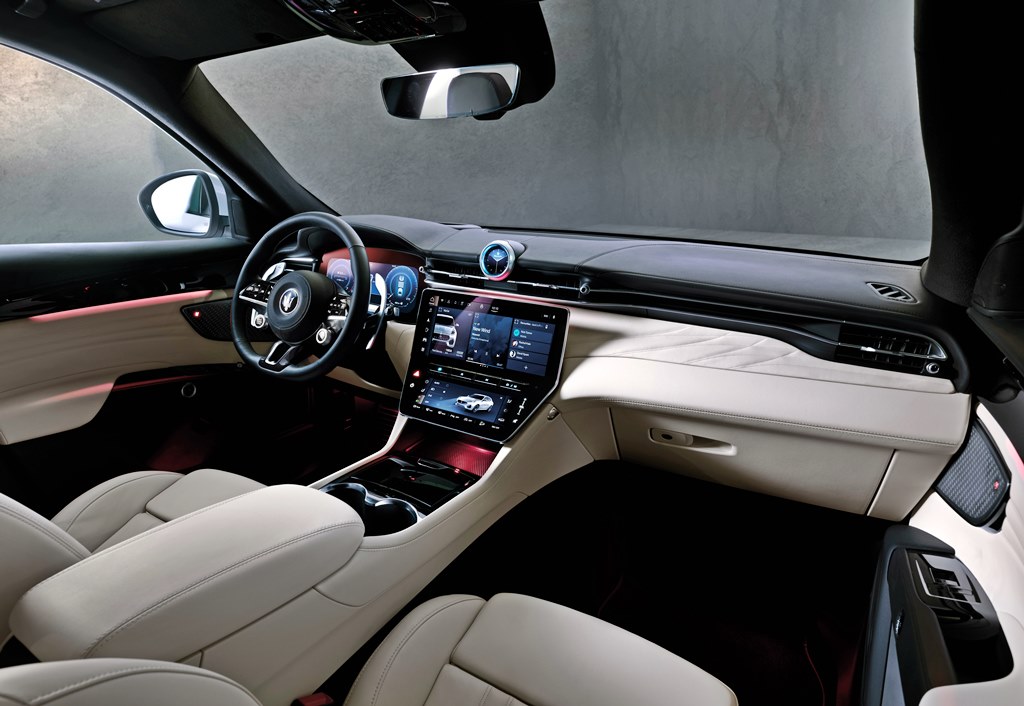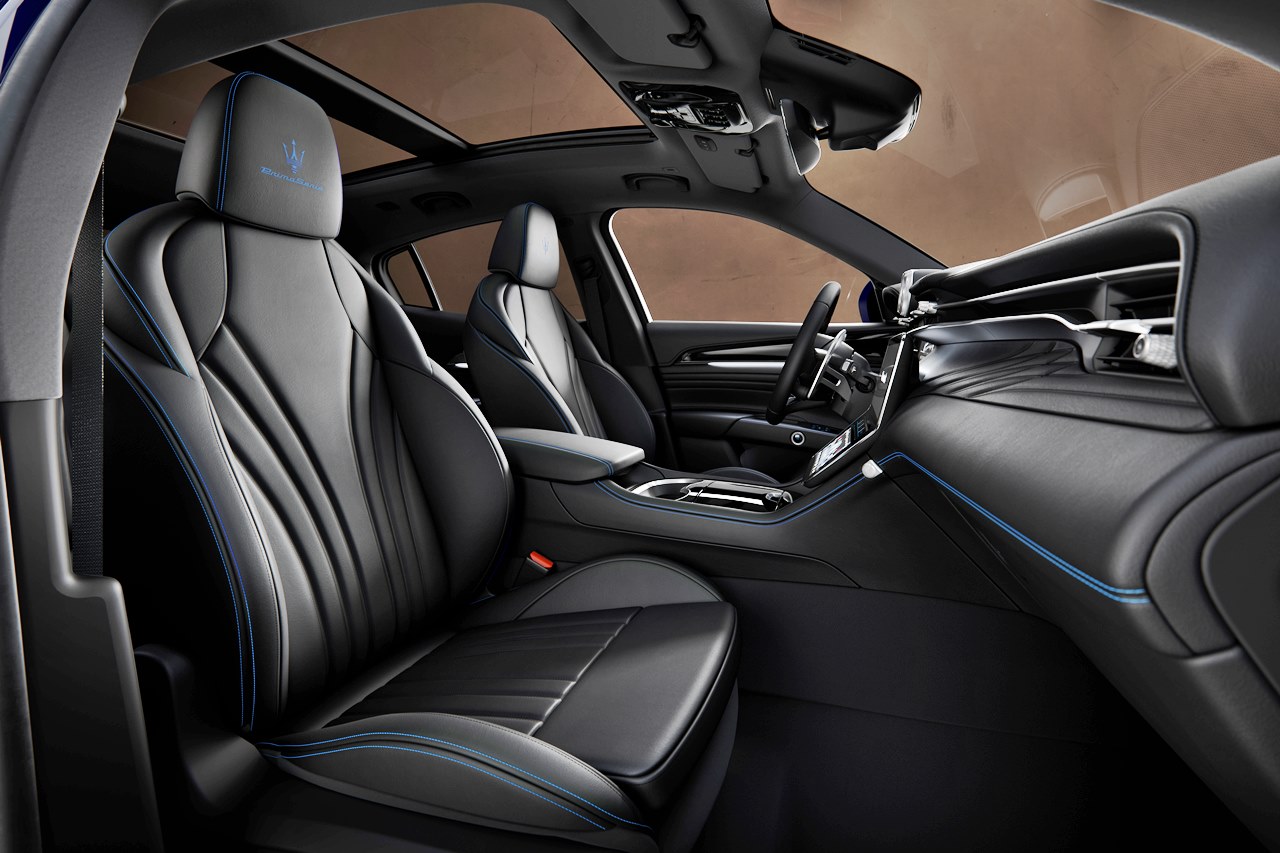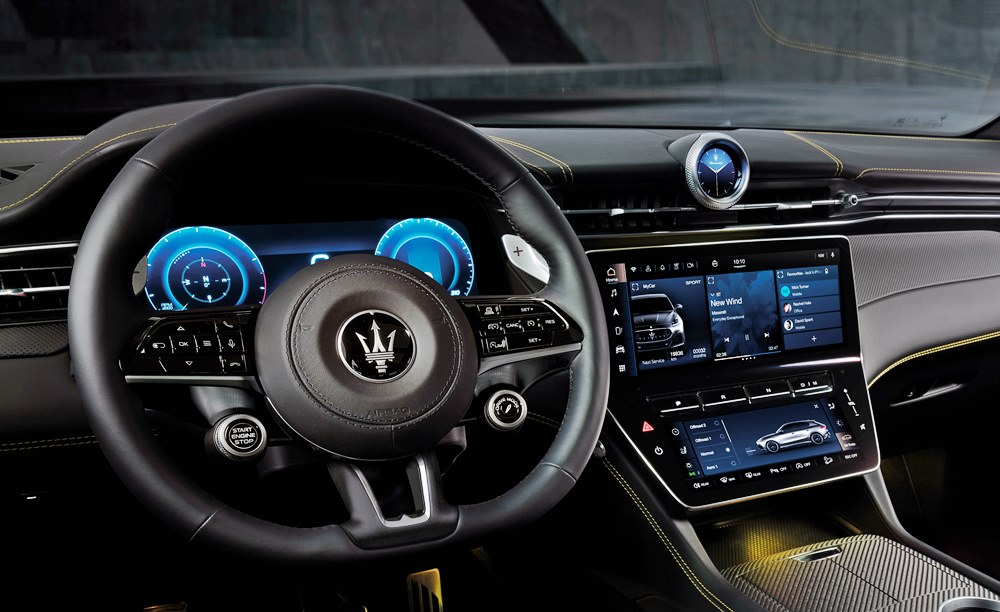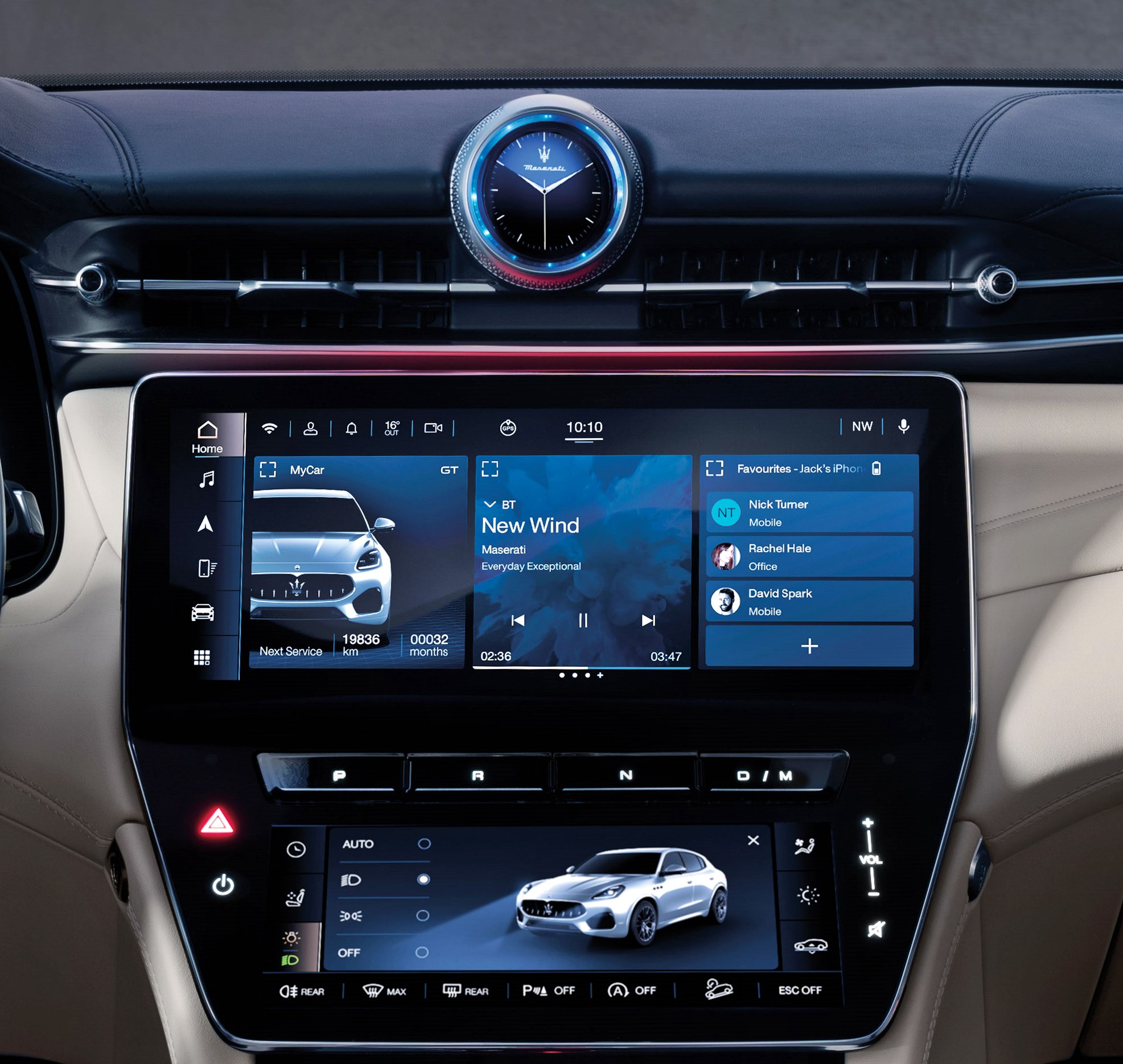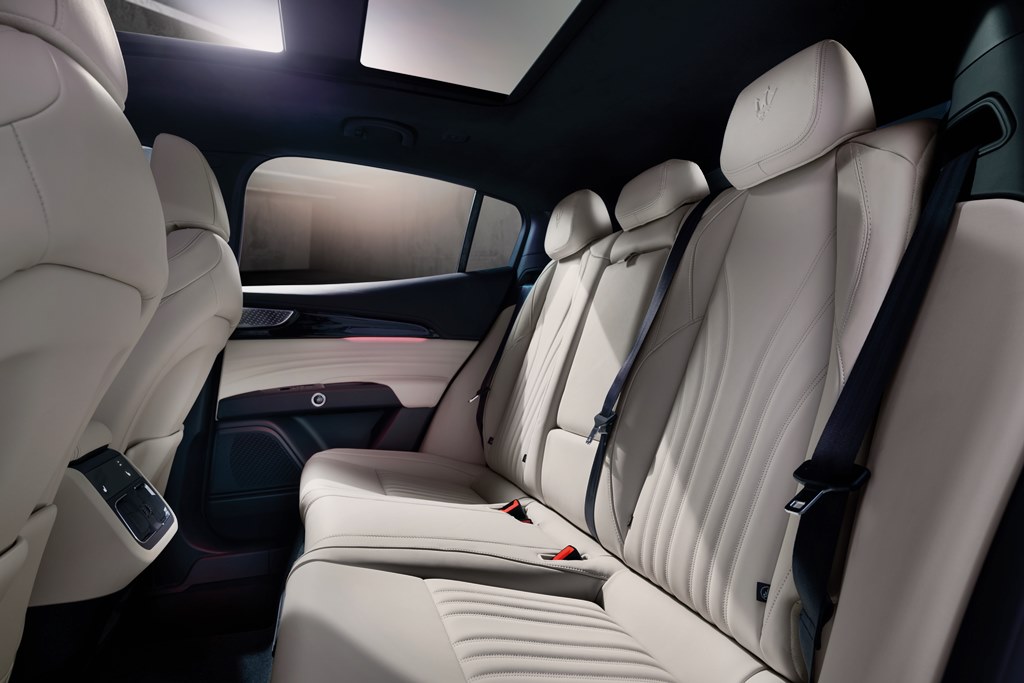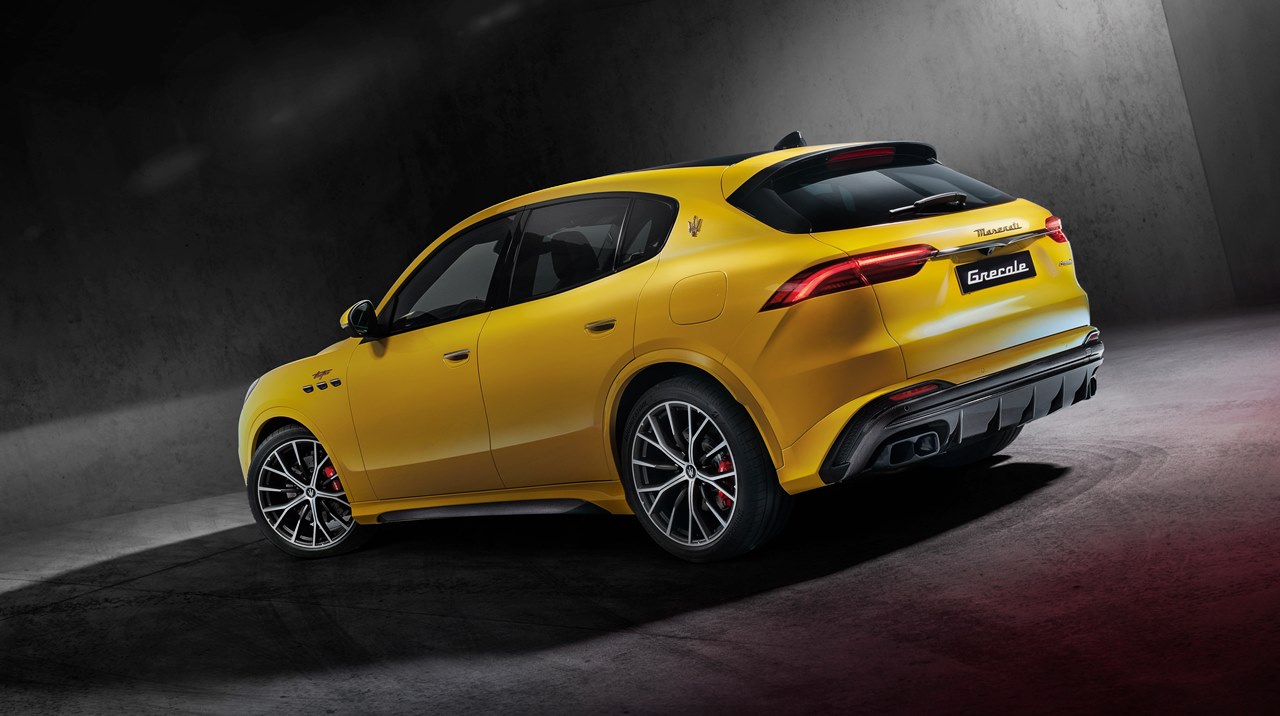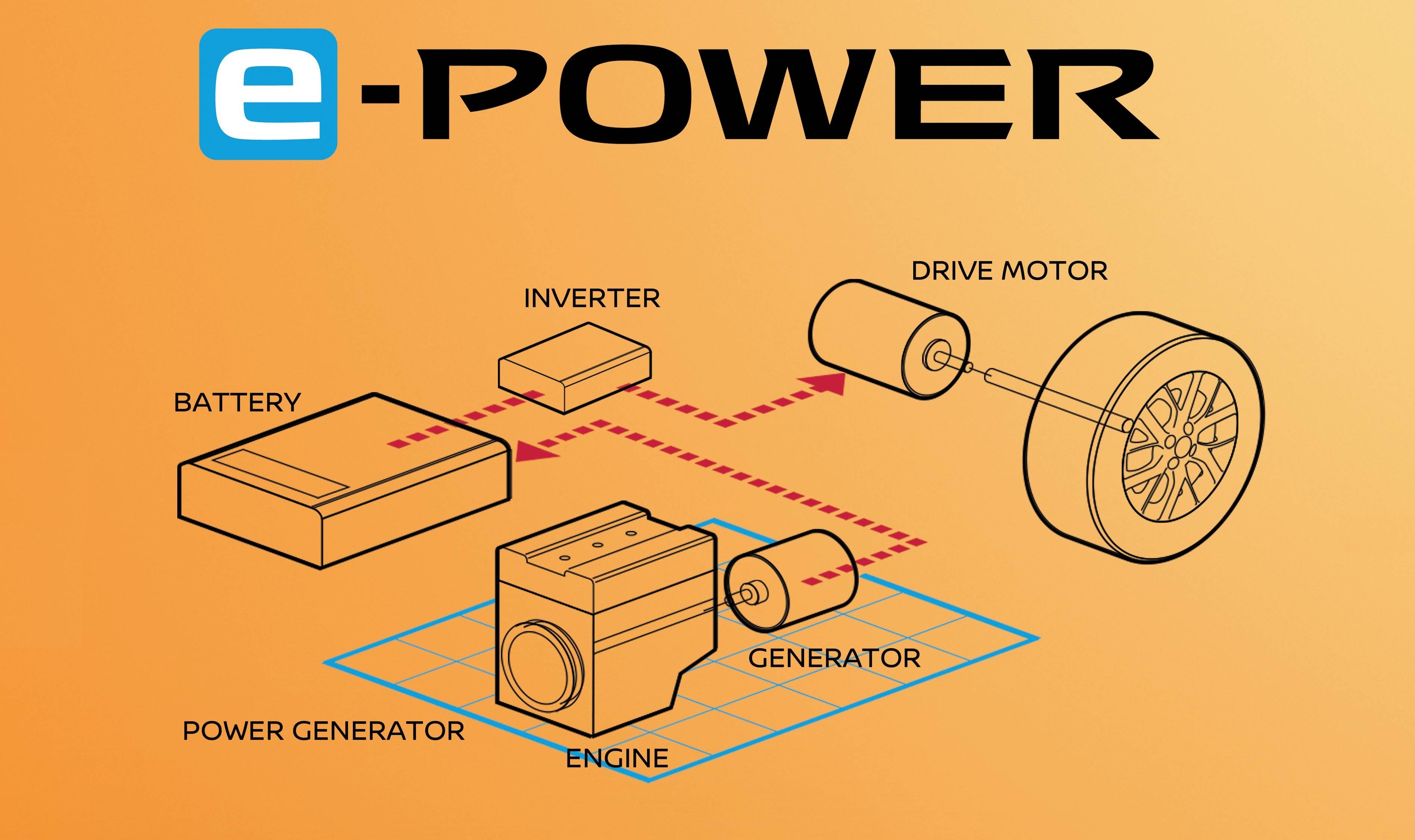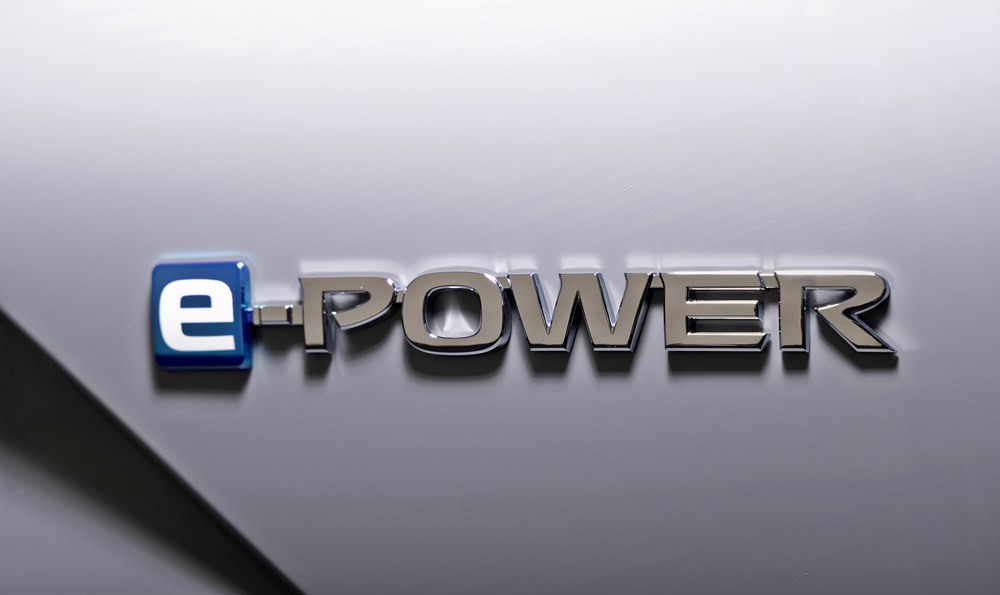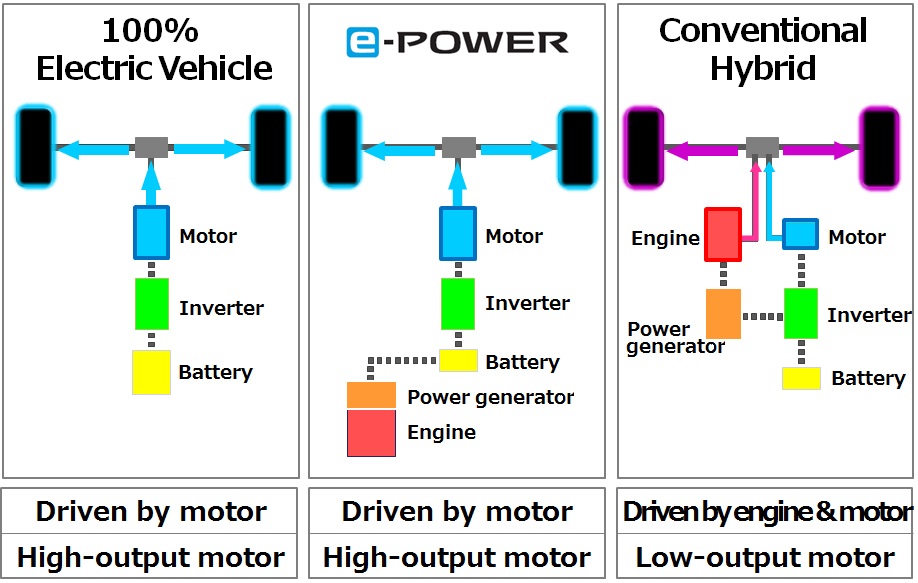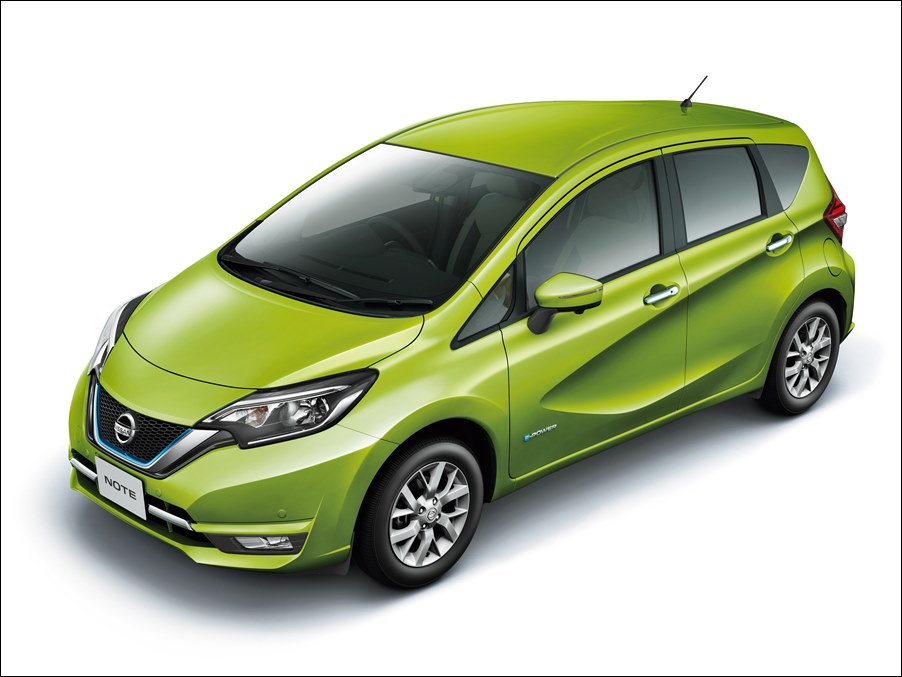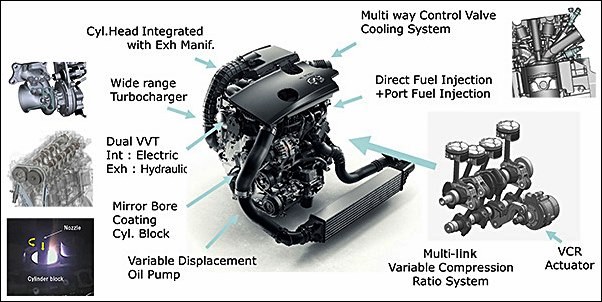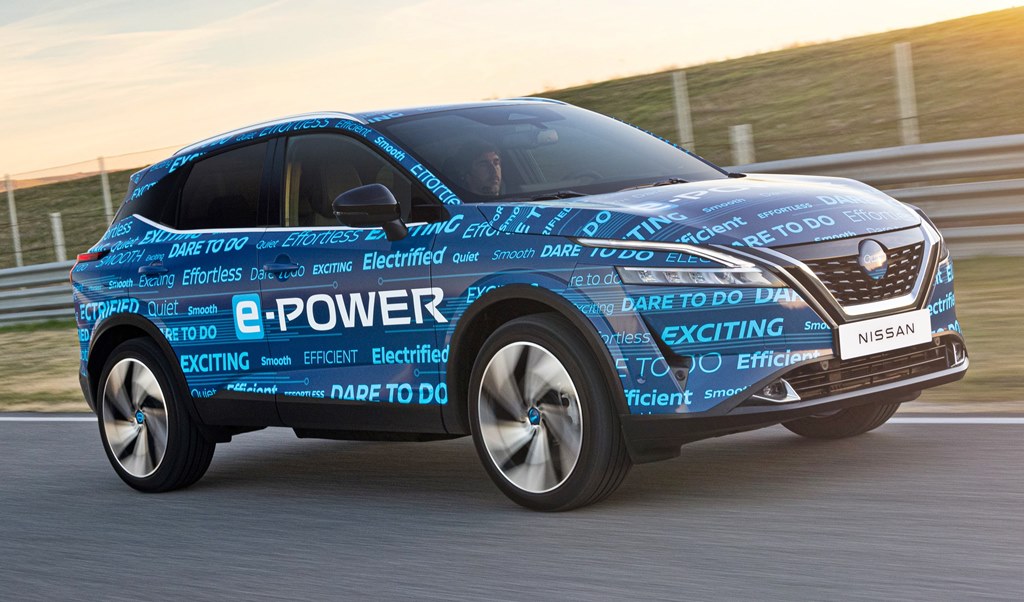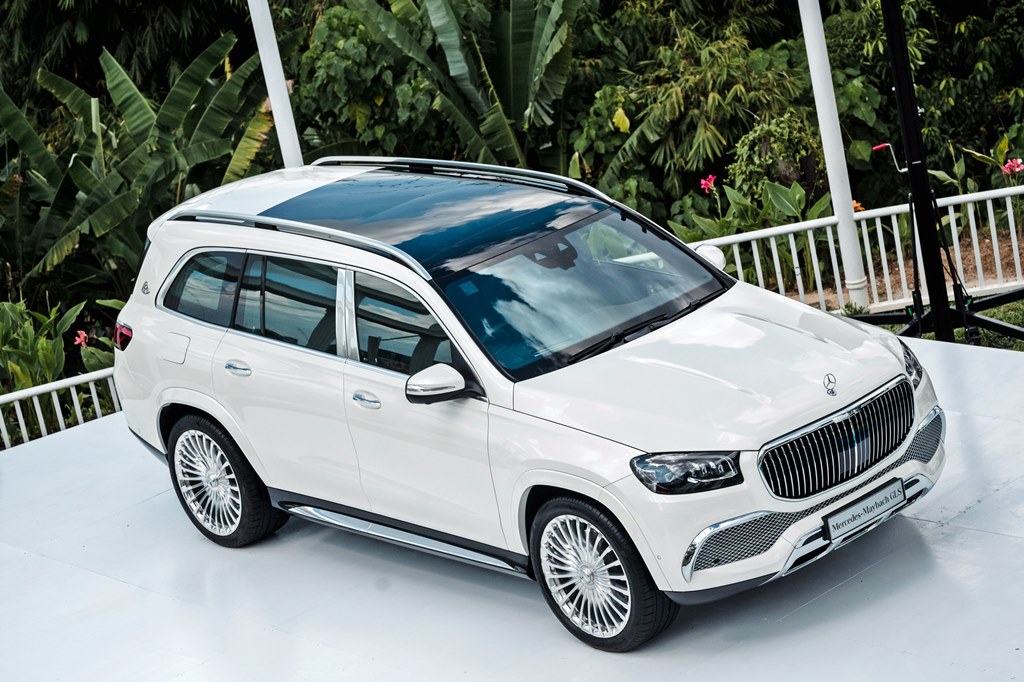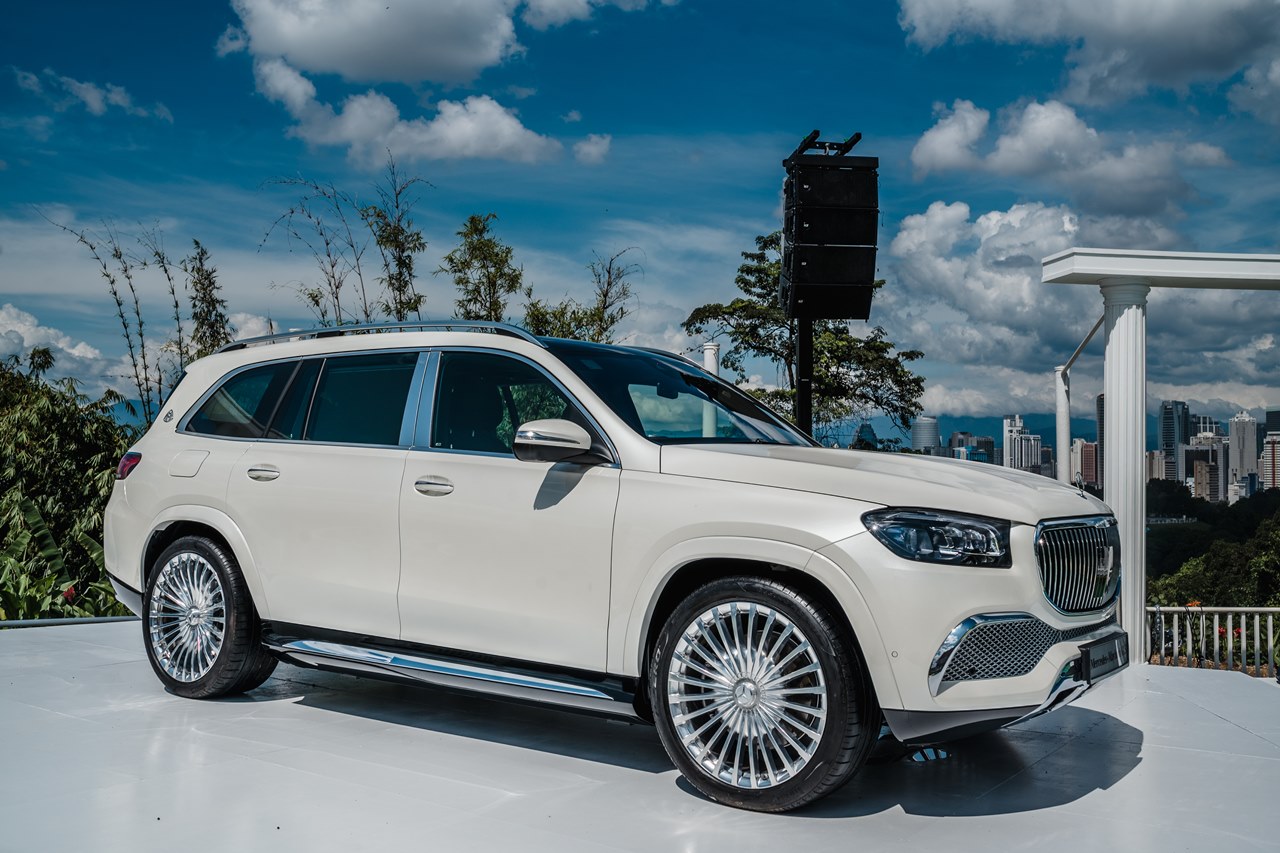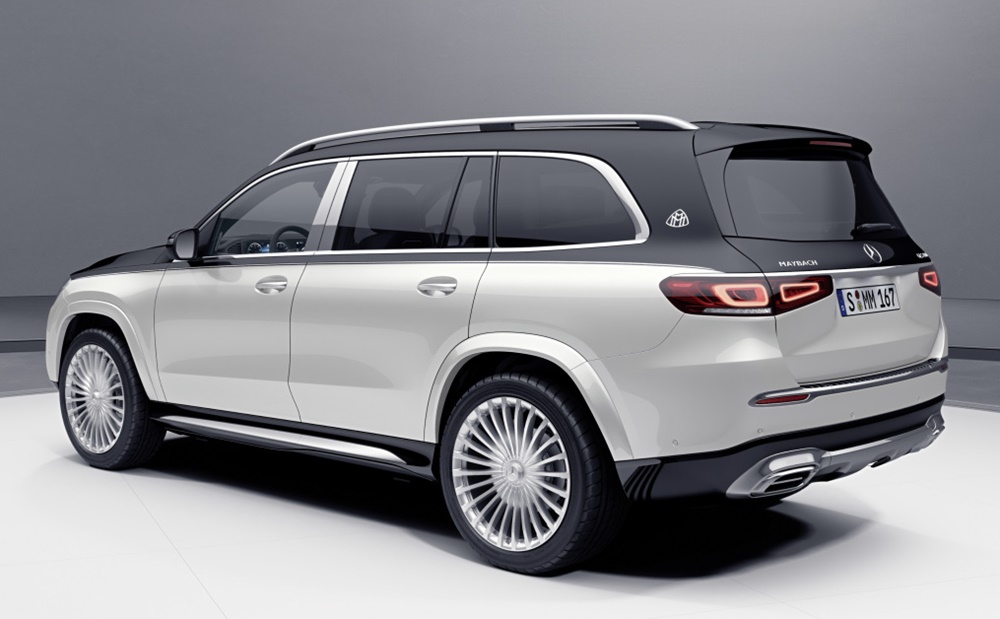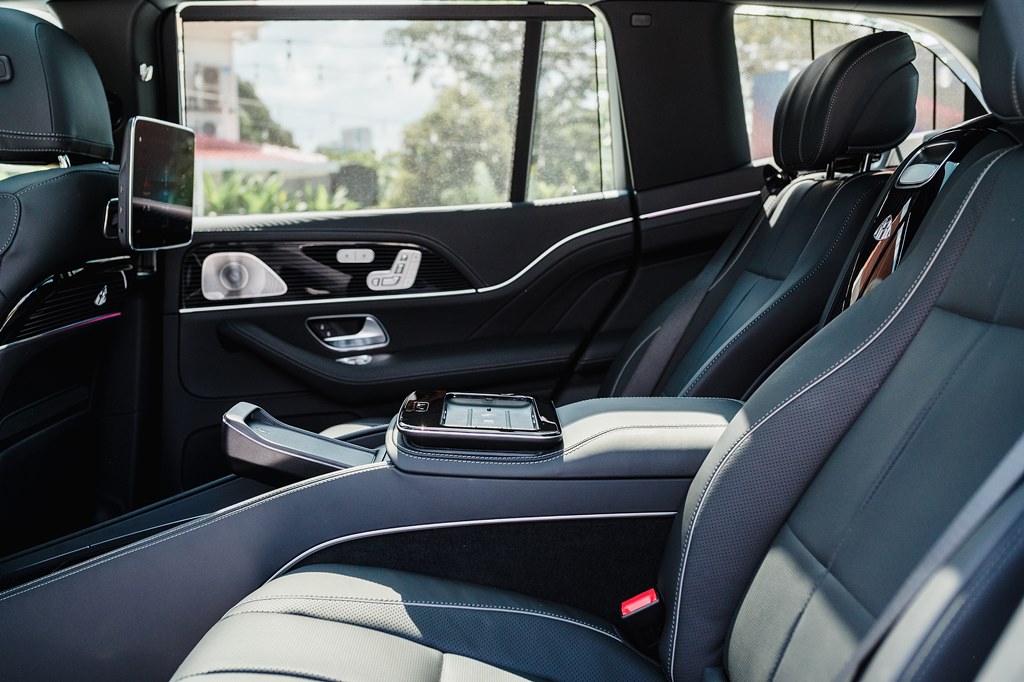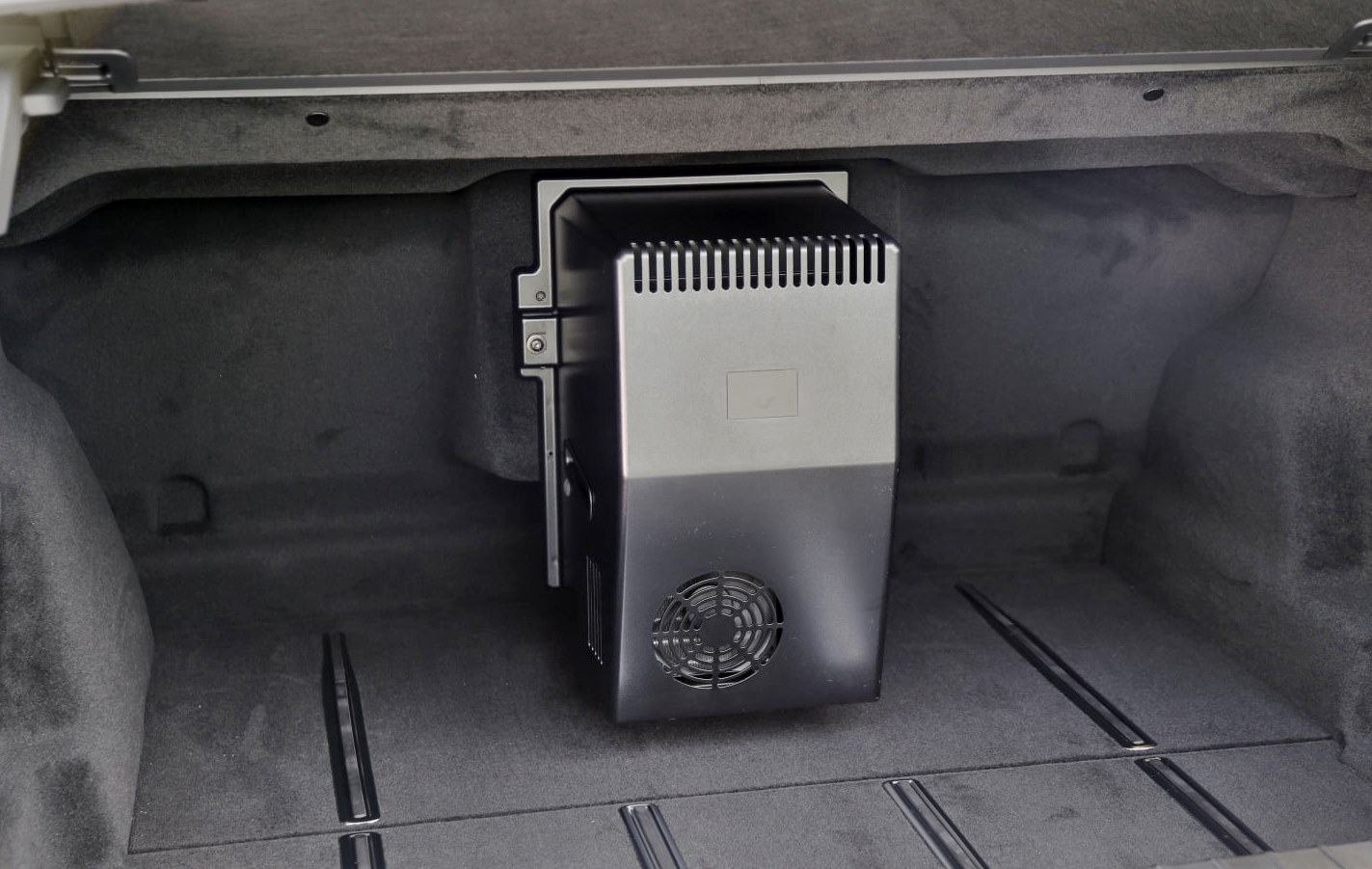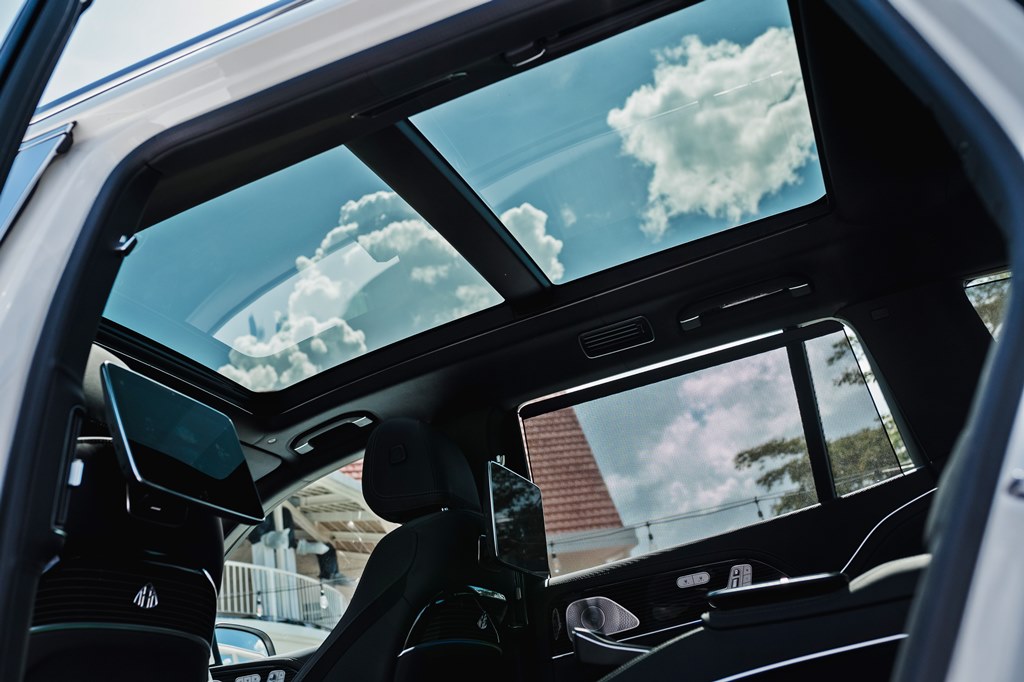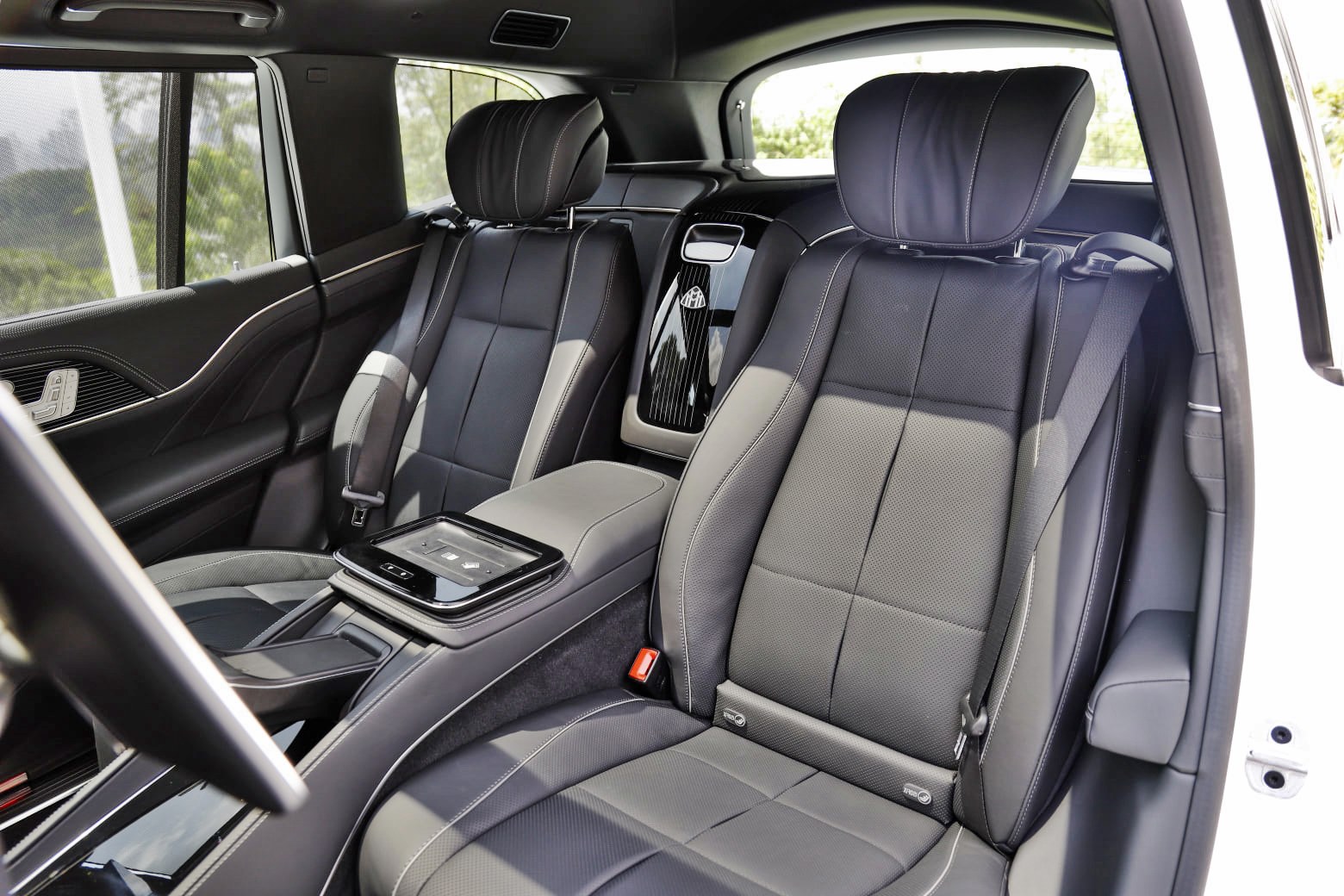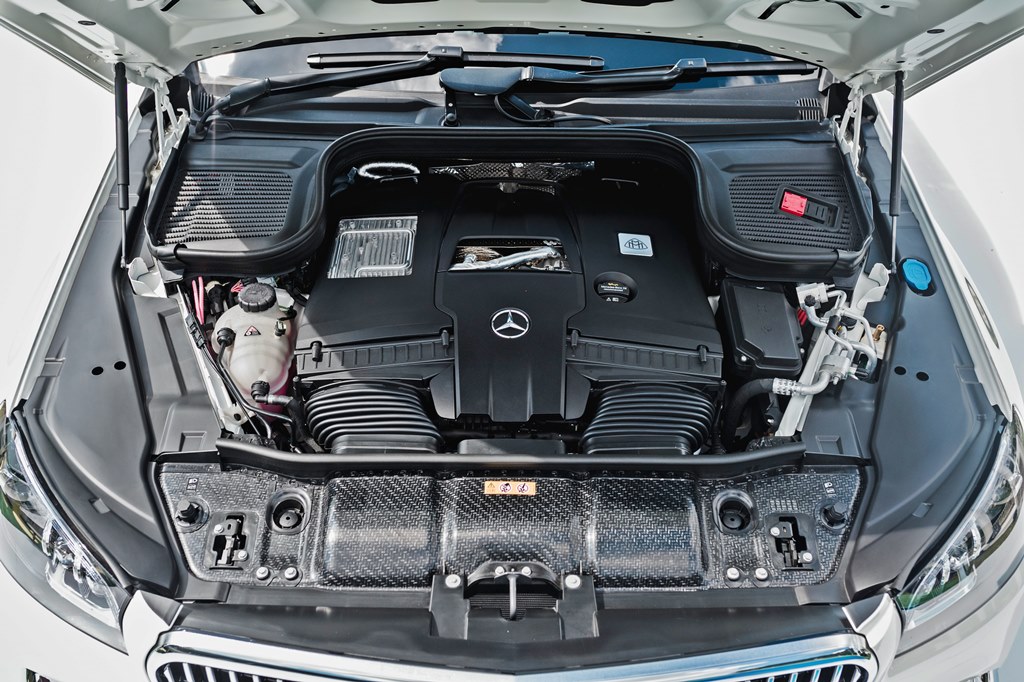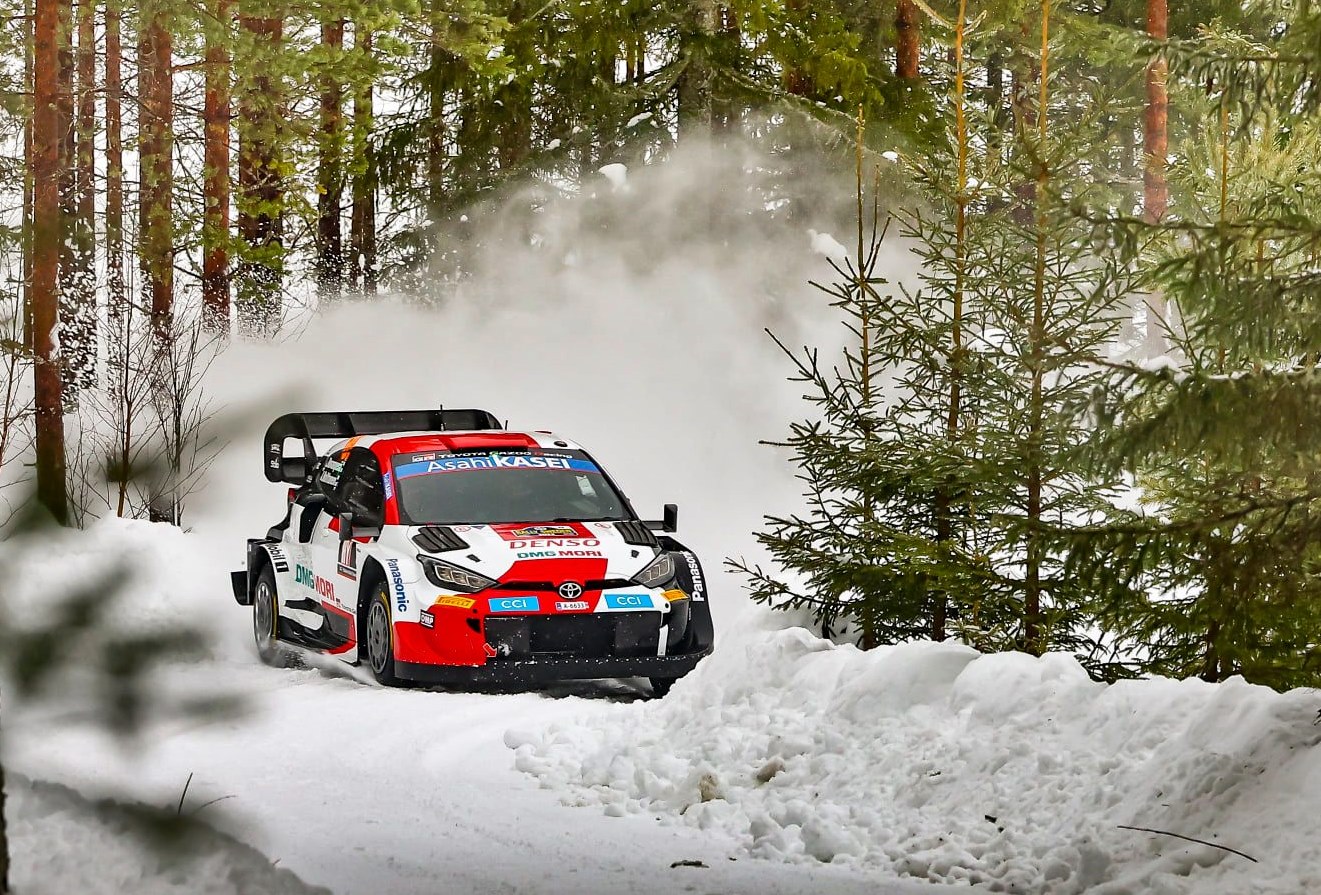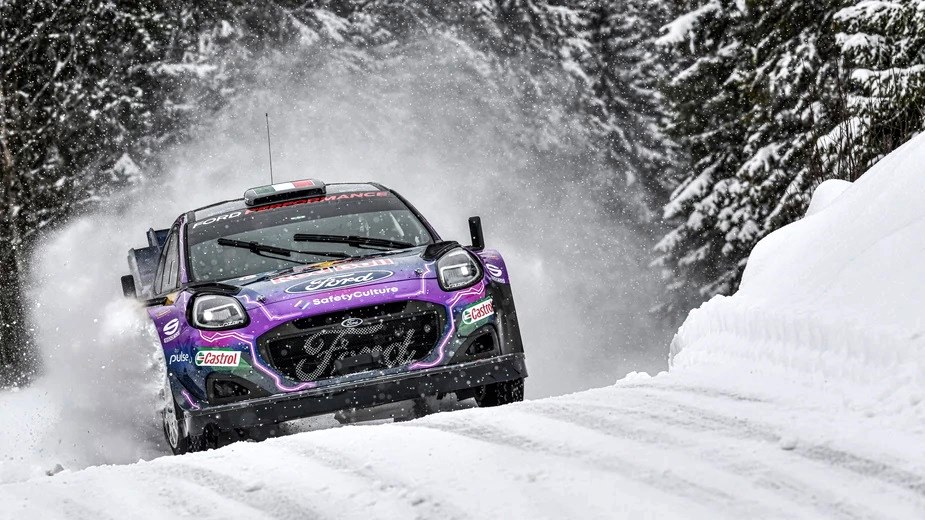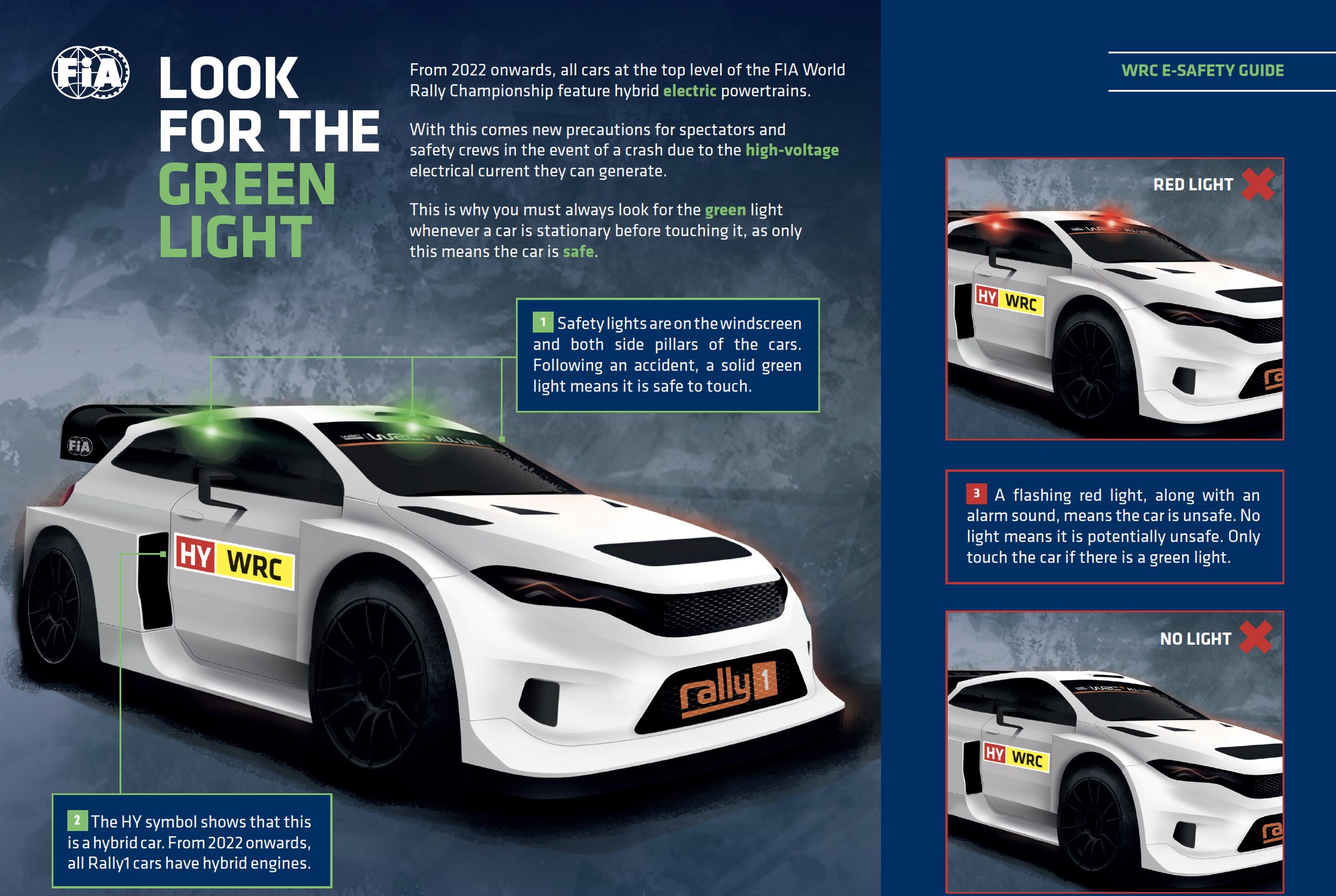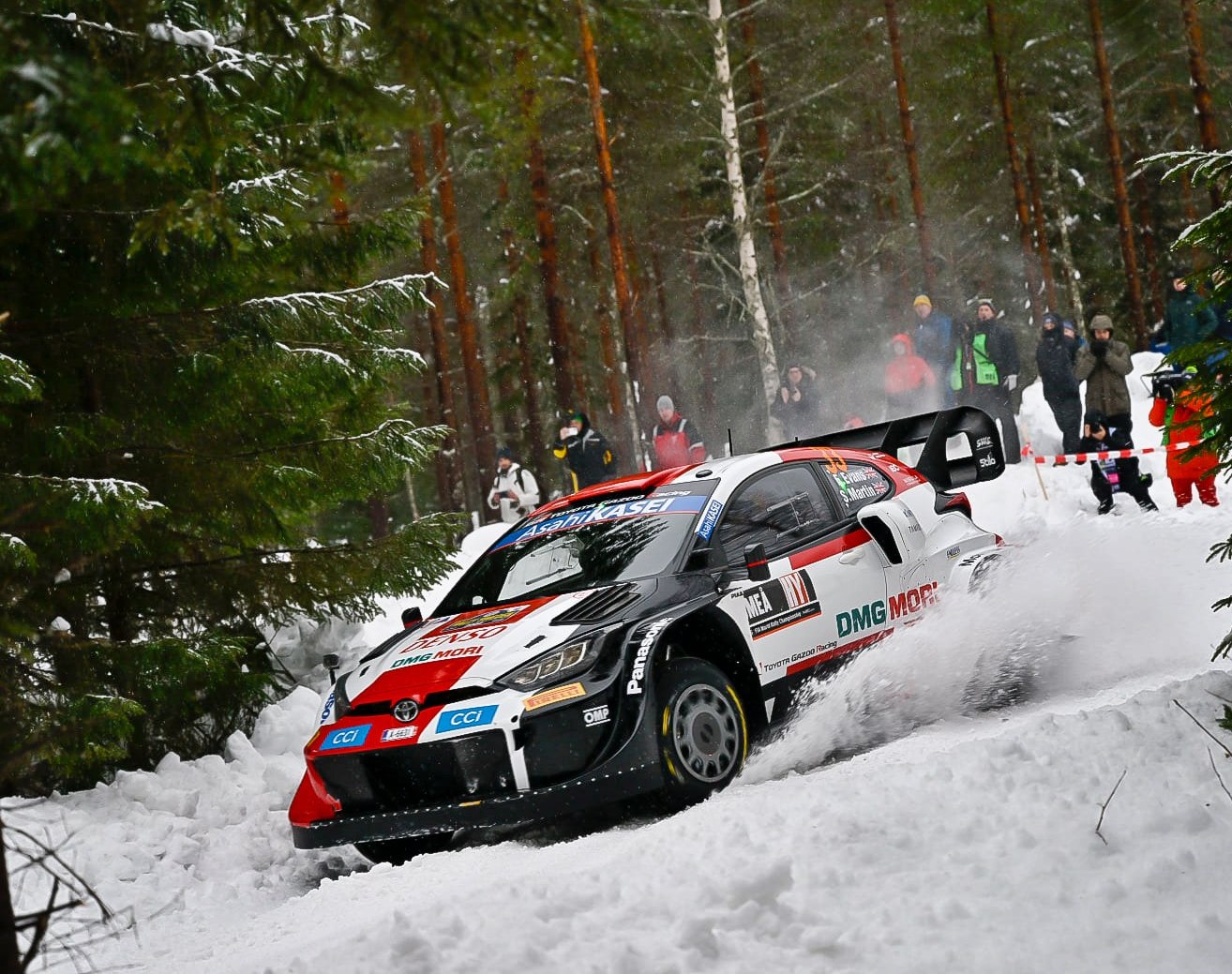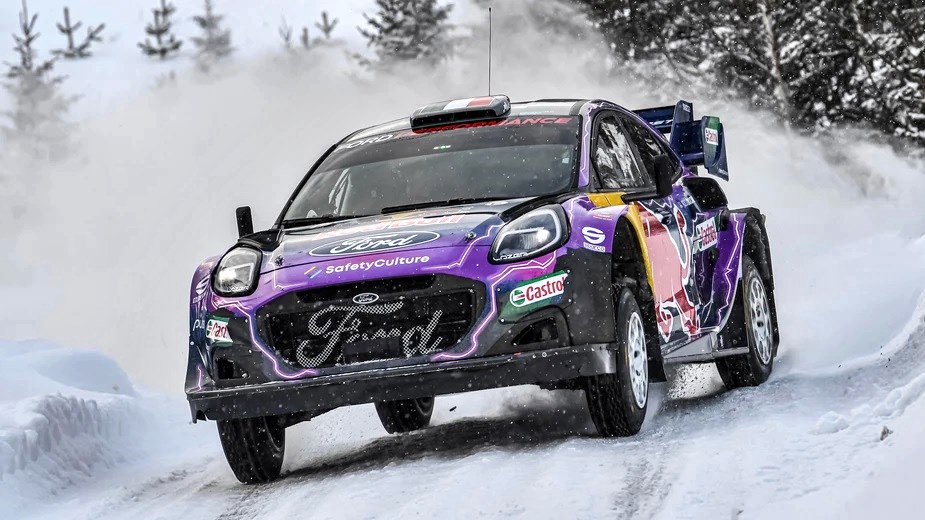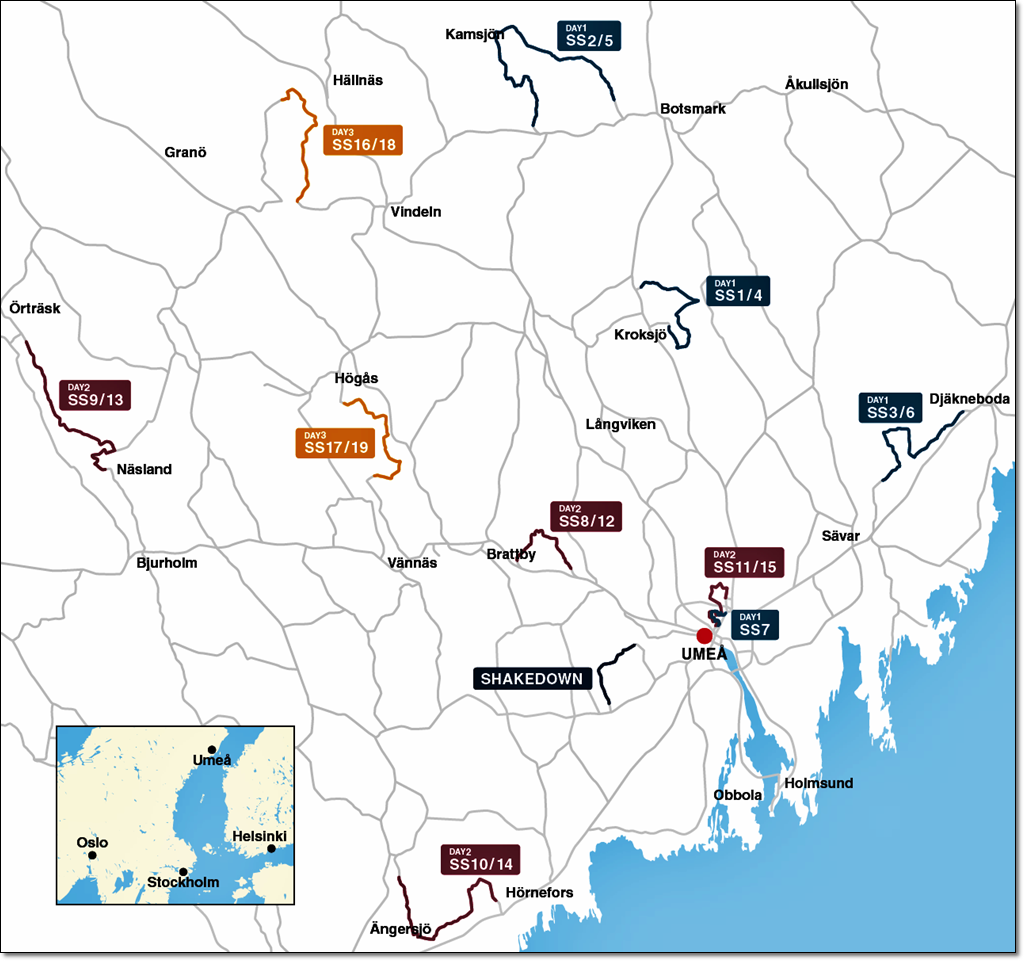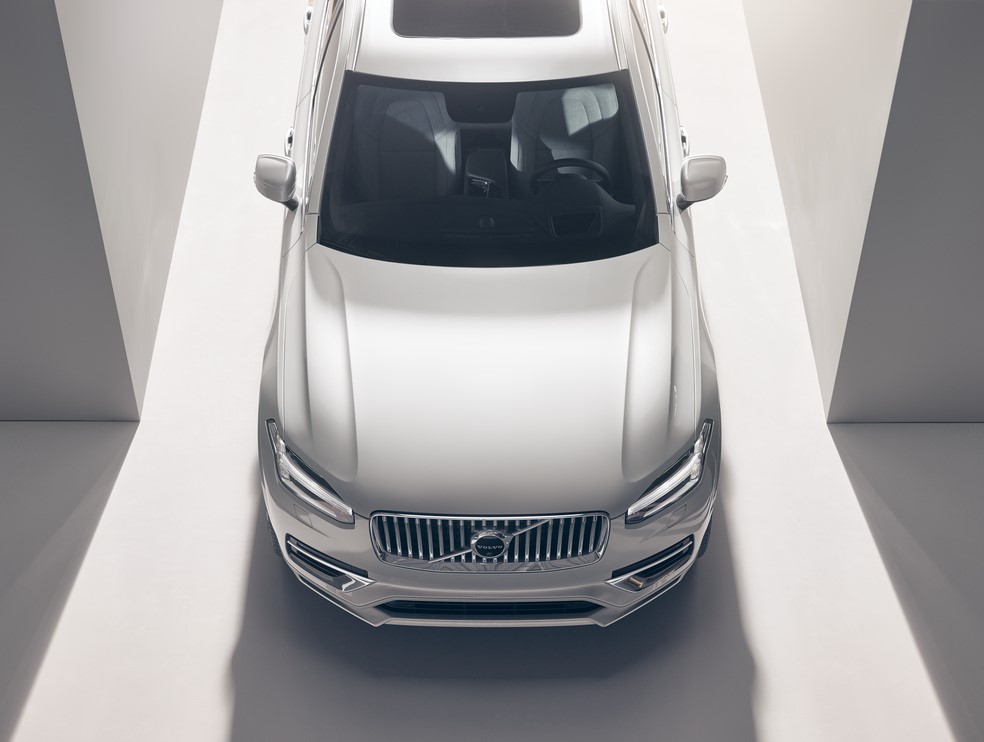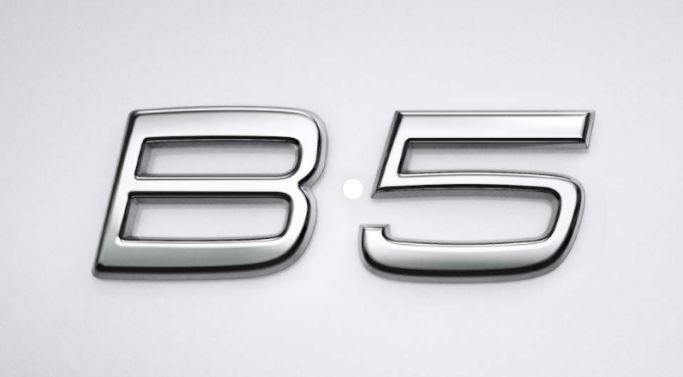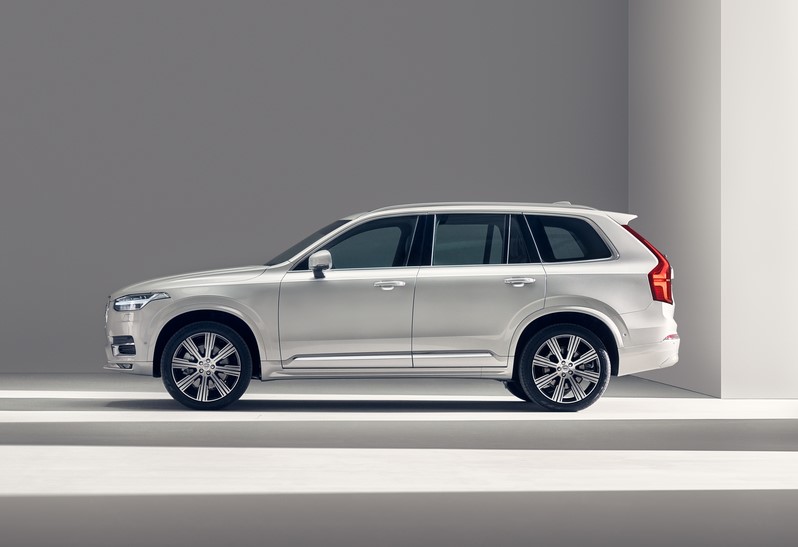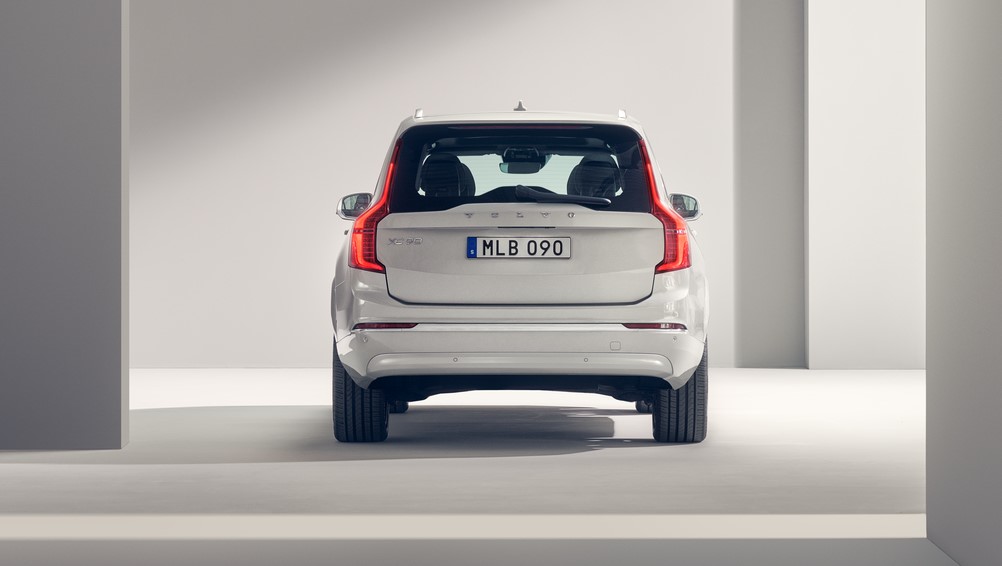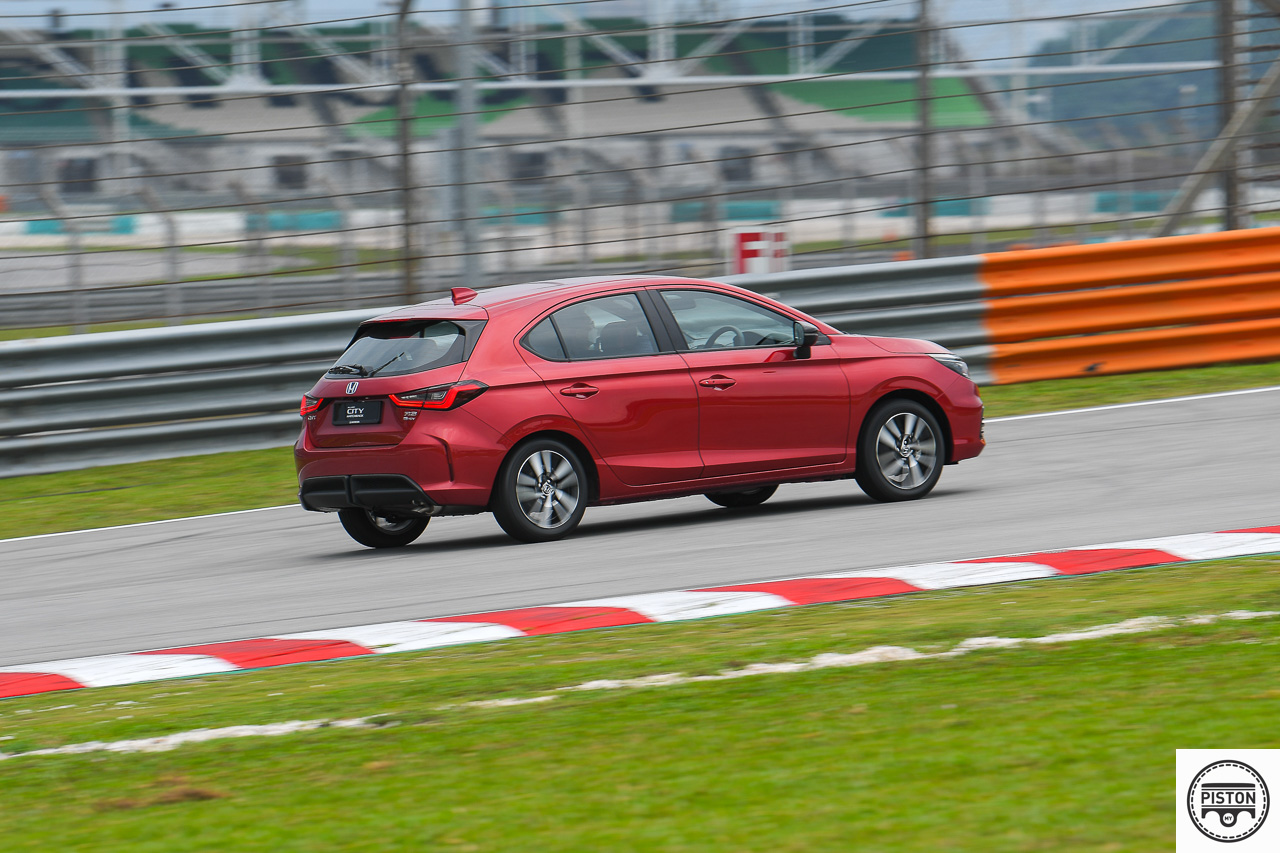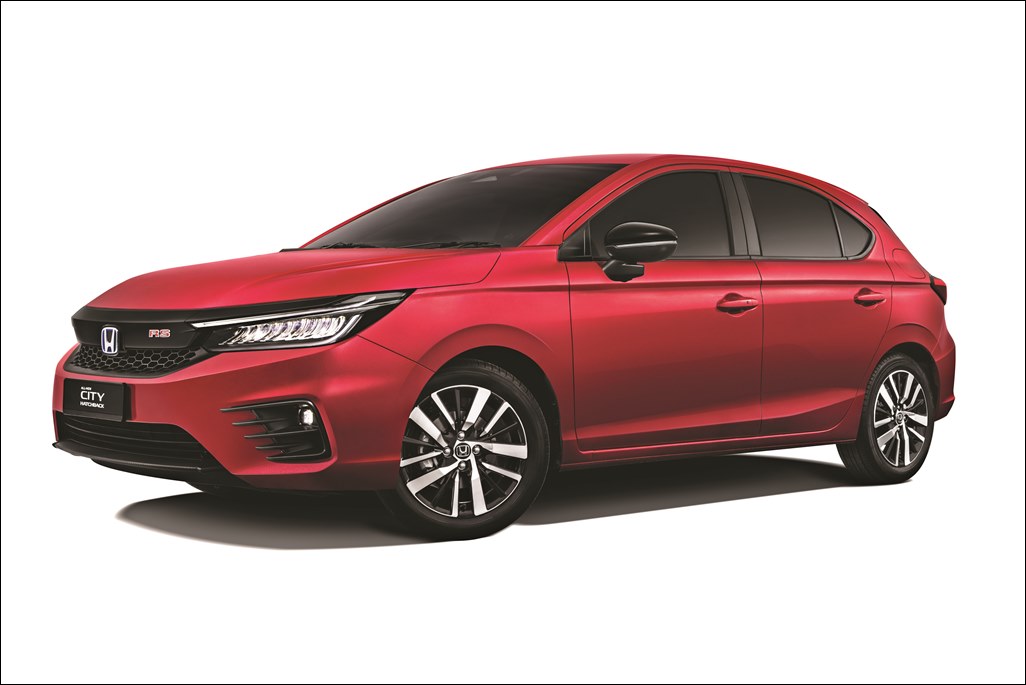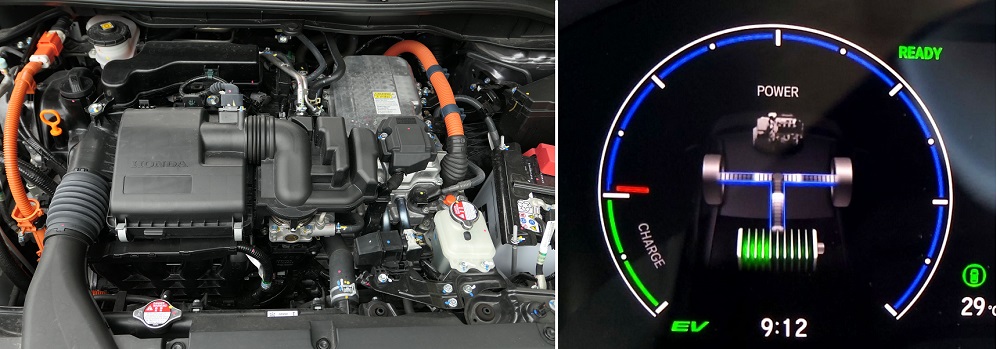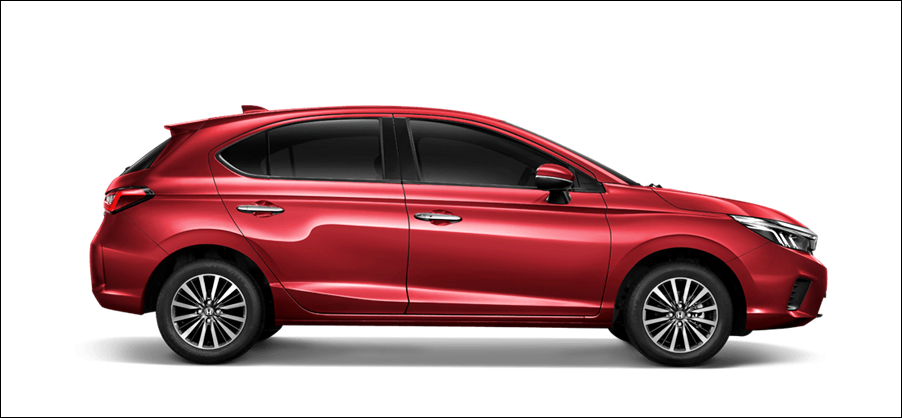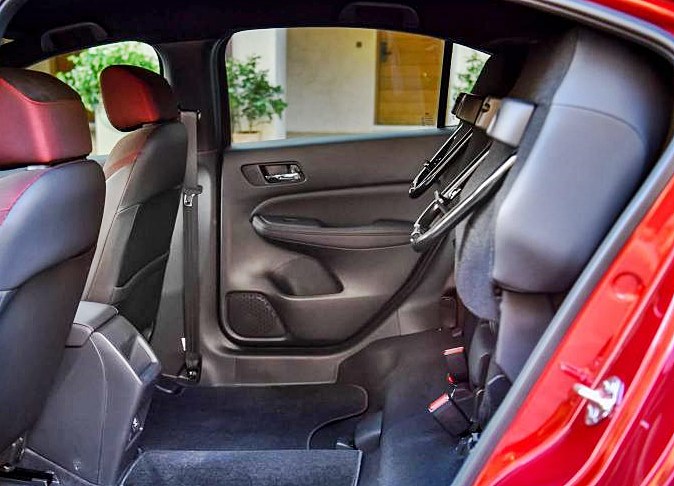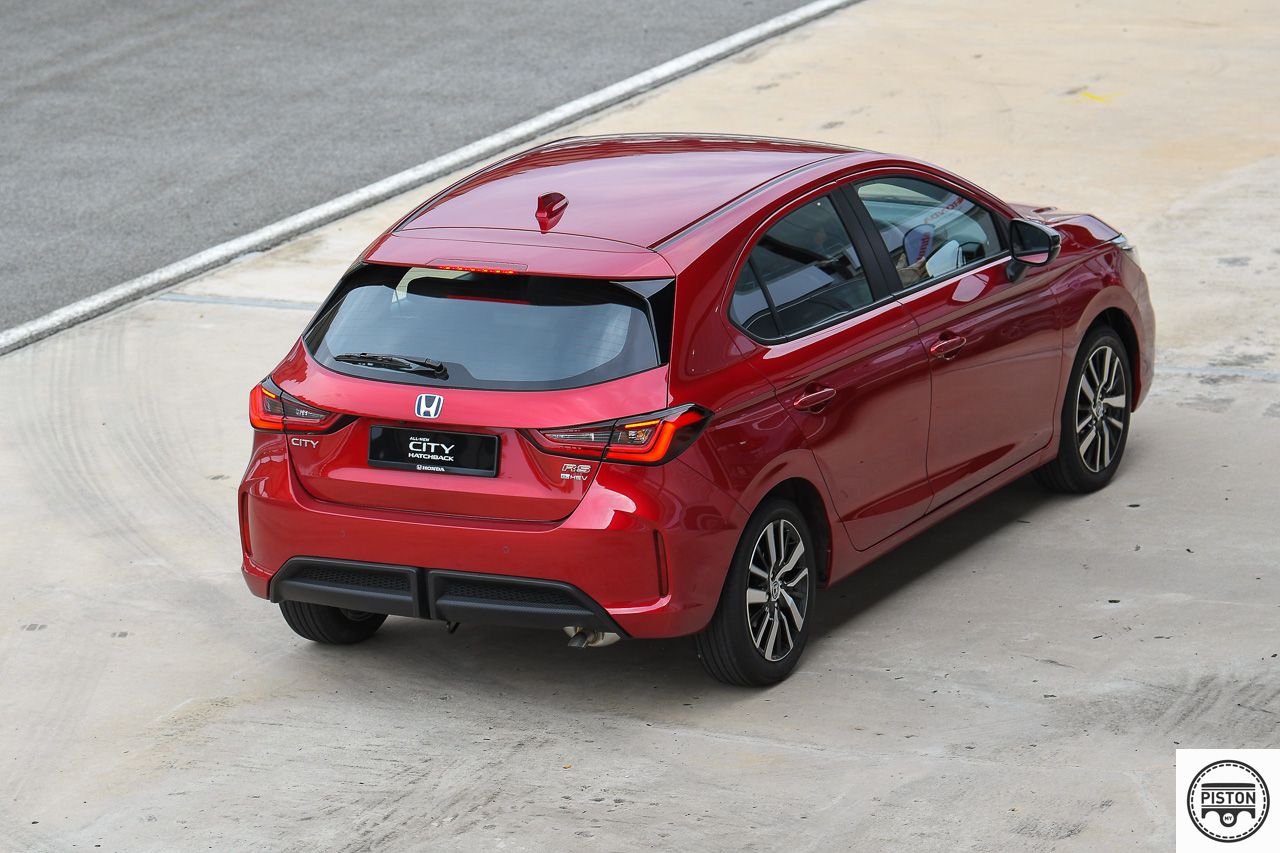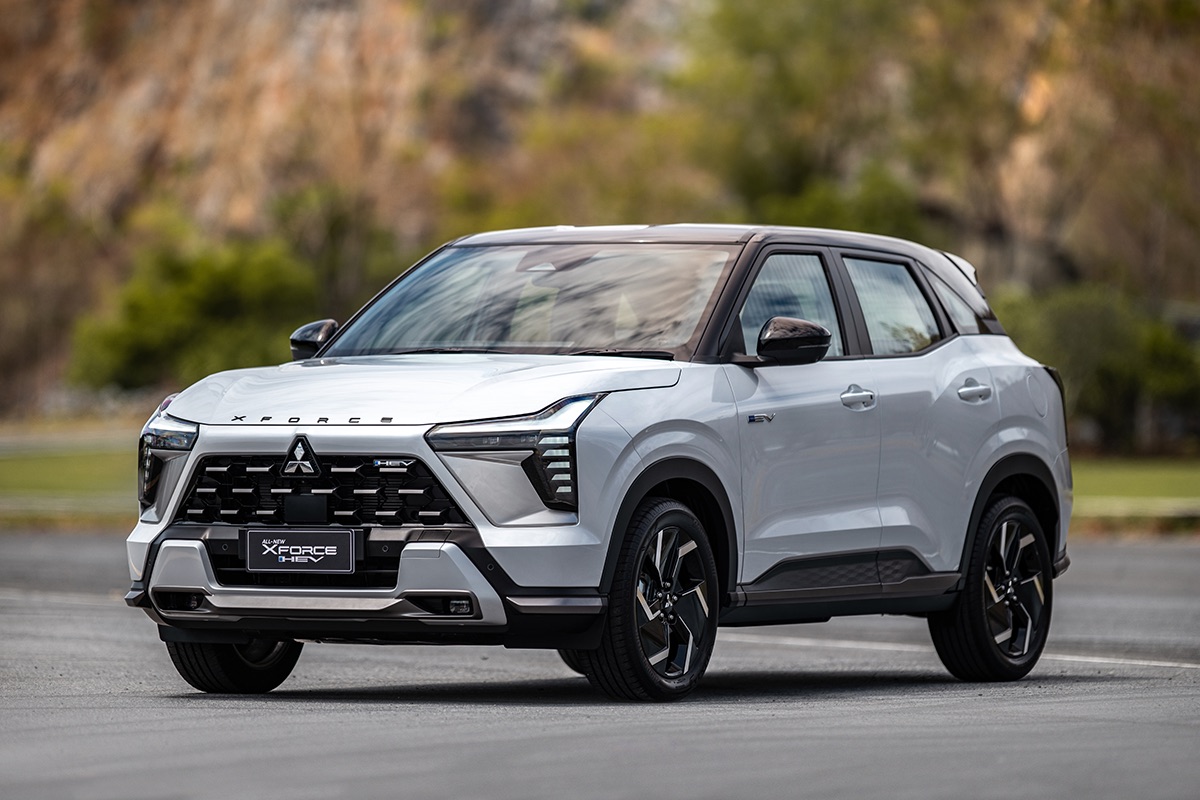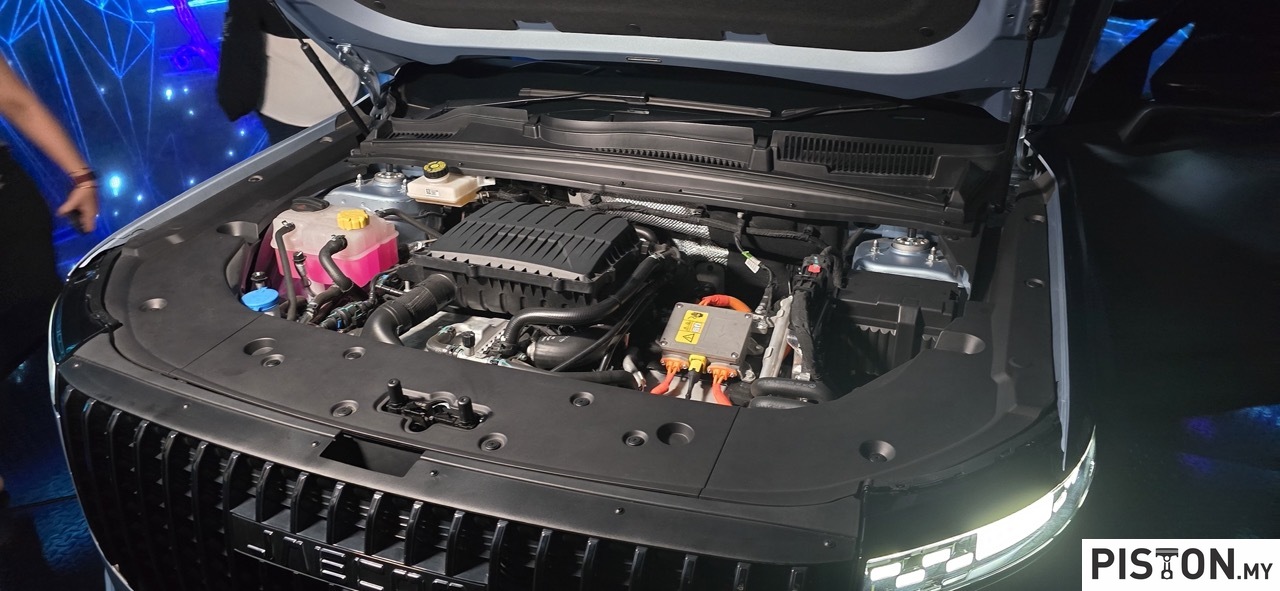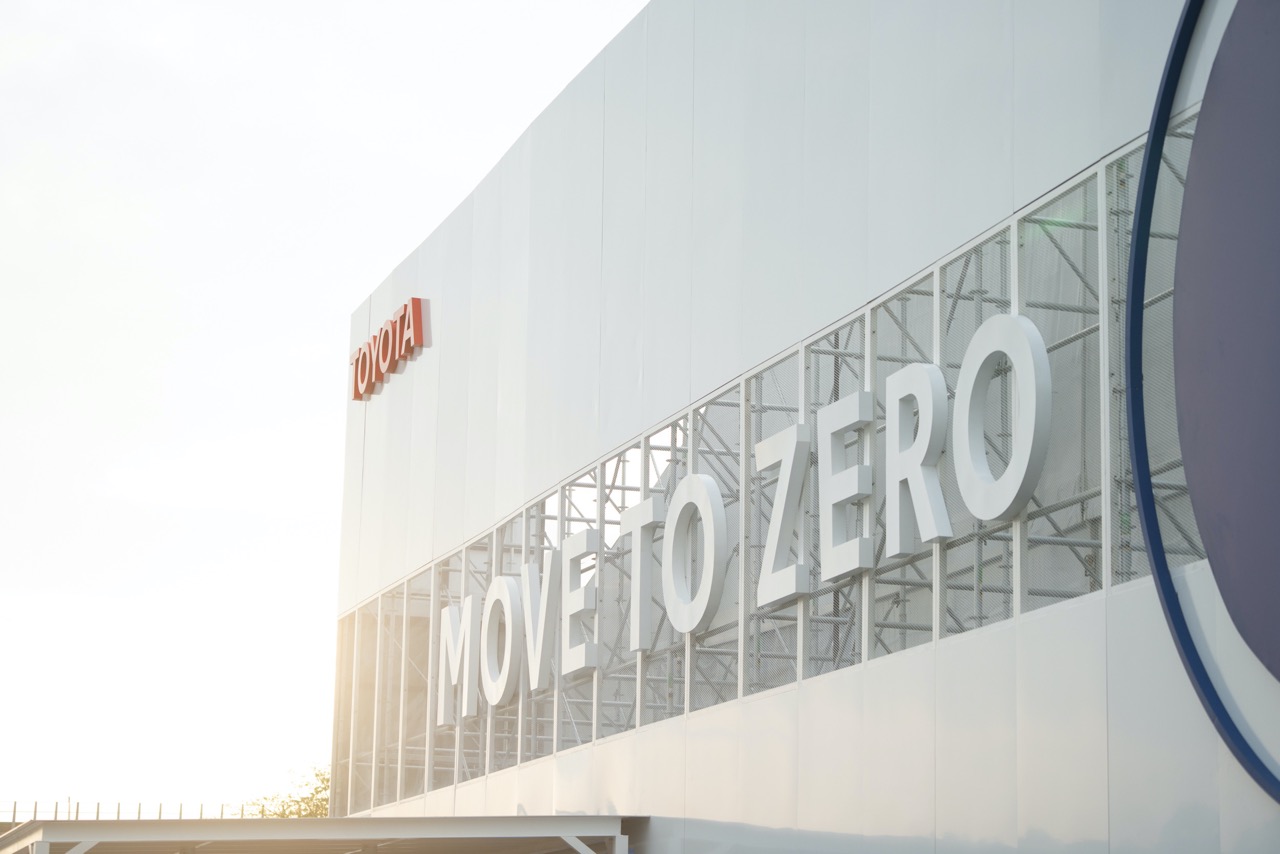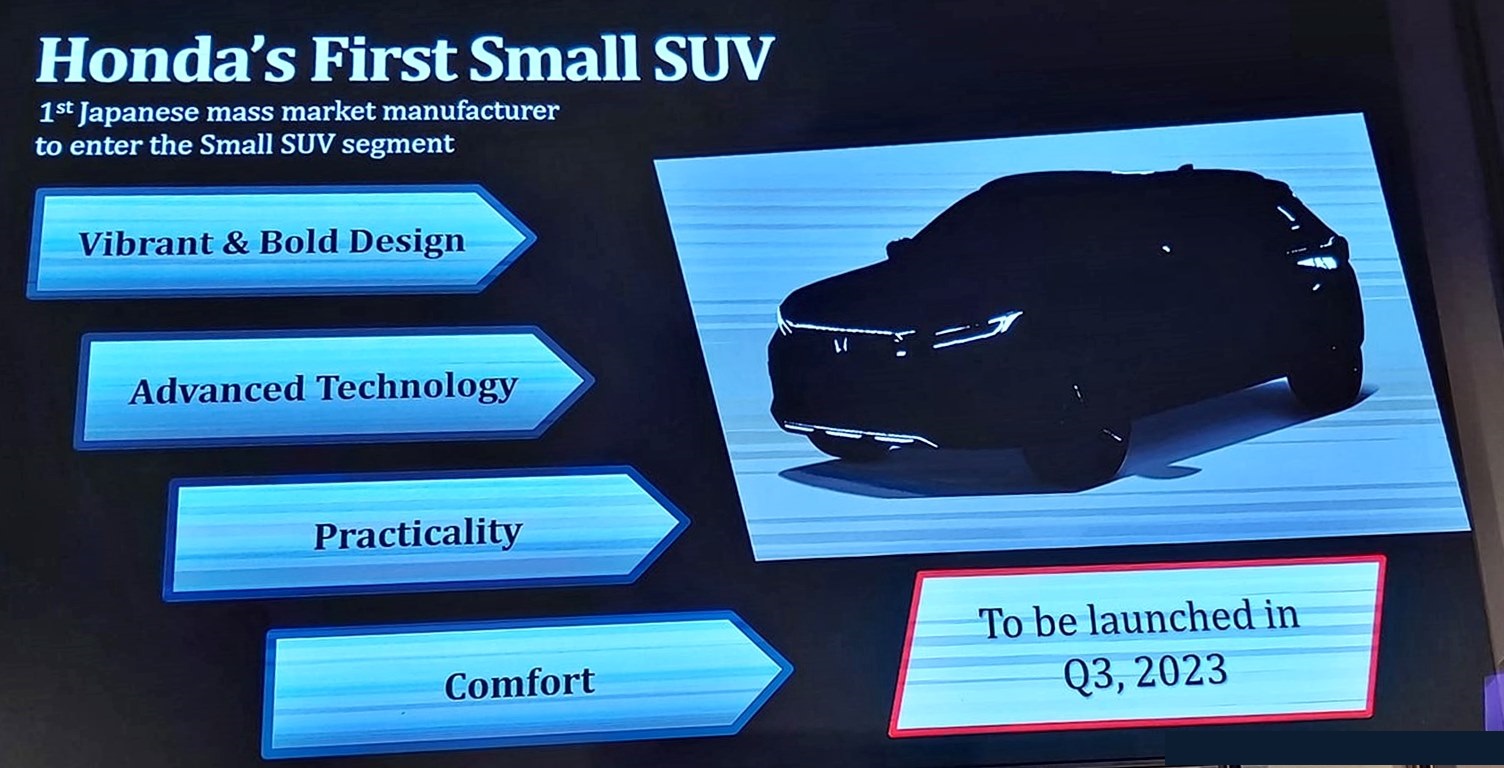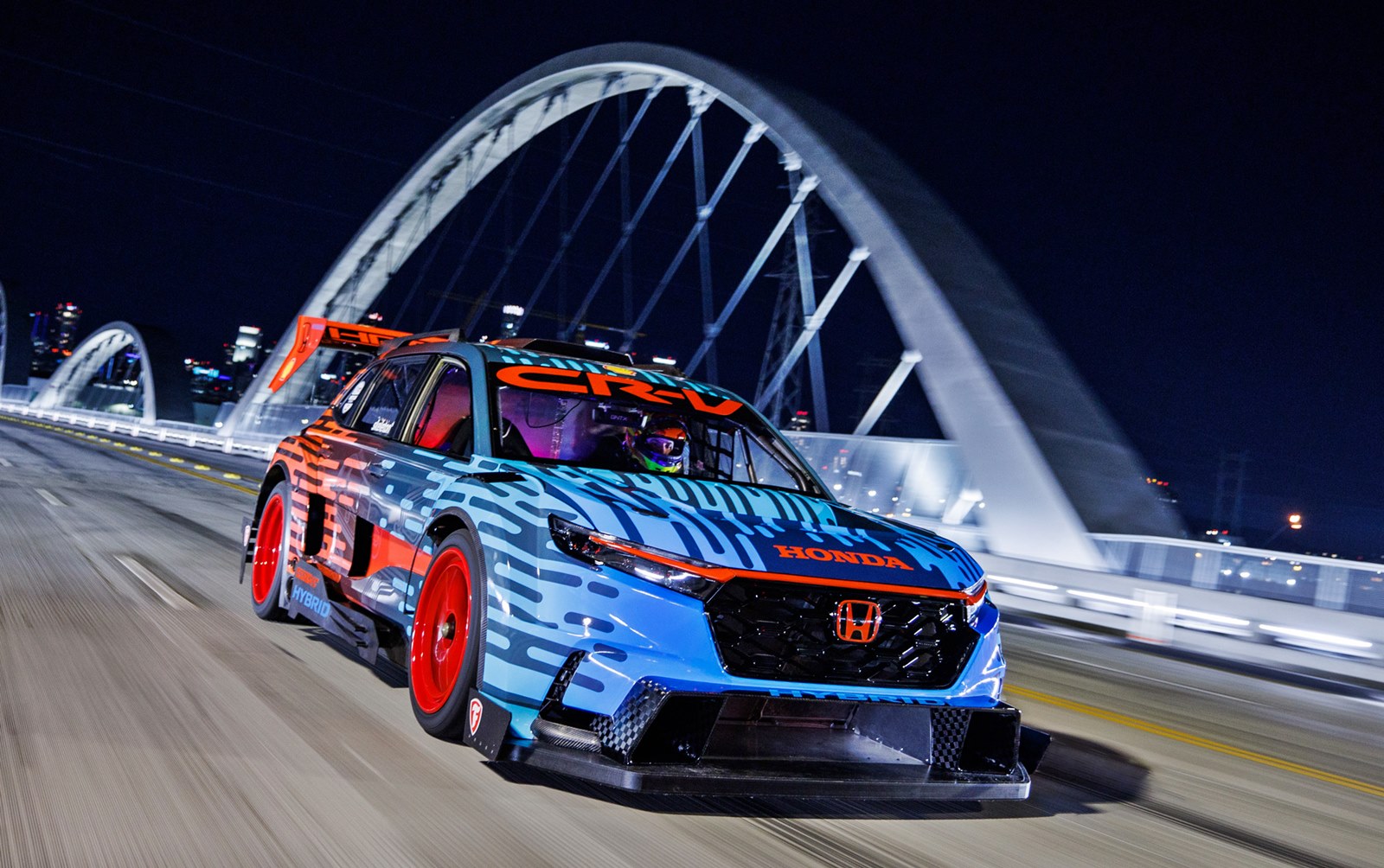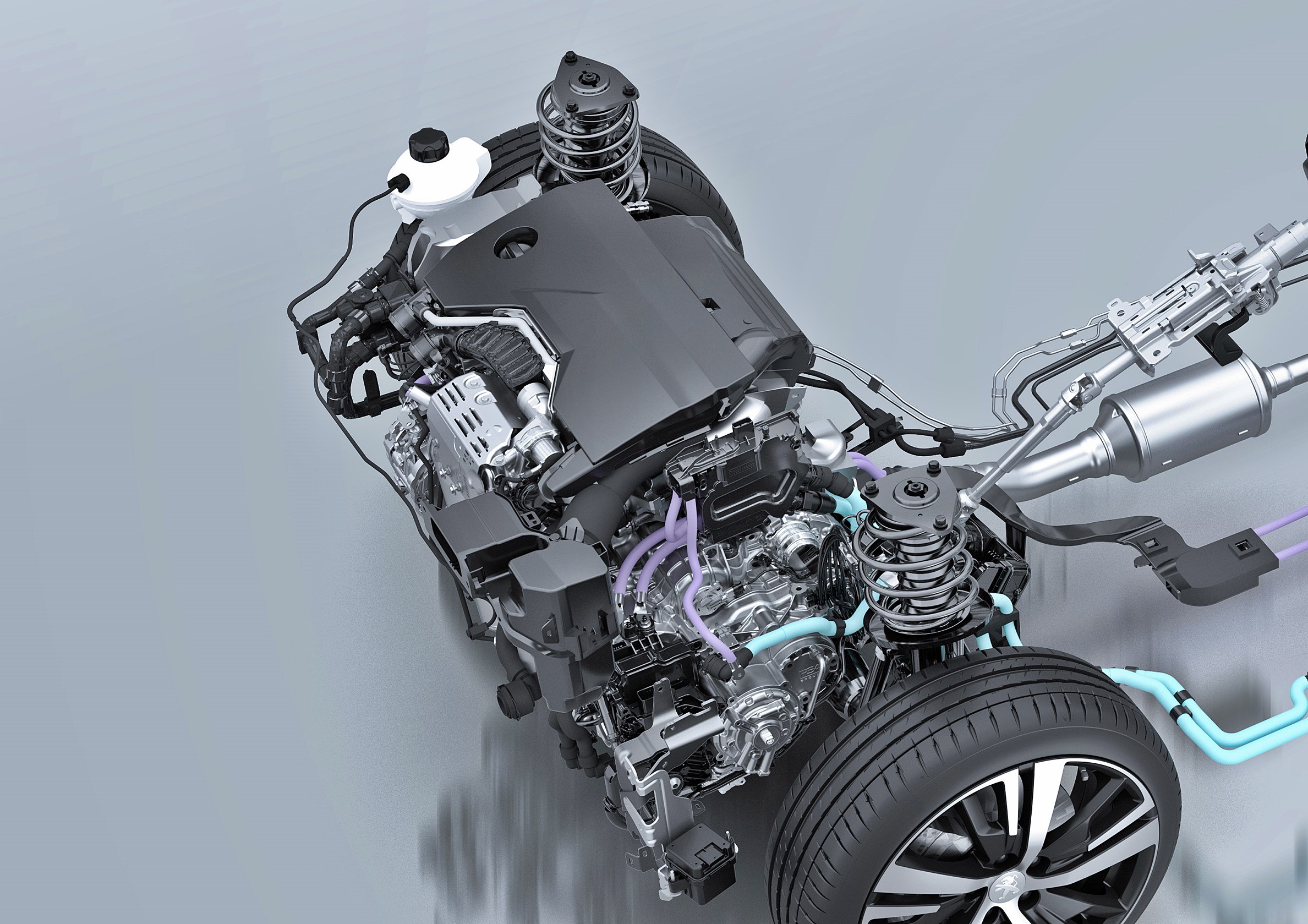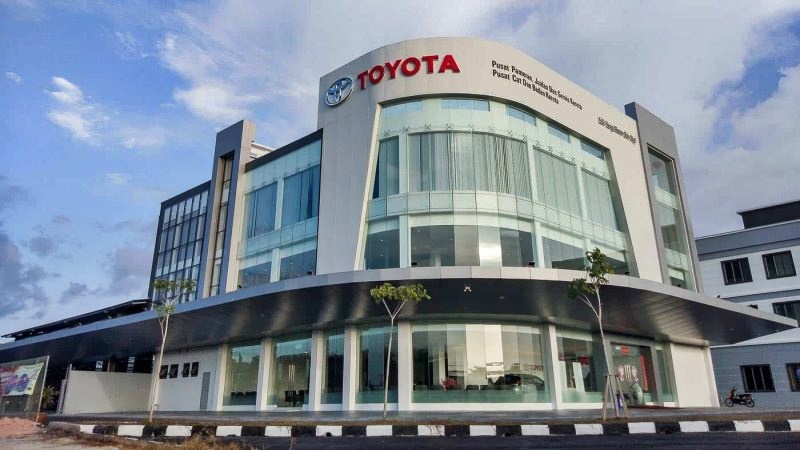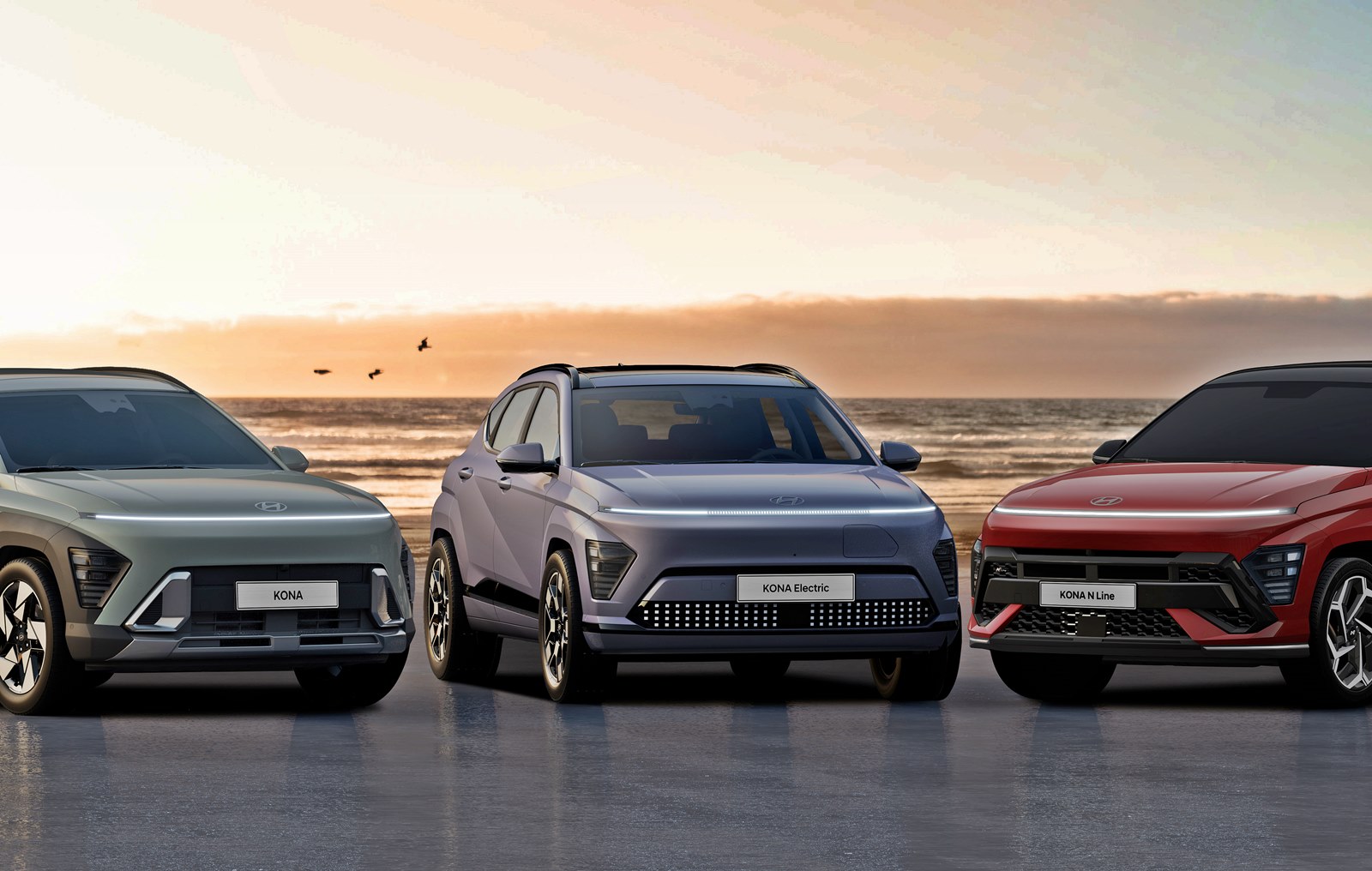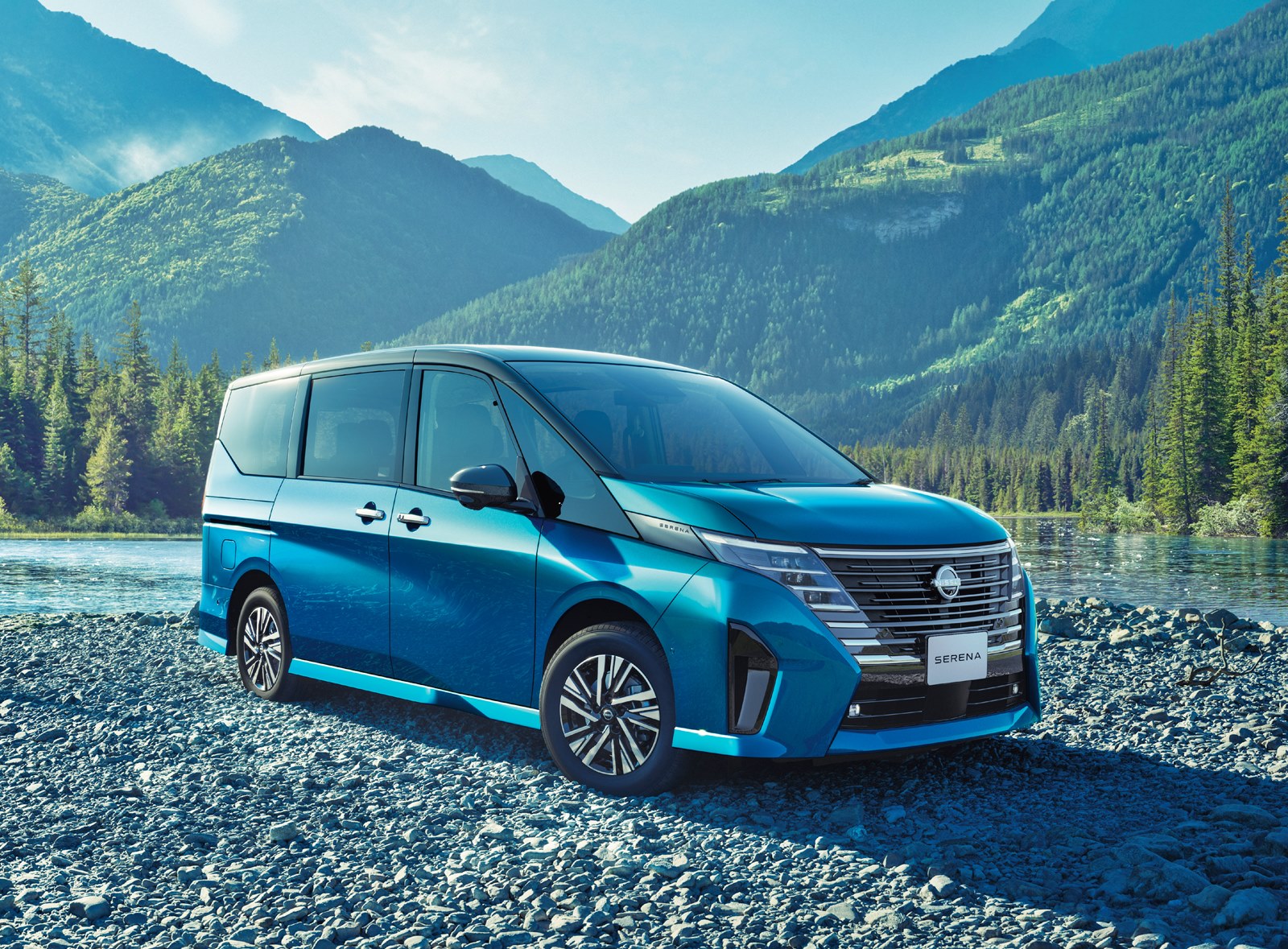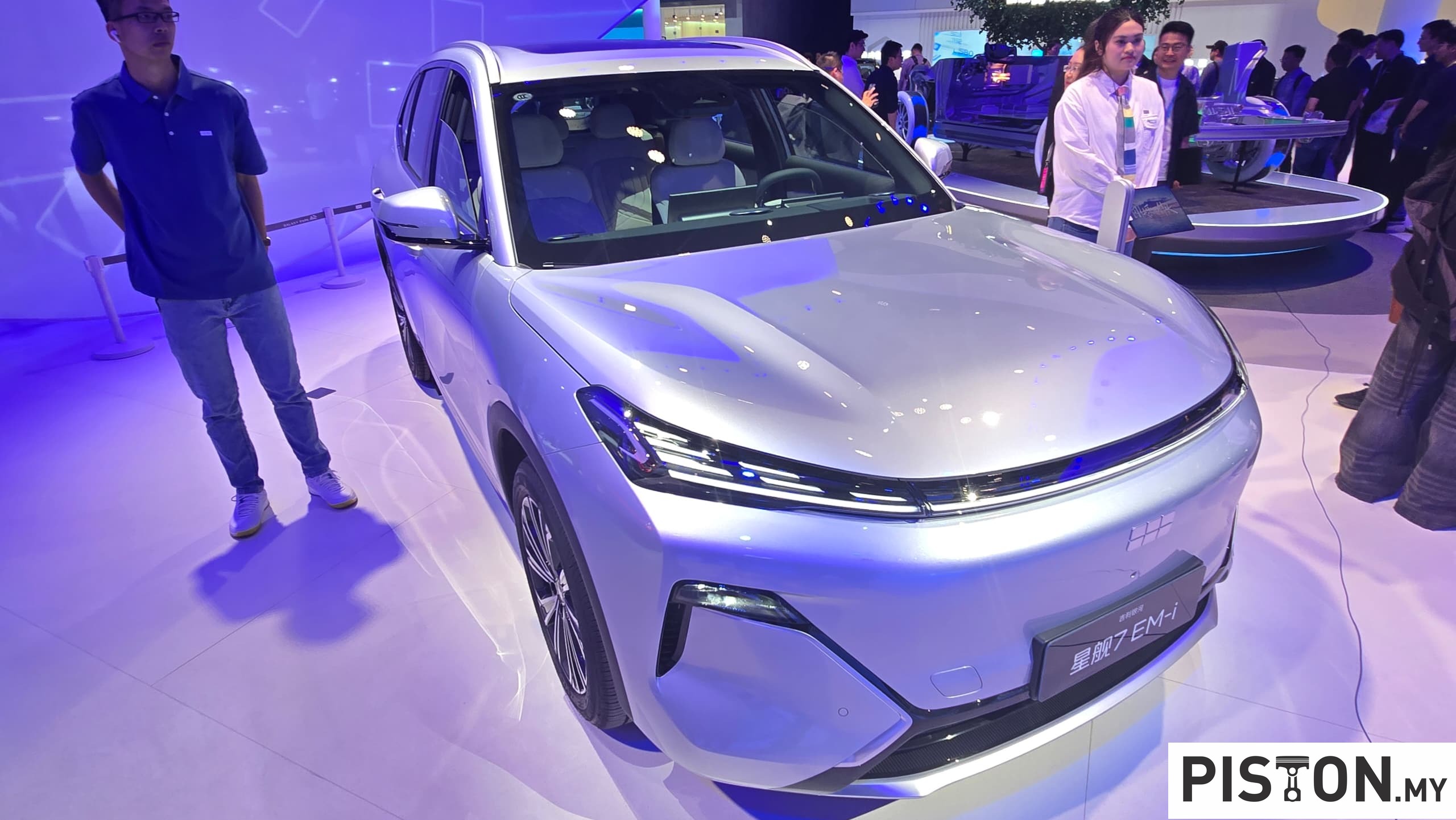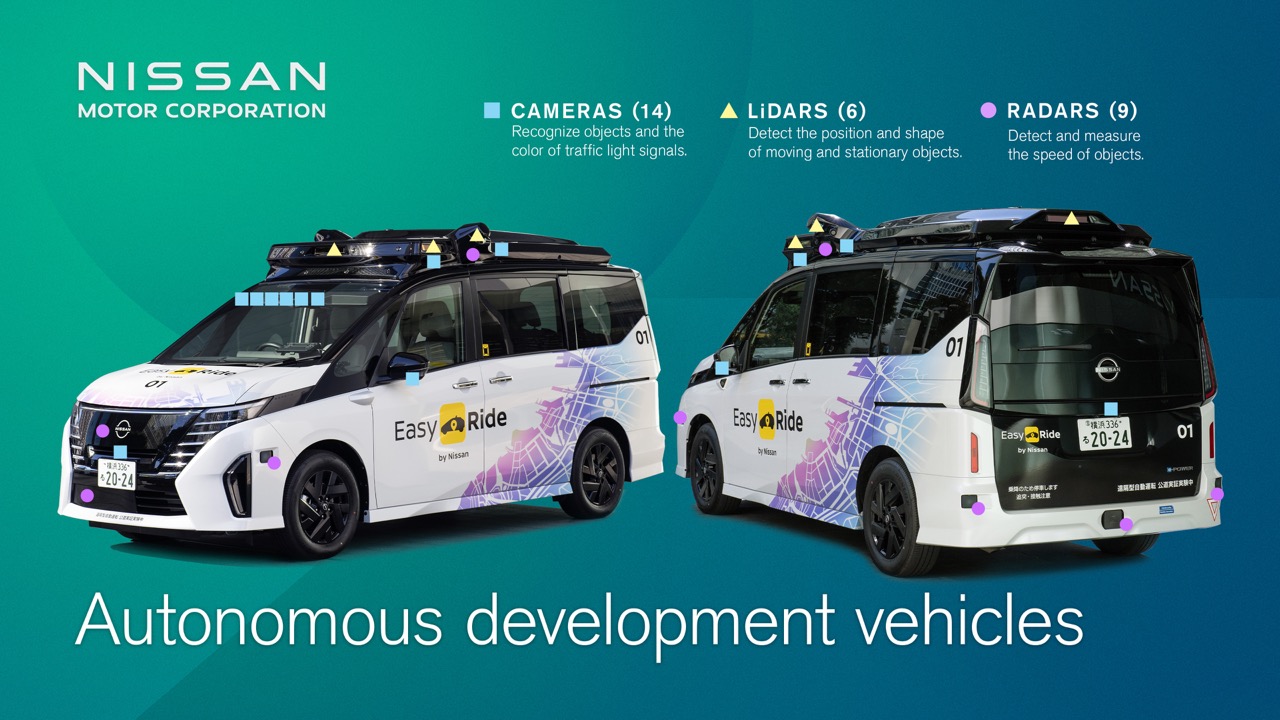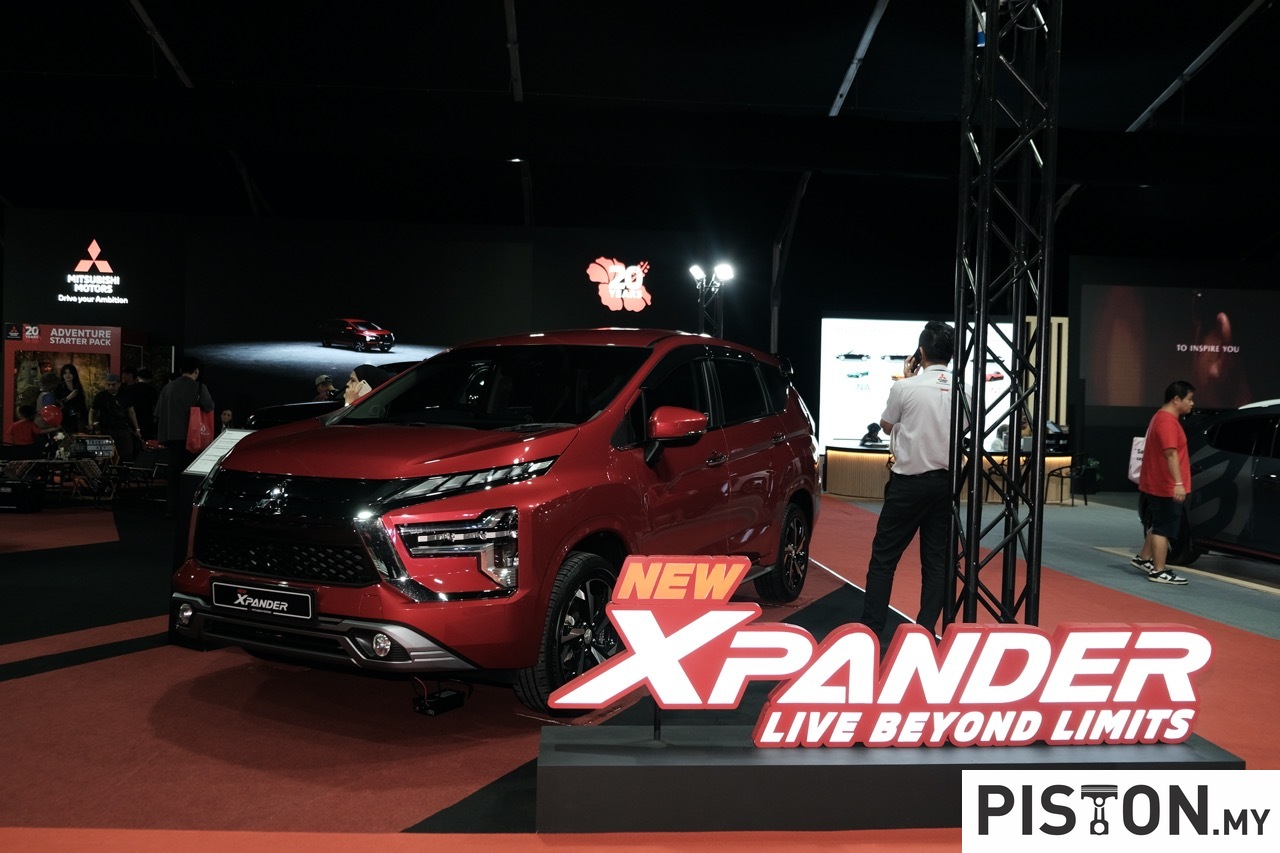Nissan started participating in the Safari Rally in 1963 and in 1966, a Bluebird entered by the team became the first Japanese car to win its class in the gruelling event. Other victories followed and by 1970, Nissan finally took top honours, winning all three prizes – overall (with a Datsun 1600 SSS), class and team. In 1971, a Datsun 240Z won to give the brand its second consecutive overall victory in the rally.

From concept sketch to one-off model
Paying tribute to the successes in the legendary rally half a century later is the Nissan JUKE Hybrid Rally Tribute. The special model has now moved to become a fully operational one-off vehicle following the overwhelmingly positive reaction to the original concept images. Its unveiling previews the European introduction of the JUKE Hybrid soon.
“The JUKE Hybrid Rally Tribute represents our optimism and daring mindset. We are currently preparing an exciting new chapter of JUKE history in advance of the introduction of the new JUKE Hybrid in the summer. It will offer the excitement and agility customers would expect of our iconic crossover, with both improved performance and efficiency. The JUKE Hybrid Rally Tribute takes its playful character to a new level. “Speaking about the decision to bring the JUKE Hybrid Rally Tribute to life,” said Coralie Musy, Vice-President, Brand and Customer Experience of Nissan’s AMIEO region.
Advanced hybrid powertrain
The JUKE Hybrid powertrain consists of a new generation Nissan internal combustion engine specifically developed for working in a hybrid powertrain application. It produces 69 kW (94 ps) and 148 Nm of torque.
The main electric motor produces 36 kW (49 ps) with 205 Nm of torque, while there is a 15 kW contribution from a high voltage starter/generator, all of which is fed by a 1.2 kWh water-cooled battery. The net result is a powertrain providing 25% more power than the current petrol engine option, with a claimed fuel consumption reduction of approximately 40% in the urban cycle.
Smart automatic gearbox
Also carried over from the production version of the JUKE is an advanced low friction multi-modal gearbox that provides optimal use of the propulsive power, whether electric, petrol engine, or both. To reduce friction, this motorsport-inspired gearbox uses dog clutches instead of conventional synchroniser rings to shift the 4 ICE (internal combustion engine) gears and 2 EV (electric vehicle) gears.
Additionally, to reduce friction, this gearbox does not use a clutch. All vehicle starts are 100% electric, and the 2 EV motors are used in combination to synchronise the gears, delivering smooth, connected and responsive acceleration.
The gearbox is controlled by an advanced algorithm, managing the shift points, battery regeneration, as well as the advanced series-parallel architecture. The powertrain can seamlessly navigate through different hybridisation combinations (series, parallel, series-parallel) according to acceleration and power requirements and without any driver input.
Rally-inspired modifications
Like the Gripz concept car that was displayed at the 2015 Frankfurt Motorshow, the JUKE Hybrid Rally Tribute takes its design cues from the iconic 240Z that competed so successfully in the desert rally over 50 years ago.
The most obvious modification are the enlarged wheelarches to accommodate the tailor-made off-road tyres, while the additional lights mounted on the bonnet and roof echo those of the 1970s era.
Similarly, the black of the bonnet and enlarged black wheels are a visual homage to the 1971 rallycar. To further provide period accuracy are vintage sponsor logos and the number 11, while the additional reinforced plates under the front and rear valances offer protection to the vehicle’s underside. Reinforced and long-travel suspension has been fitted all-round, while the tyres are 265/70 R16.
Inside, the cabin has been modified with the fitment of a tubular cage to stiffen the bodyshell and to offer protection in the case of an incident at speed in the challenging desert environment. The rear seats have been removed to provide space for spare wheels and 4-point harnesses have been added to secure the driver and navigator safely in their racing seats.
Other modifications to the interior include the fitment of a competition fire extinguisher, an intercom system with a pair of headphones (though the JUKE Hybrid Rally Tribute would be much quieter than the rallycar), the fitment of Alcantara trim on the steering wheel, and a hydraulic handbrake with a high-reach handle.
As part of the Juke Hybrid Rally Tribute project and in line with exploring rallying while being as eco-conscious as possible, the powertrain uses liquids and biofuels provided by Shell, Nissan’s partner for the 1971 East African Rally.




